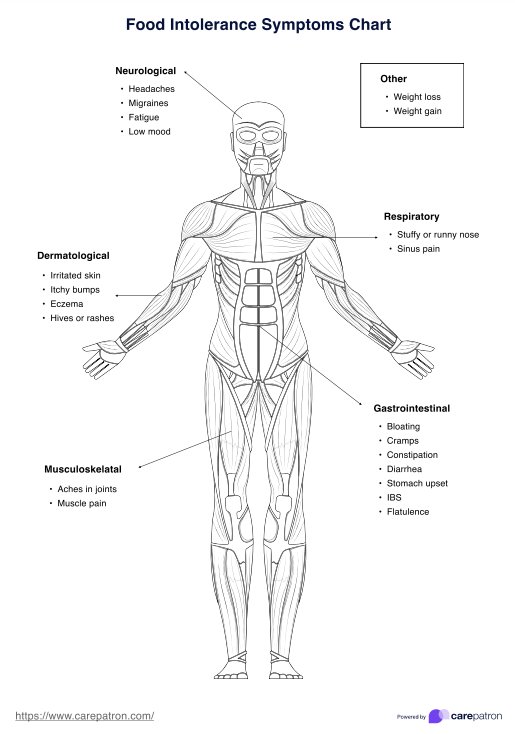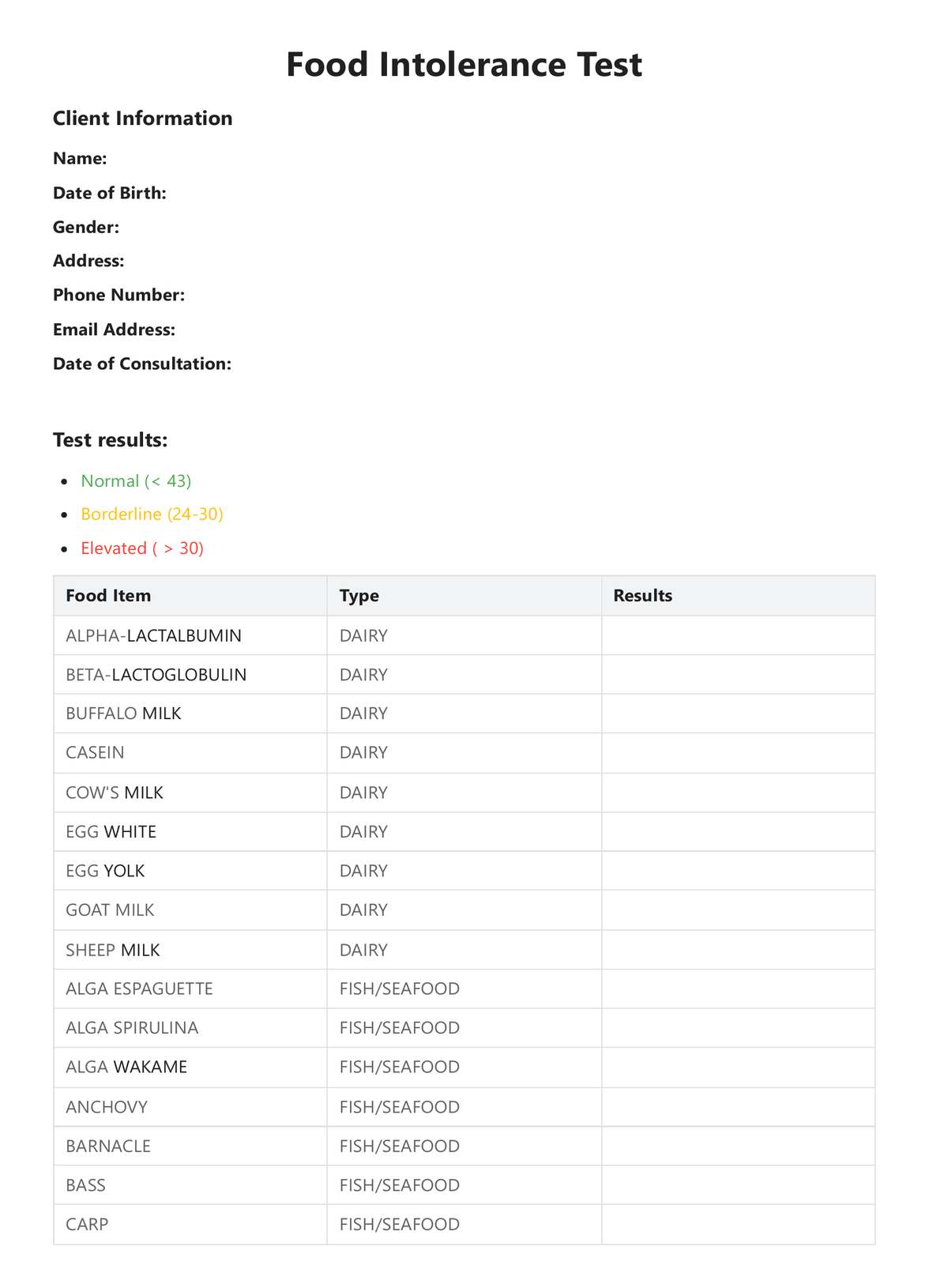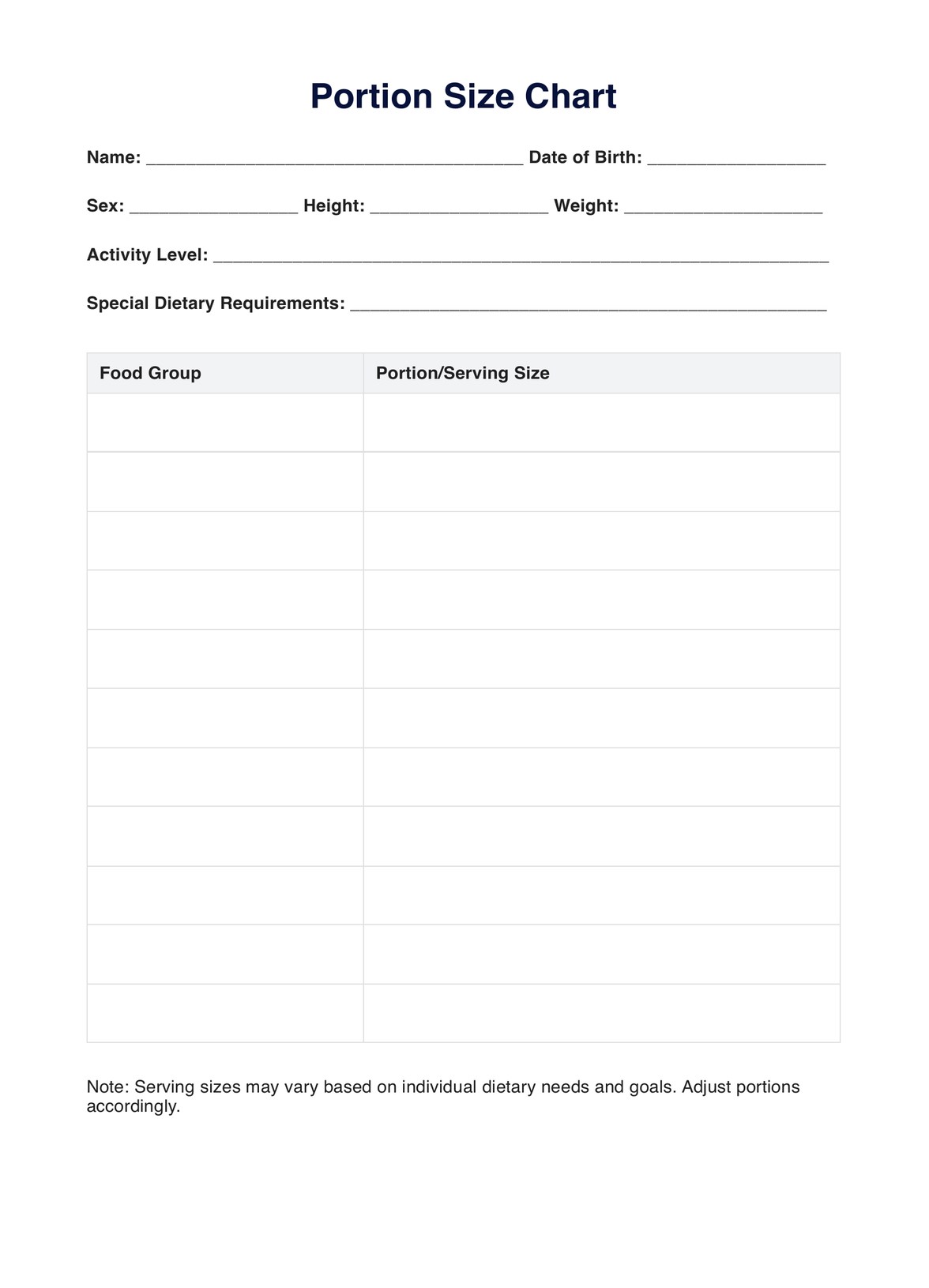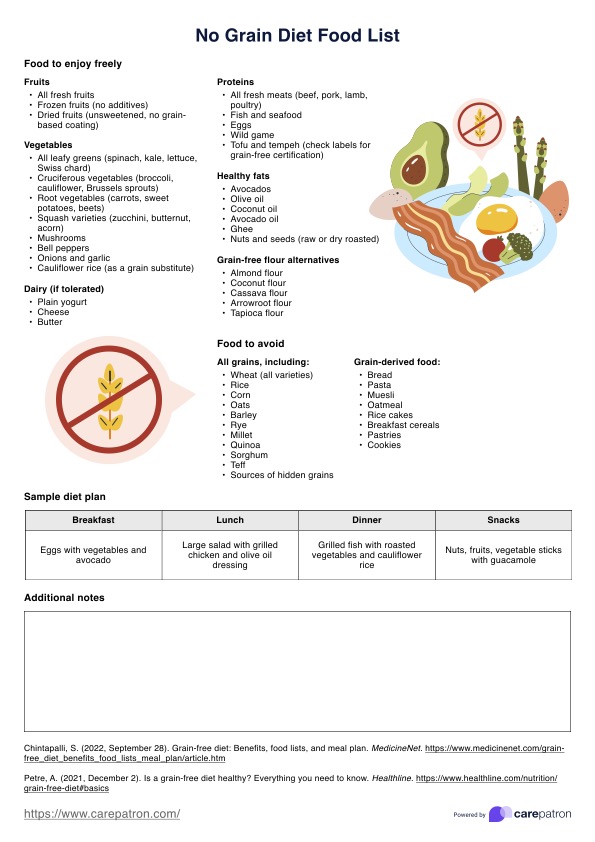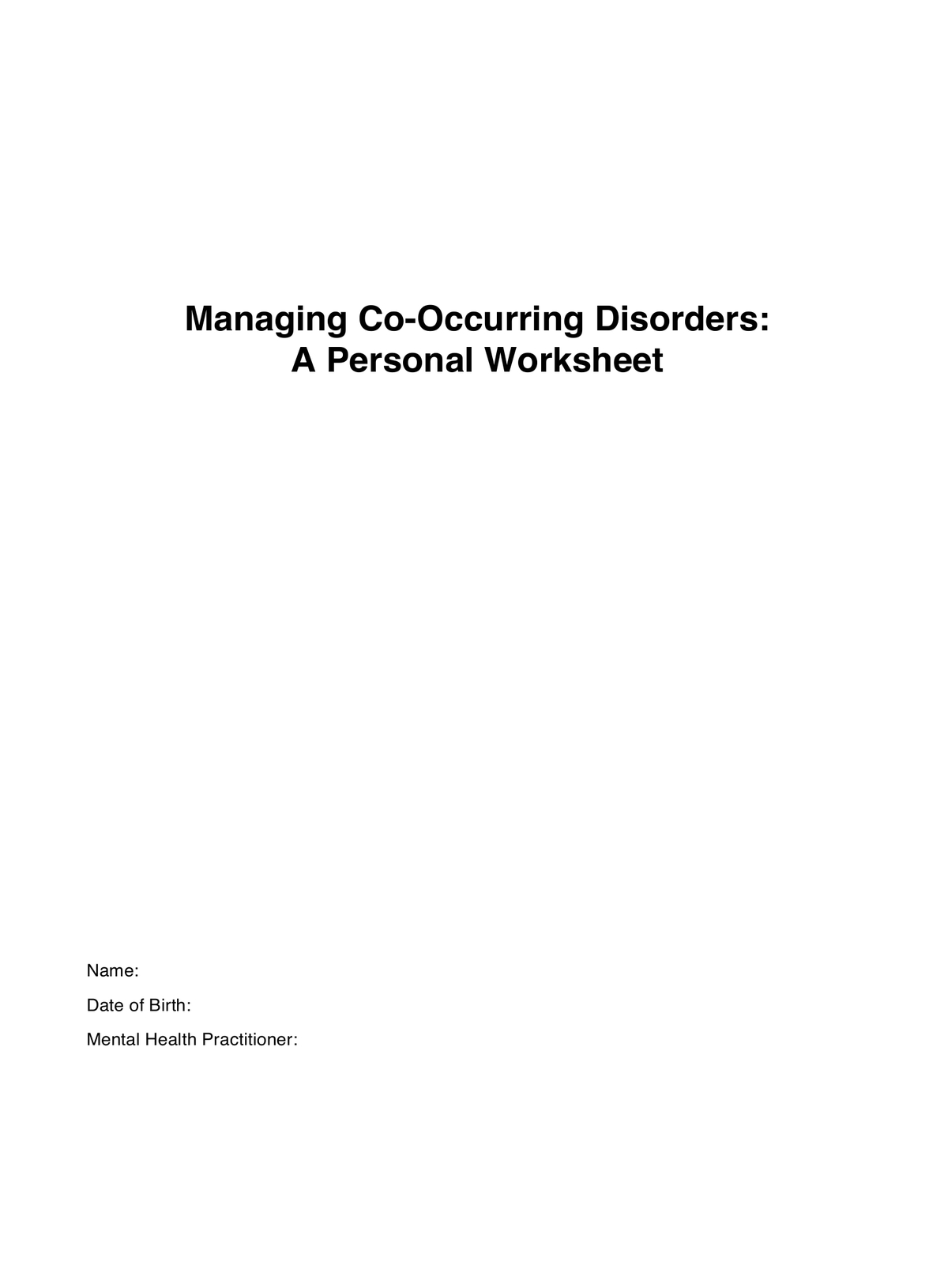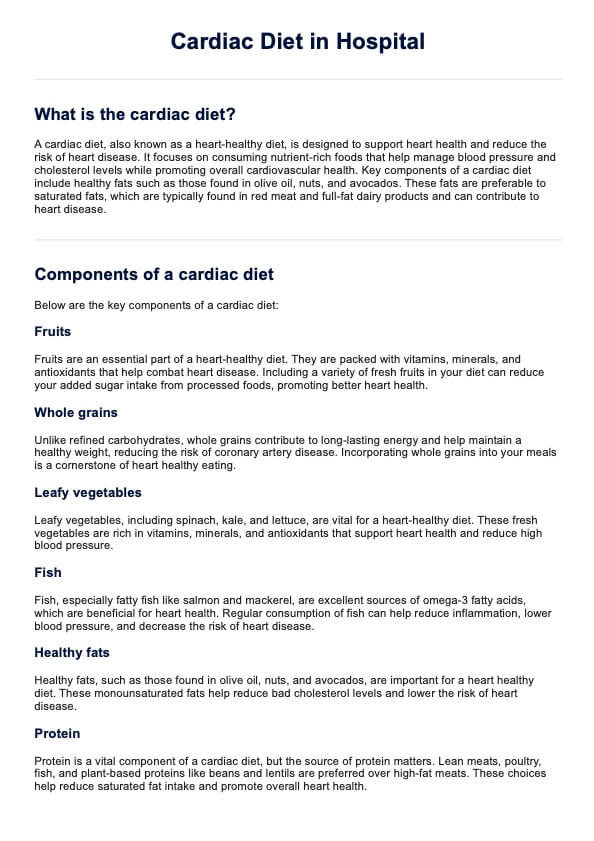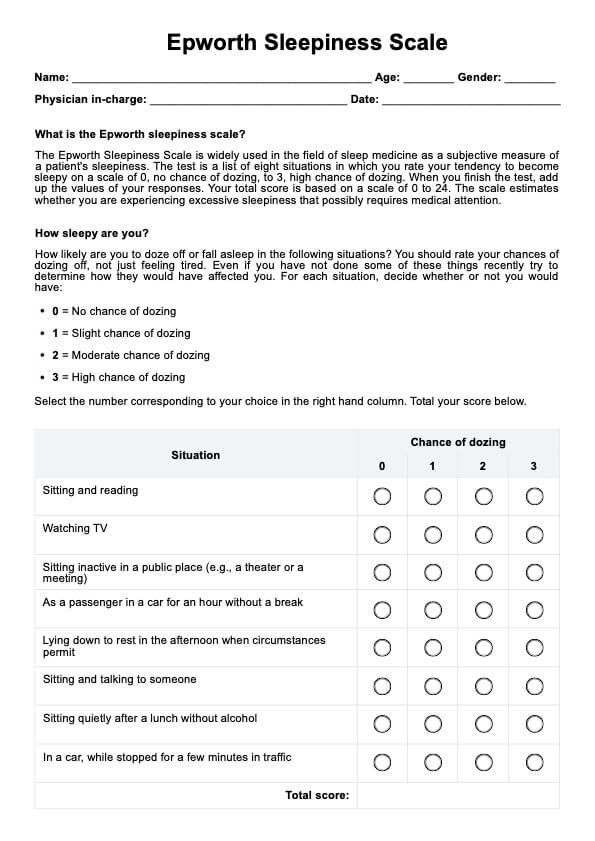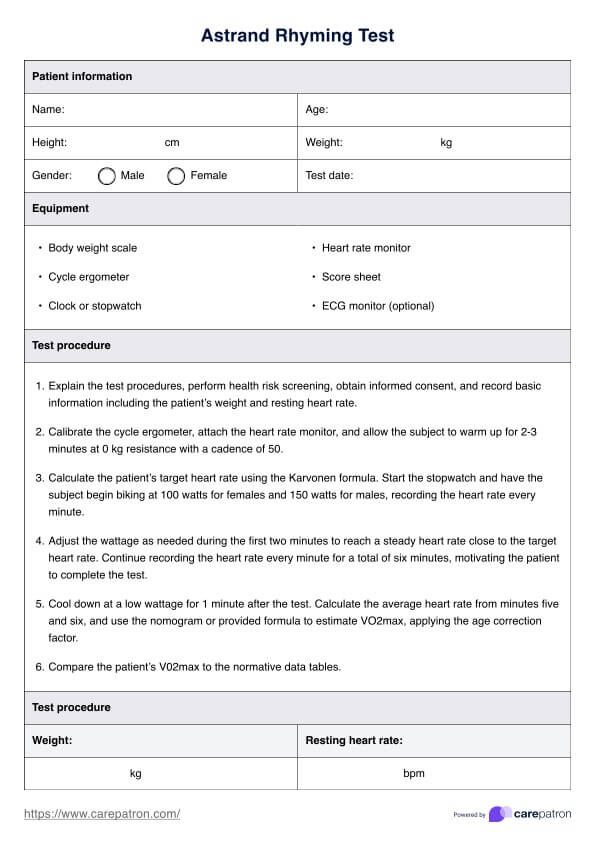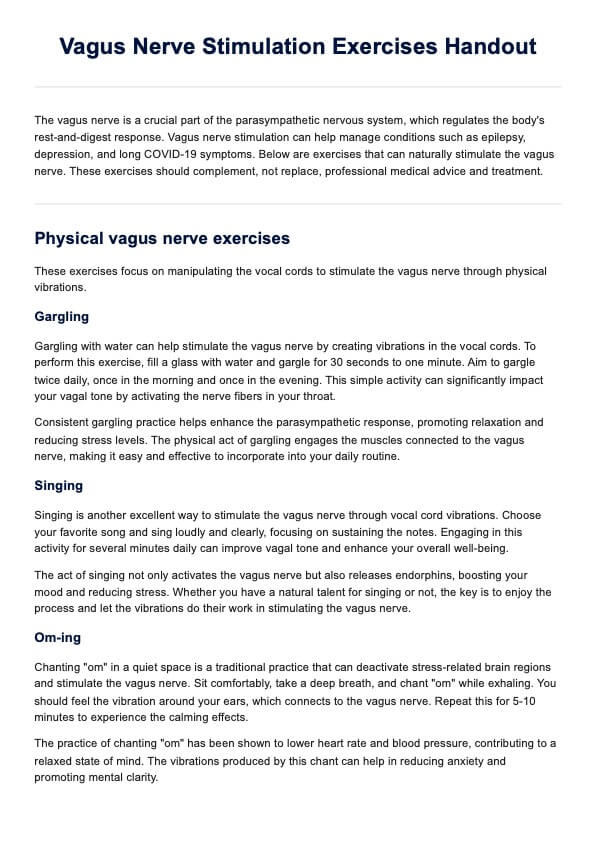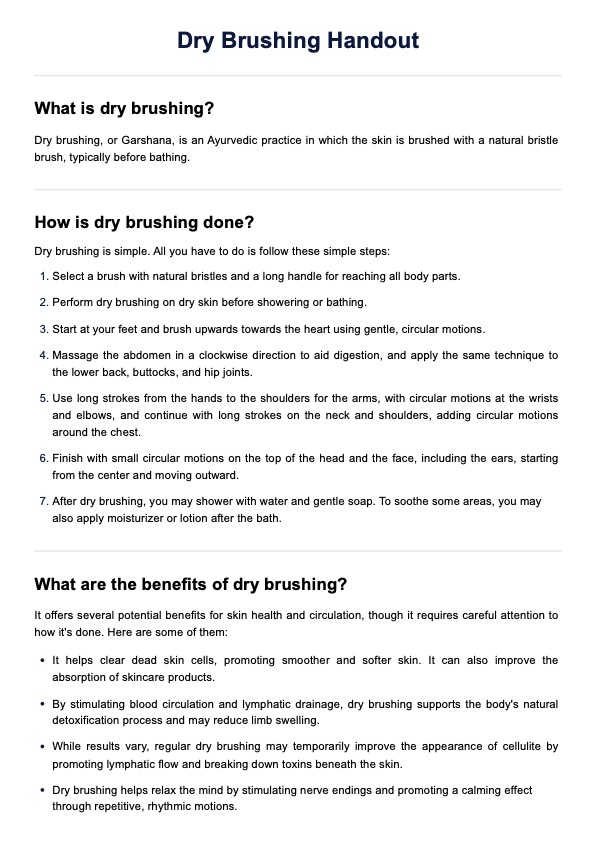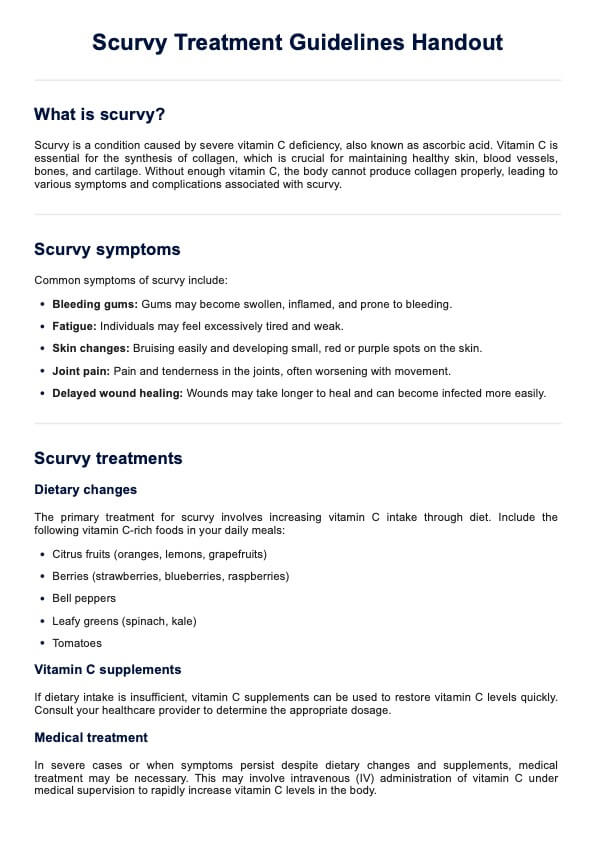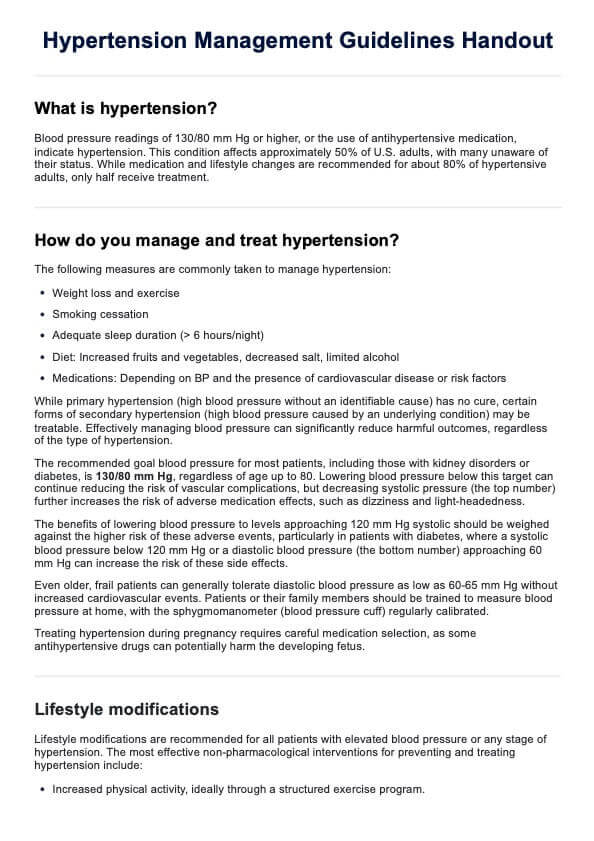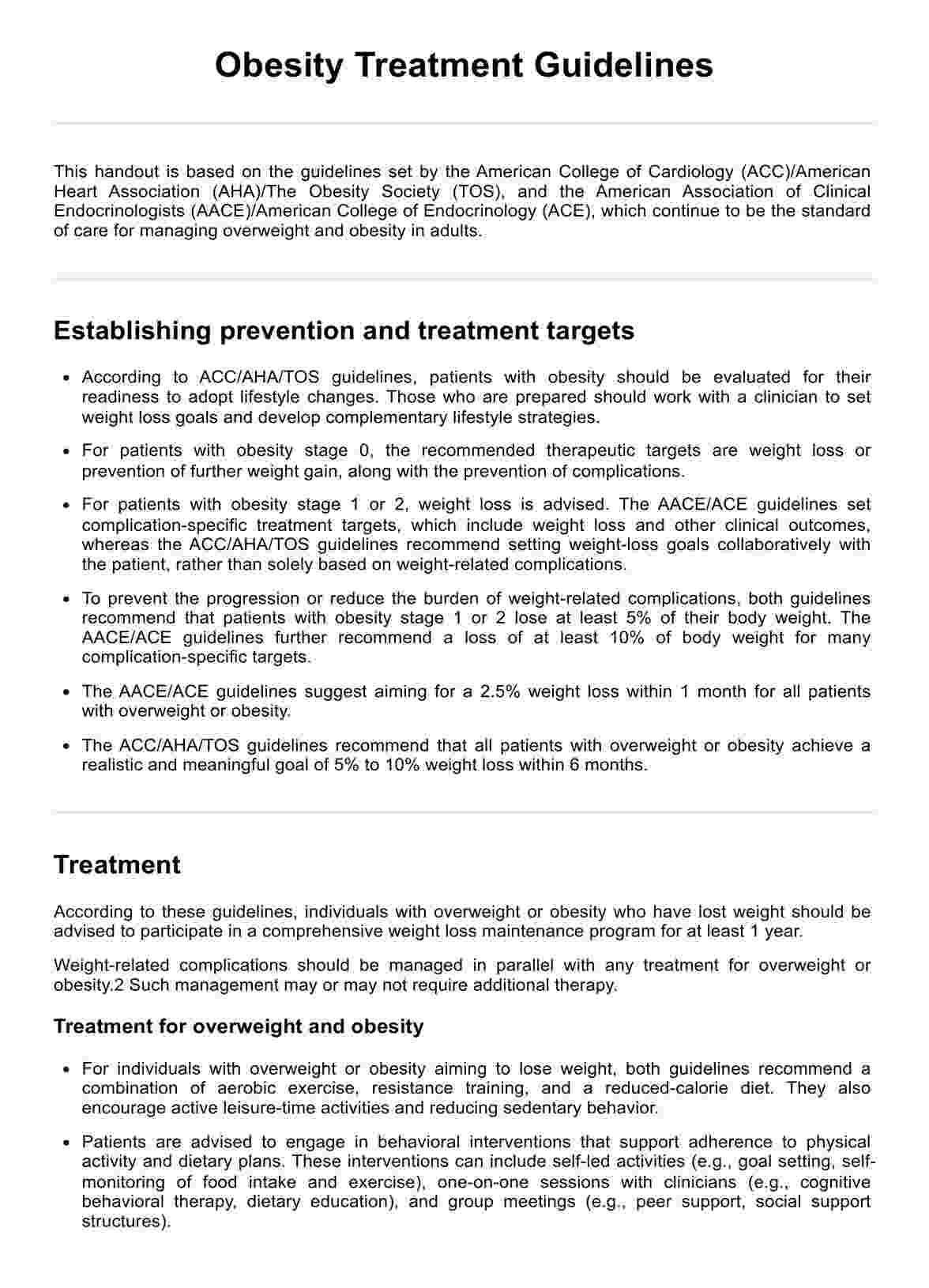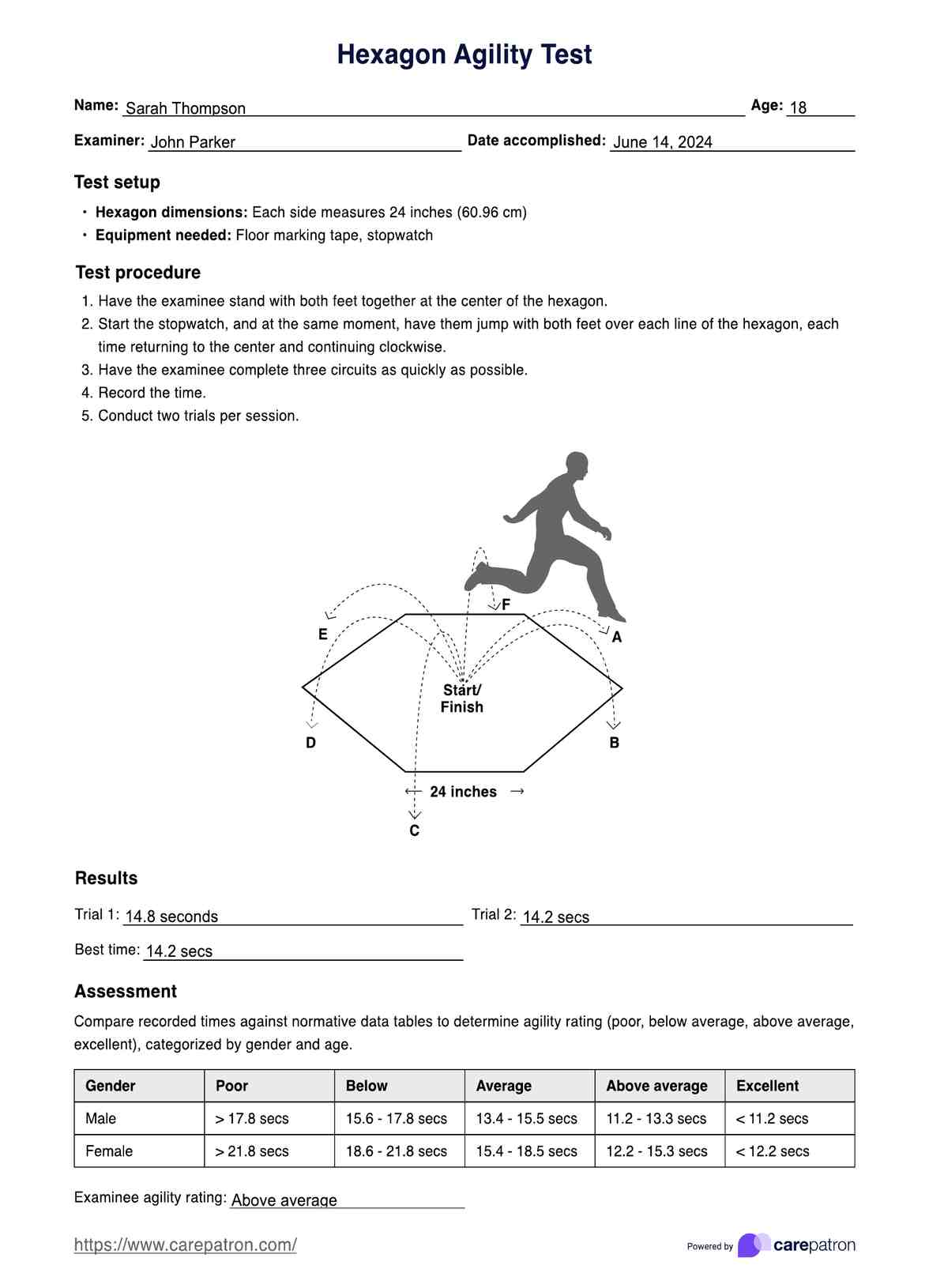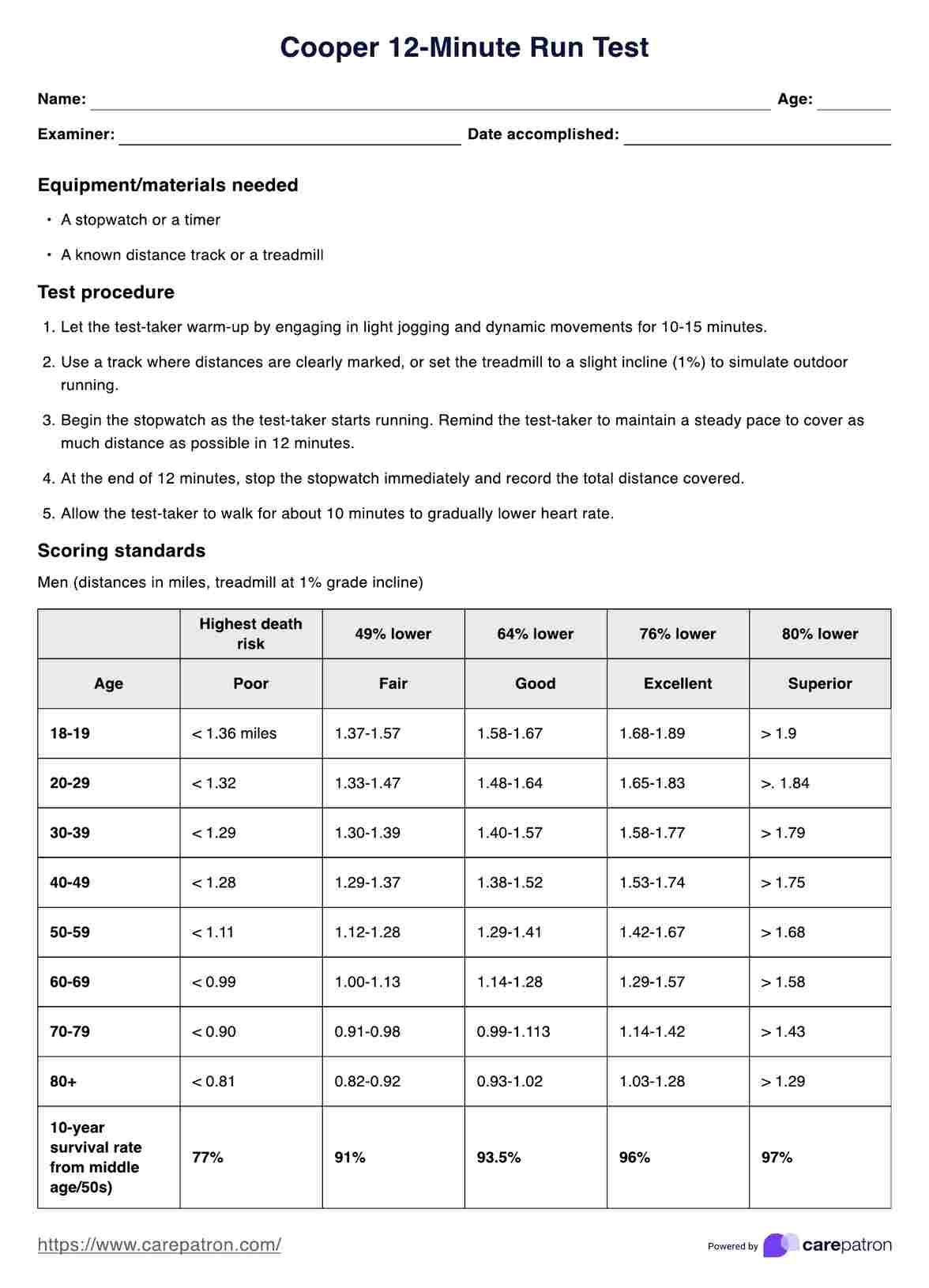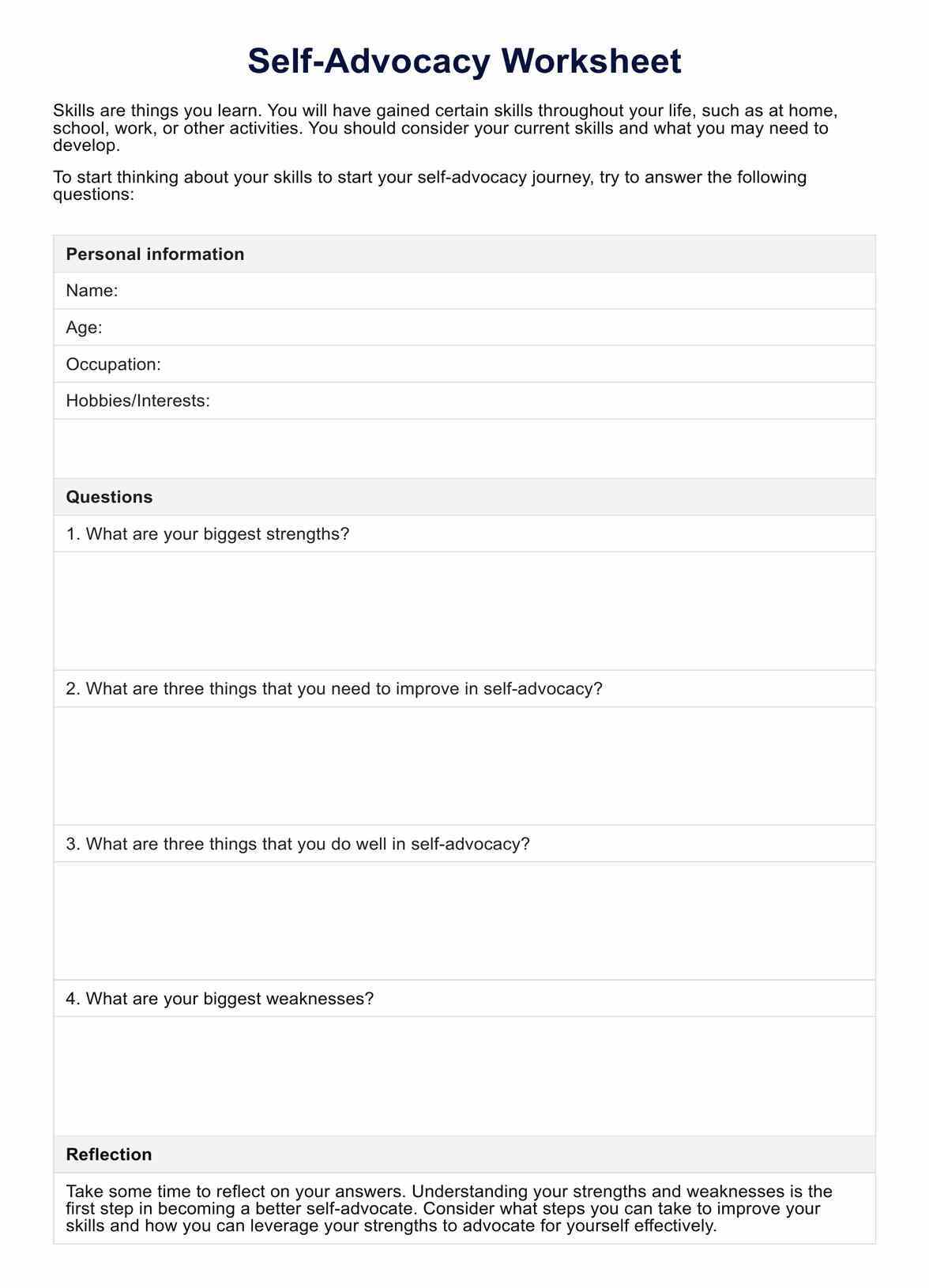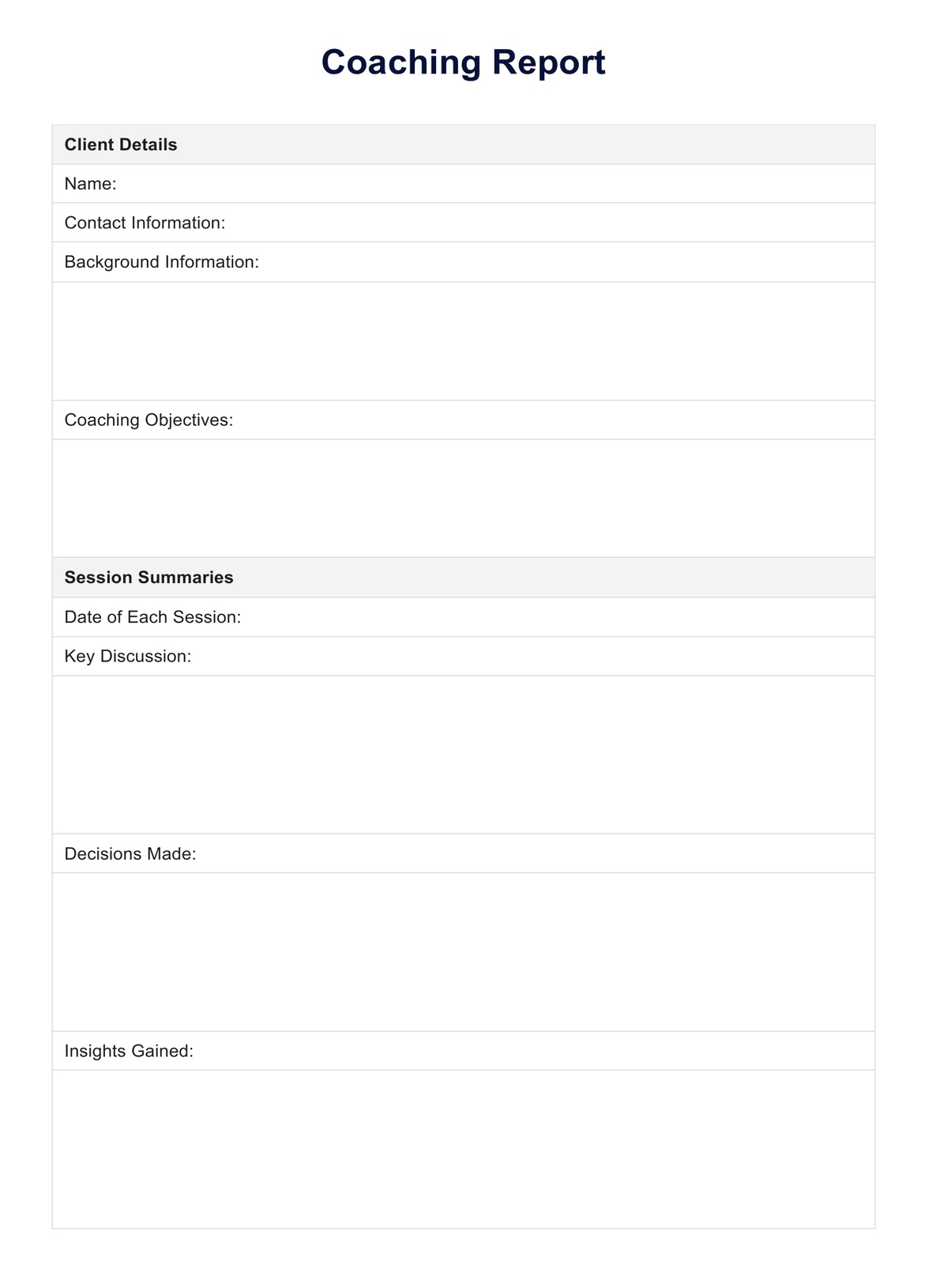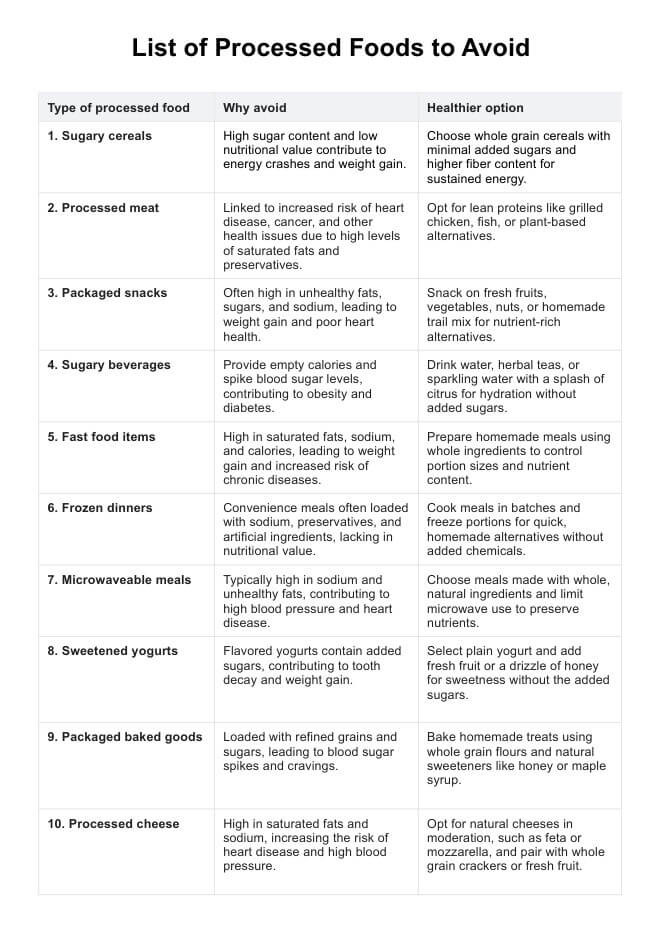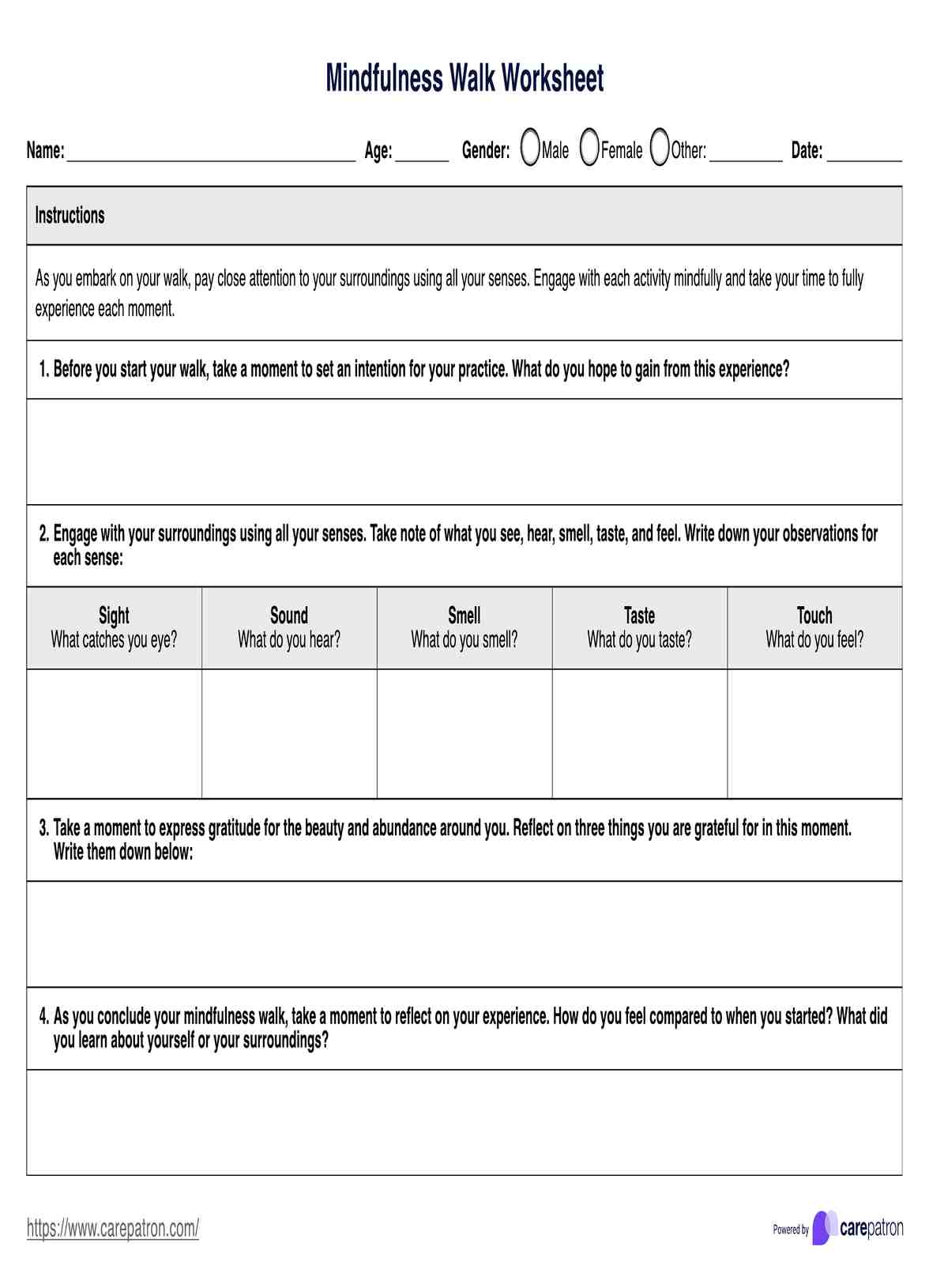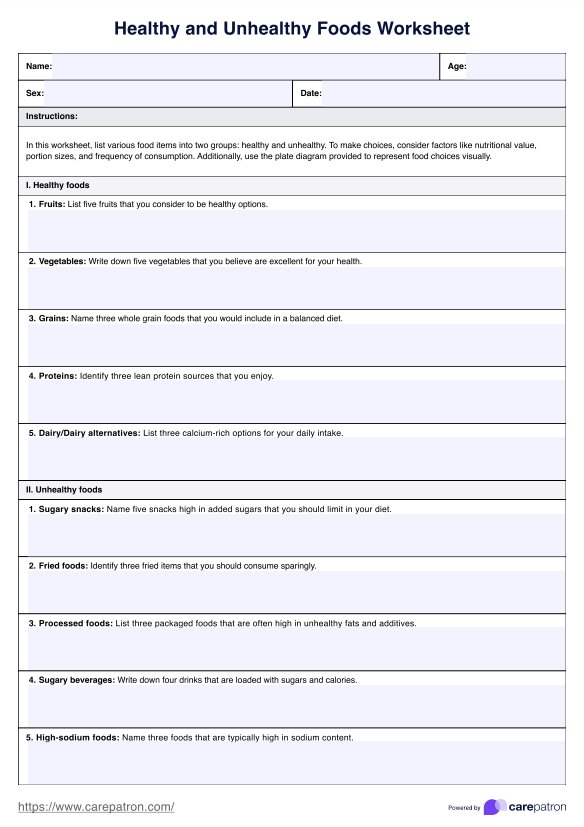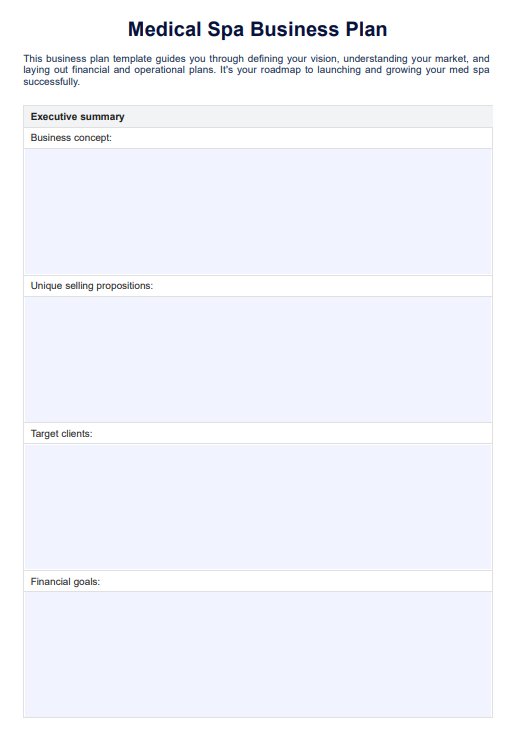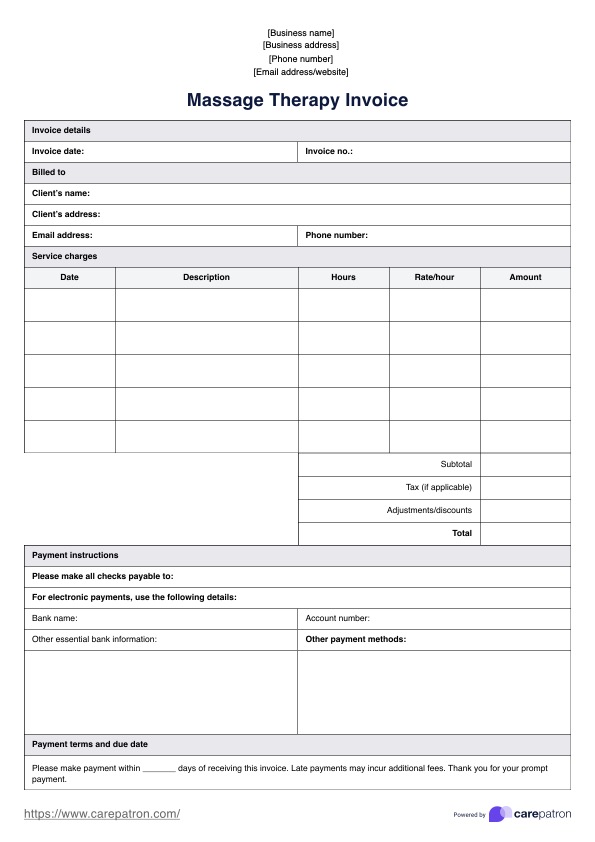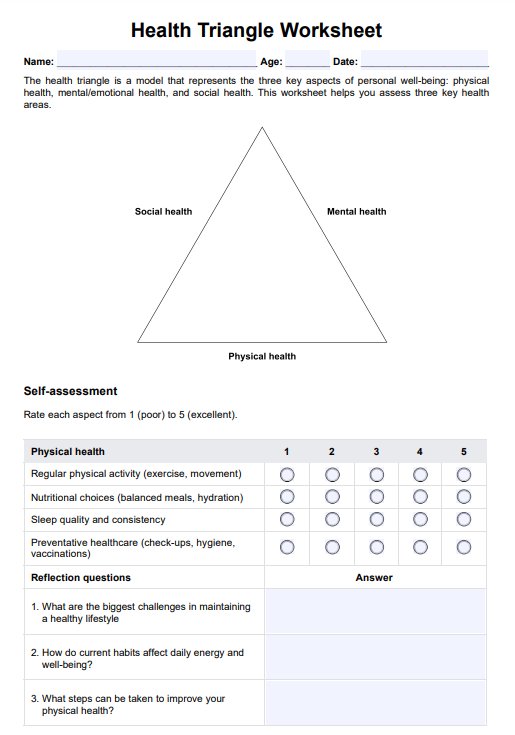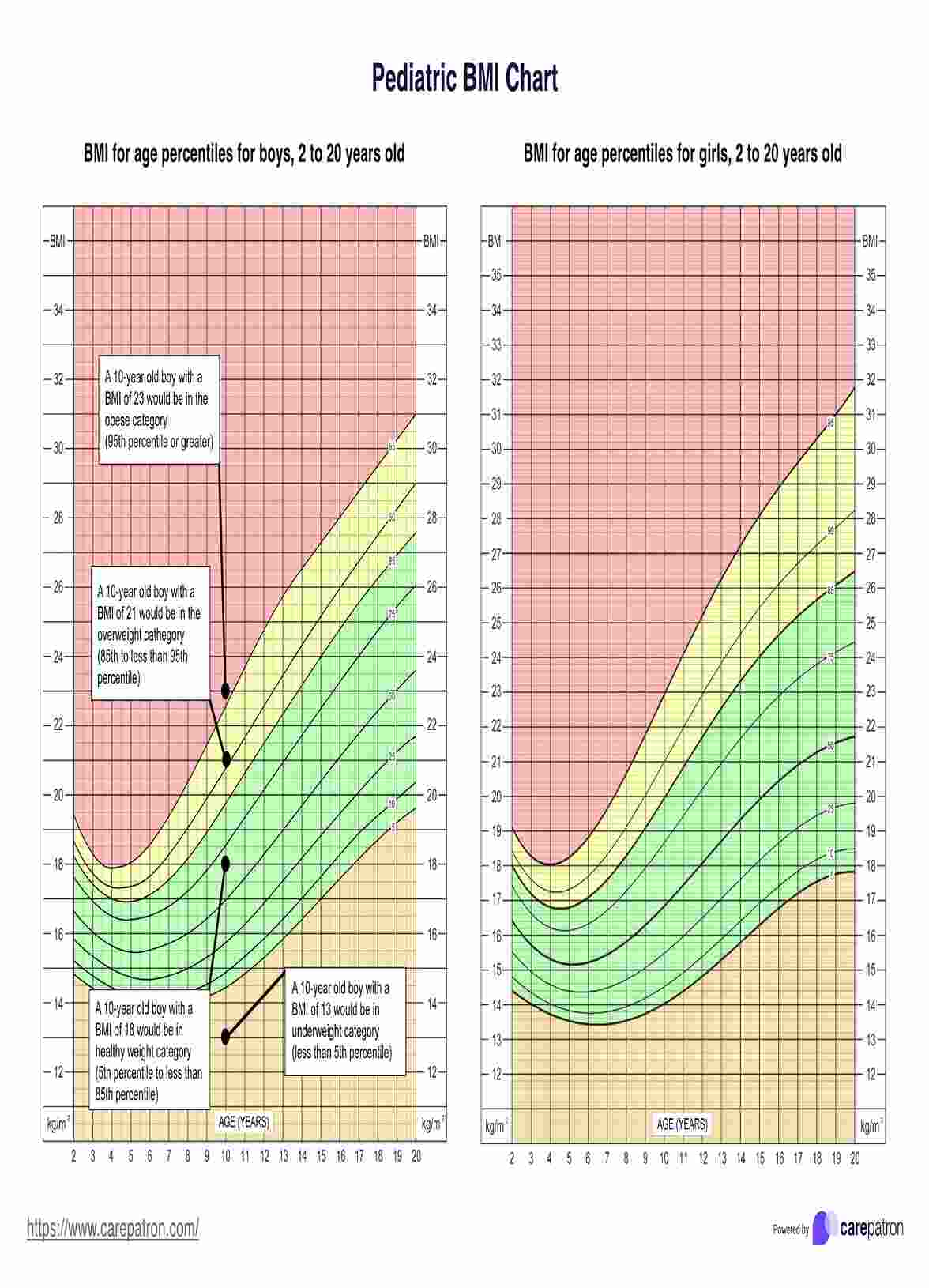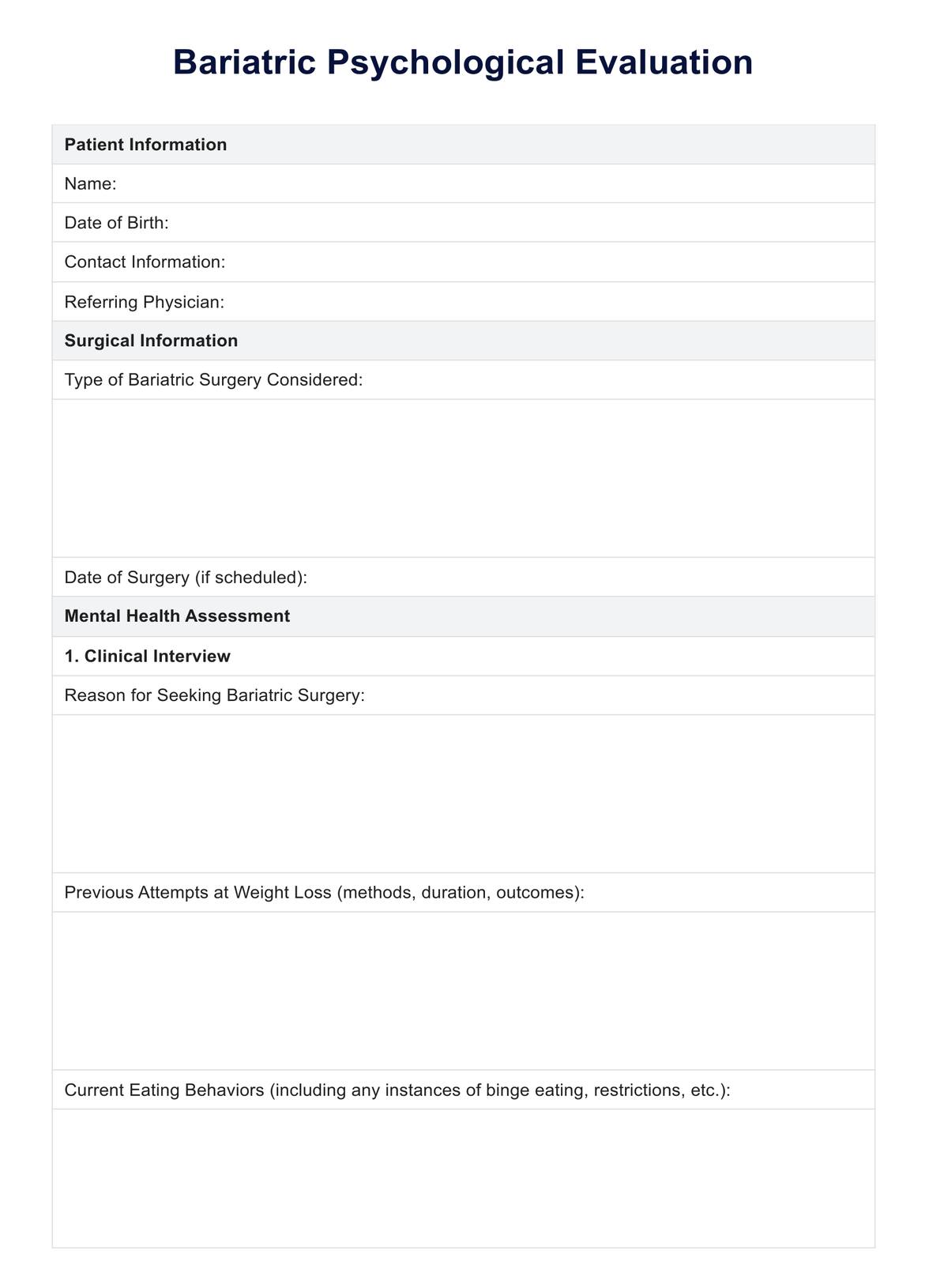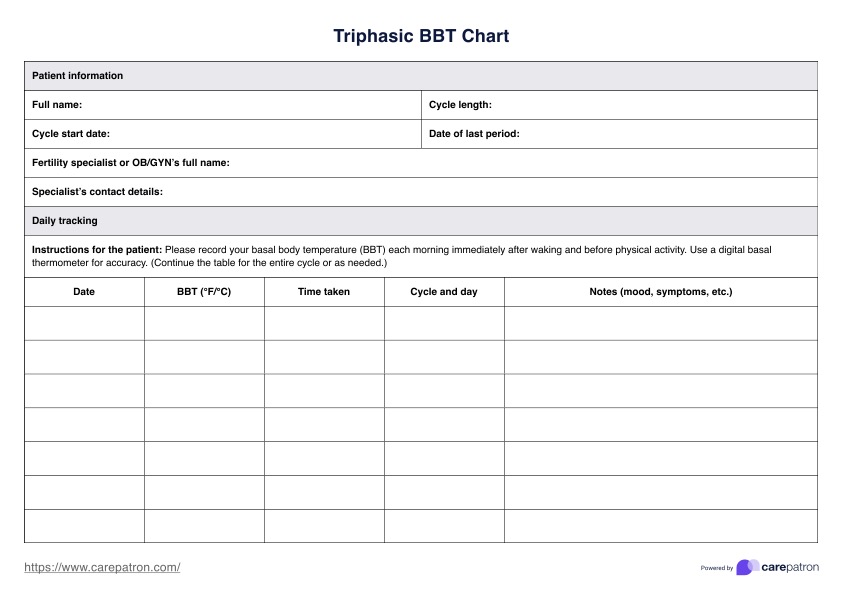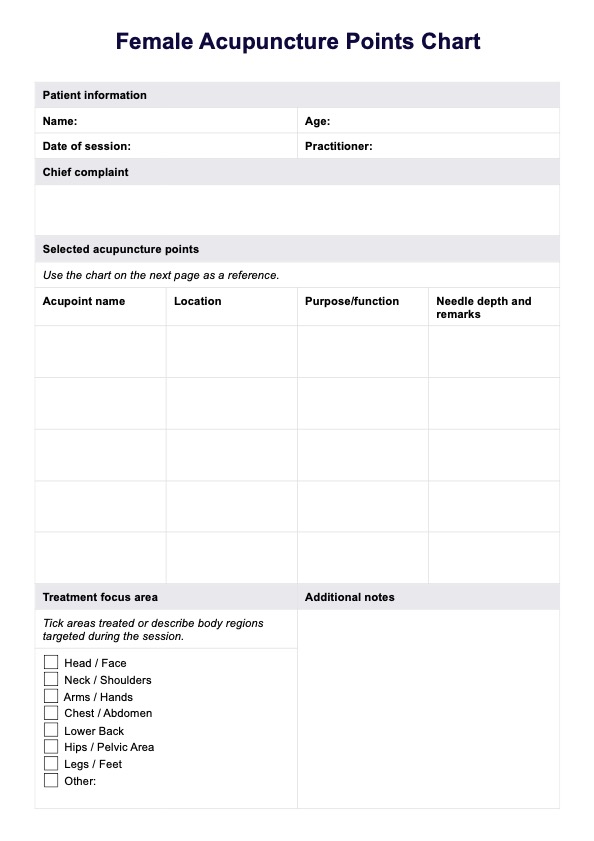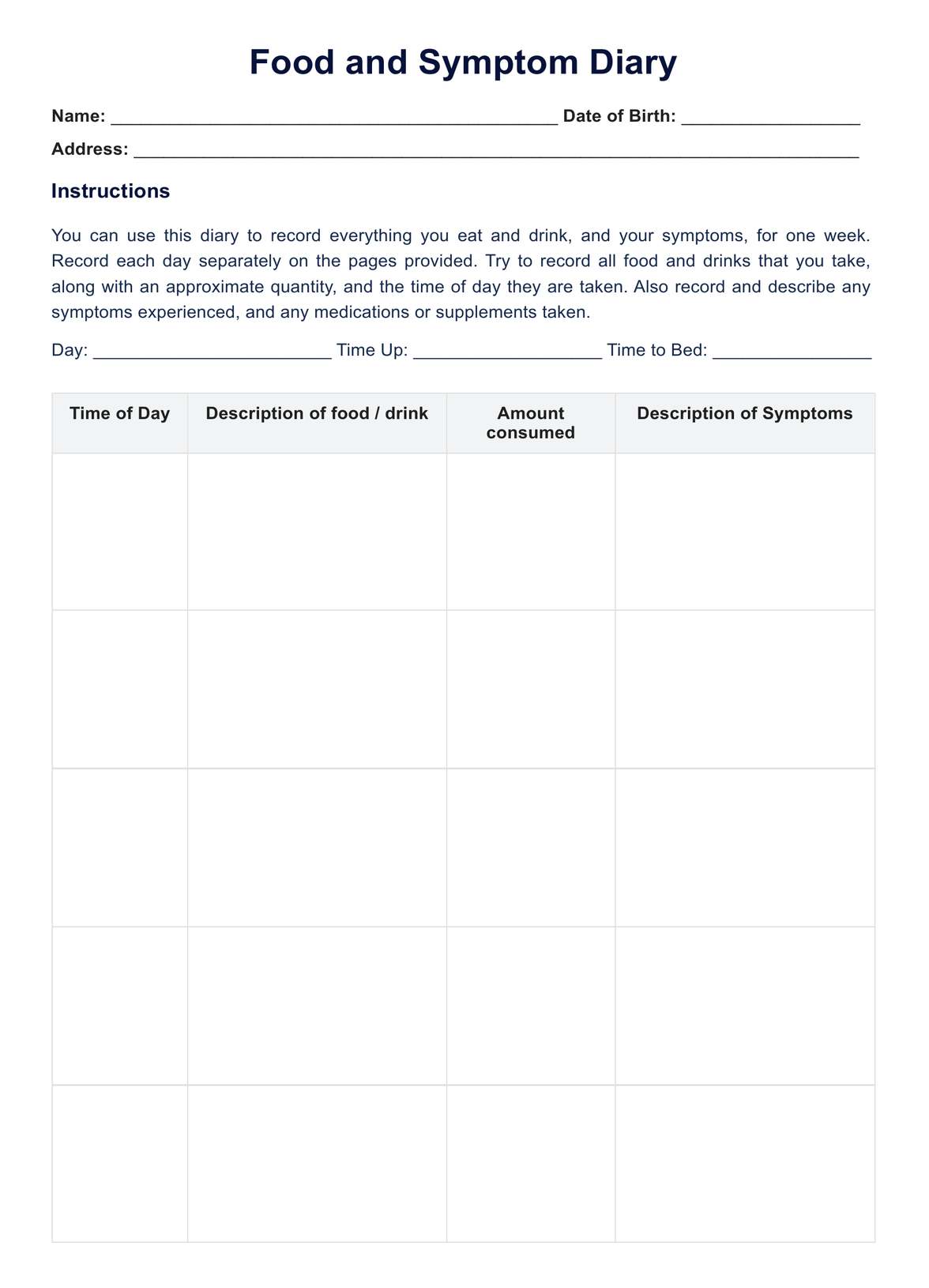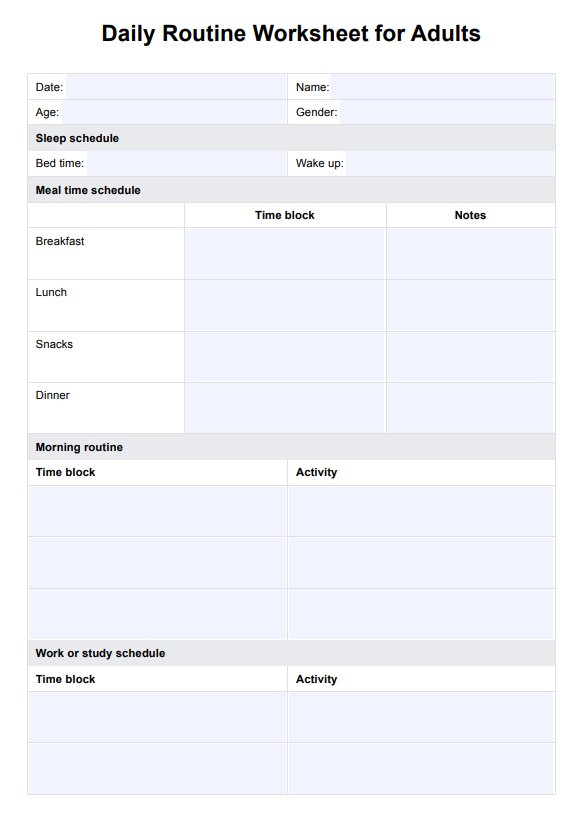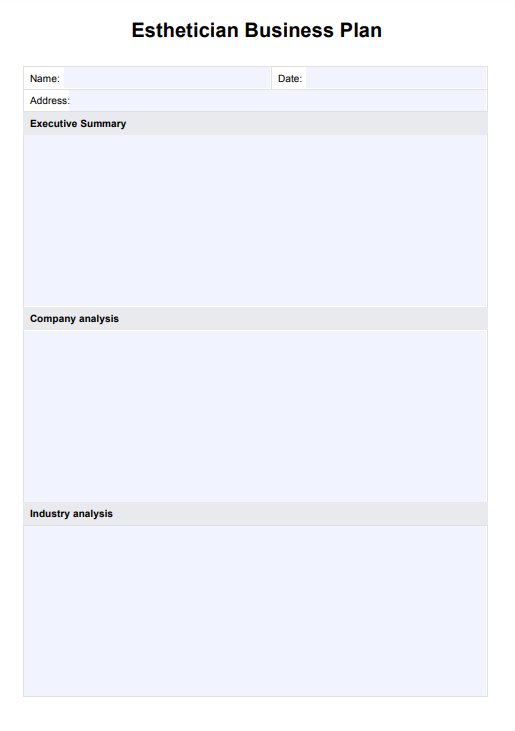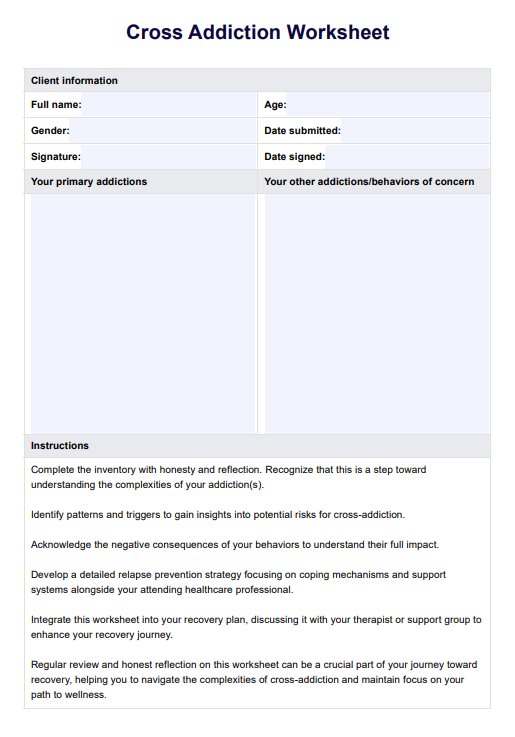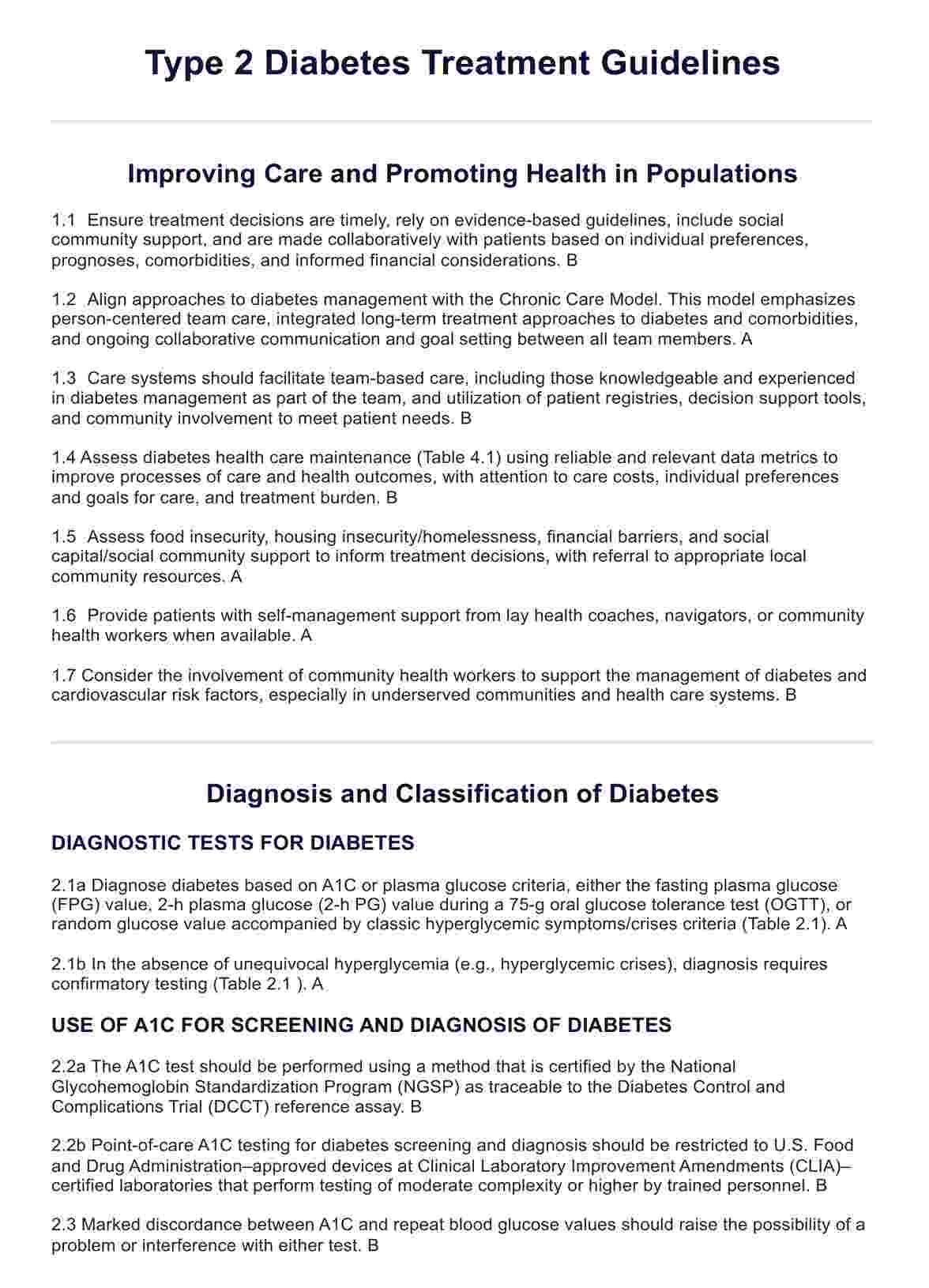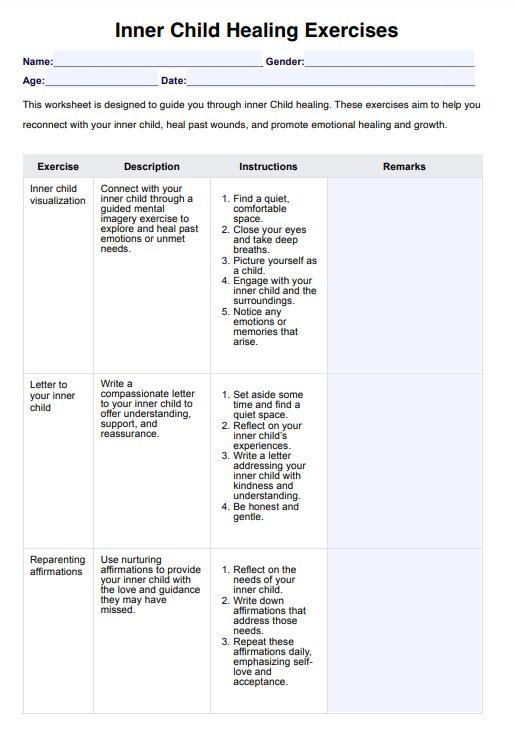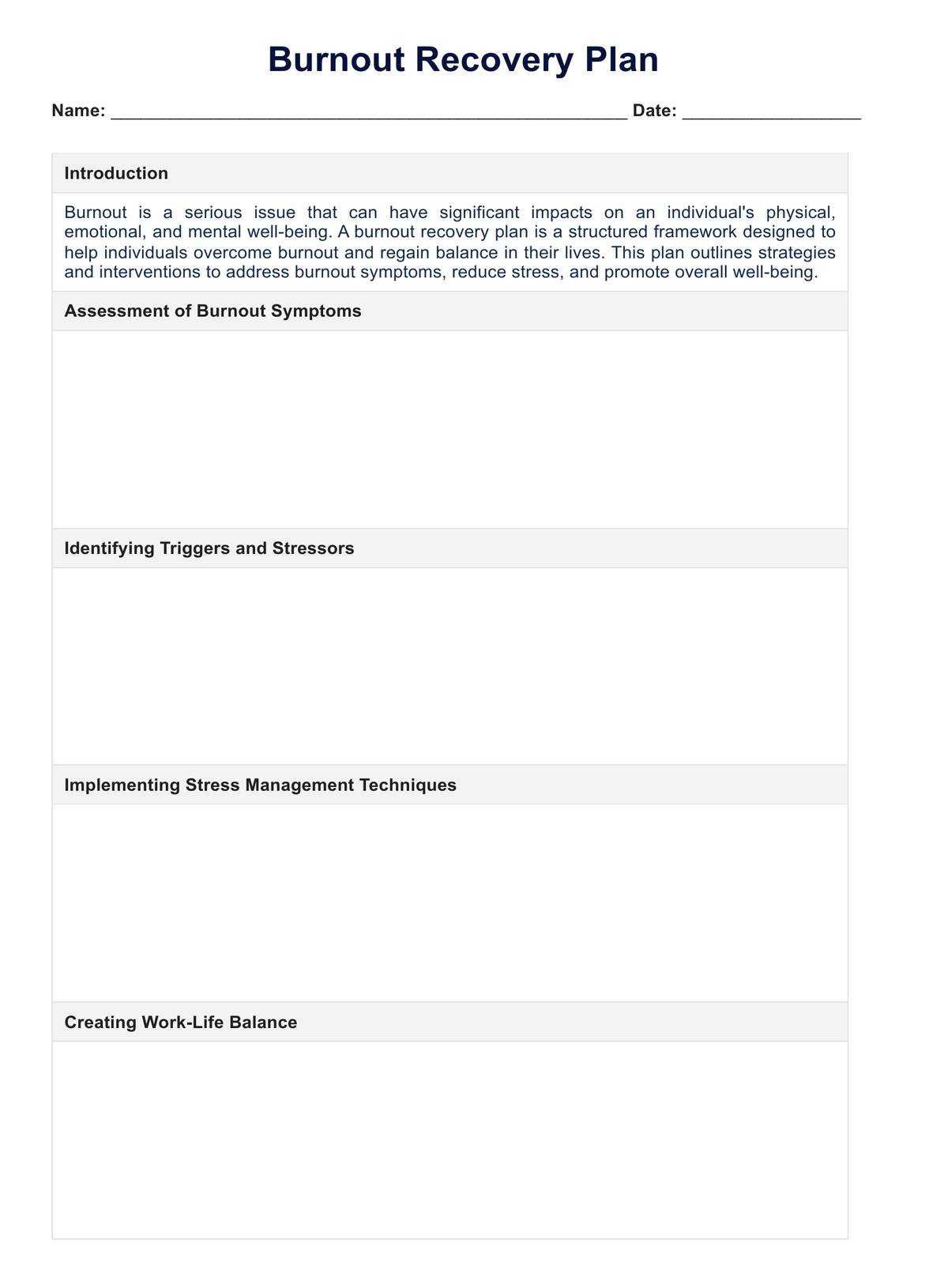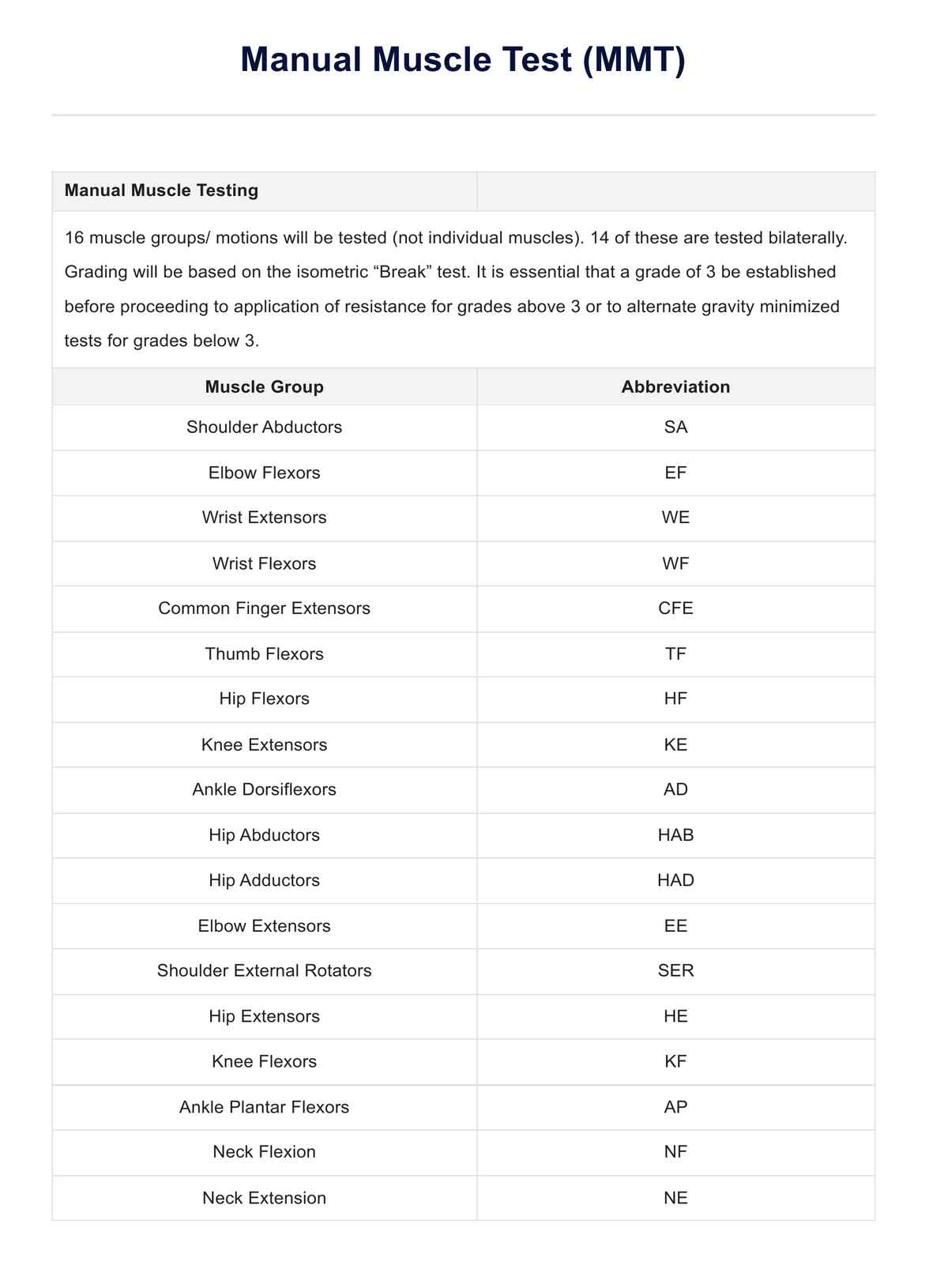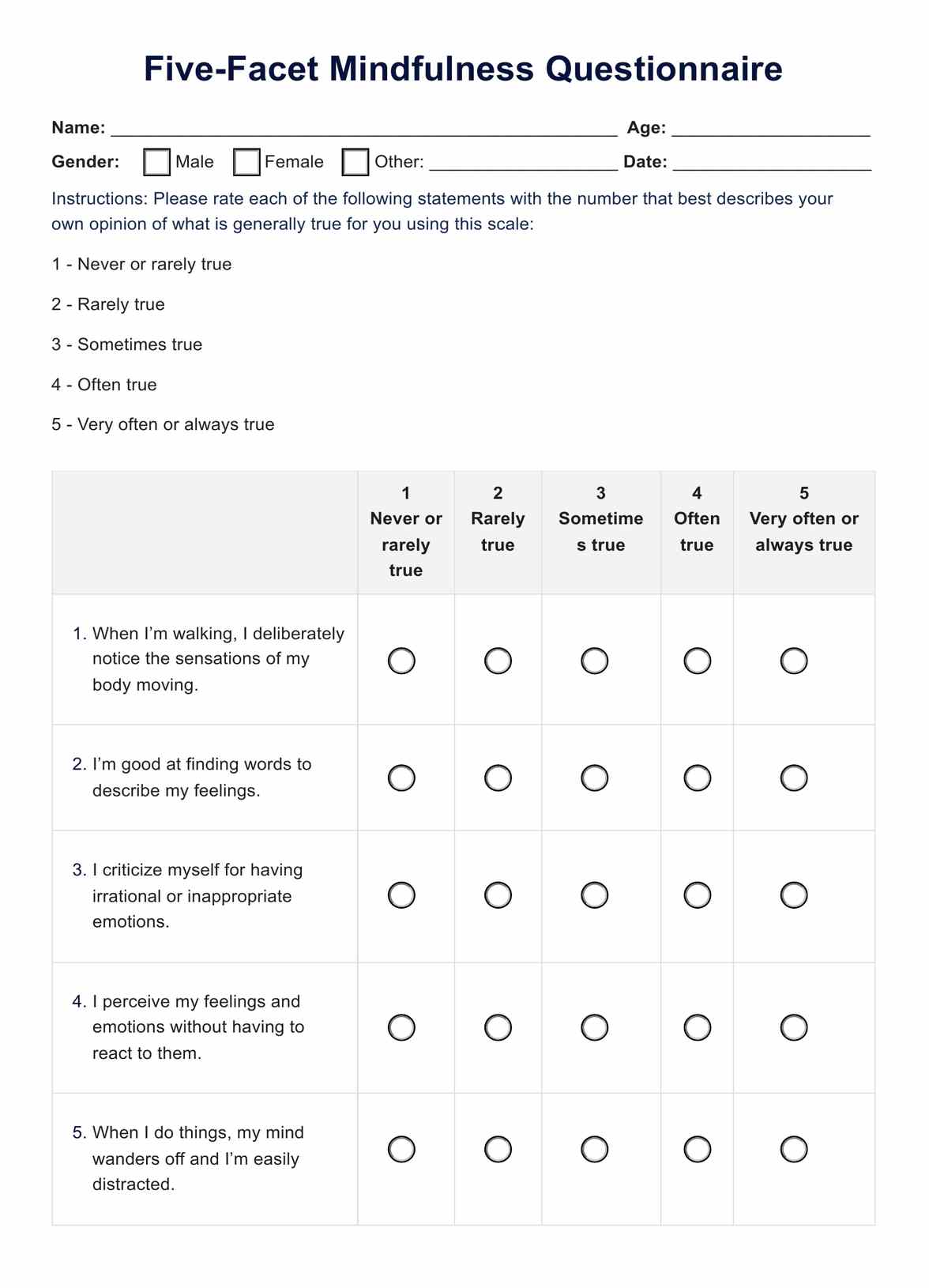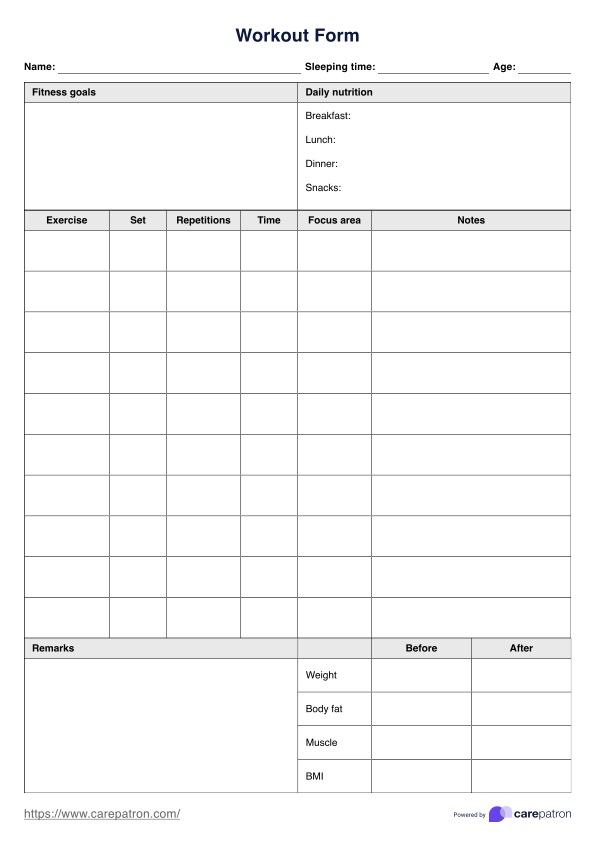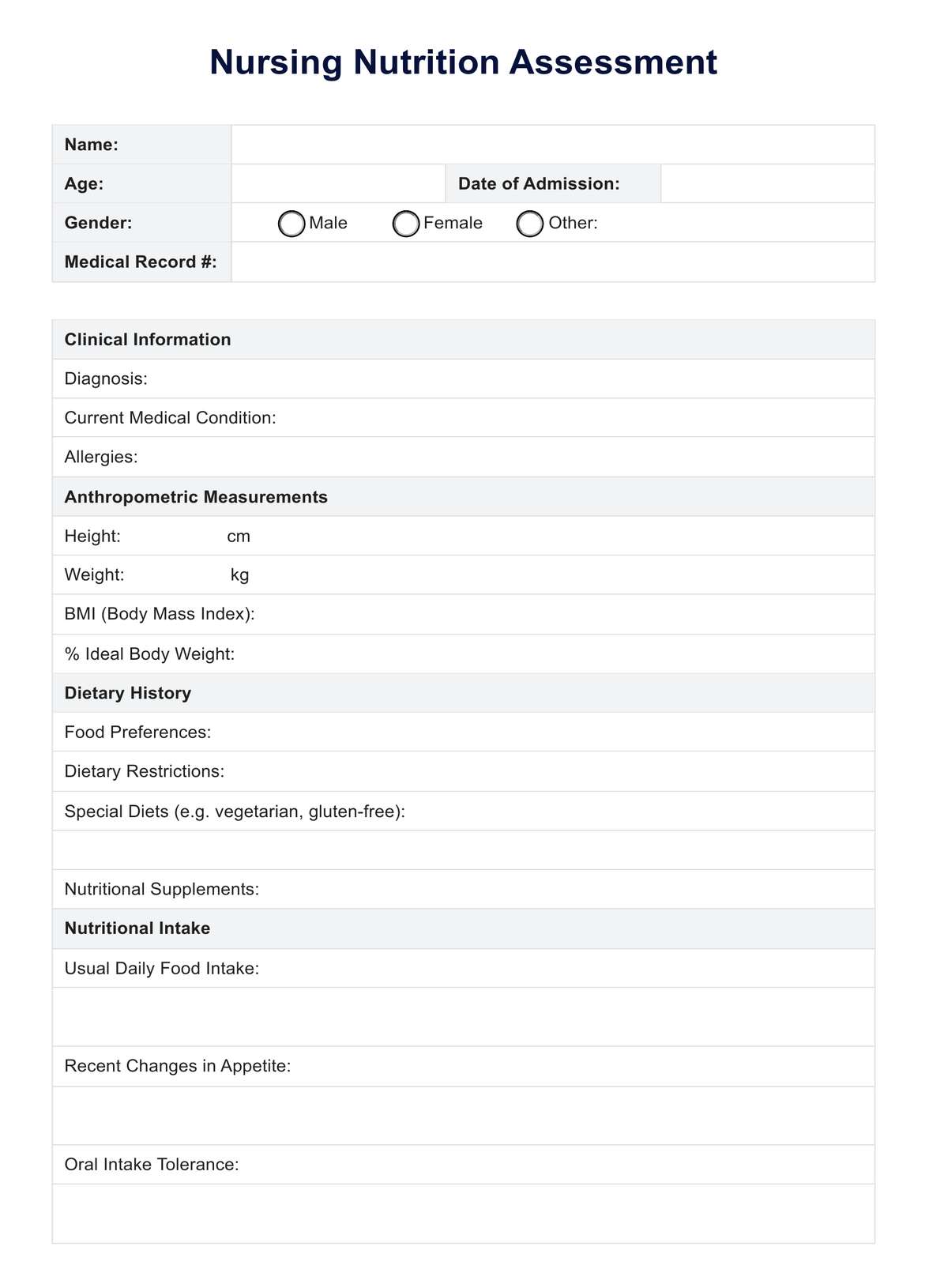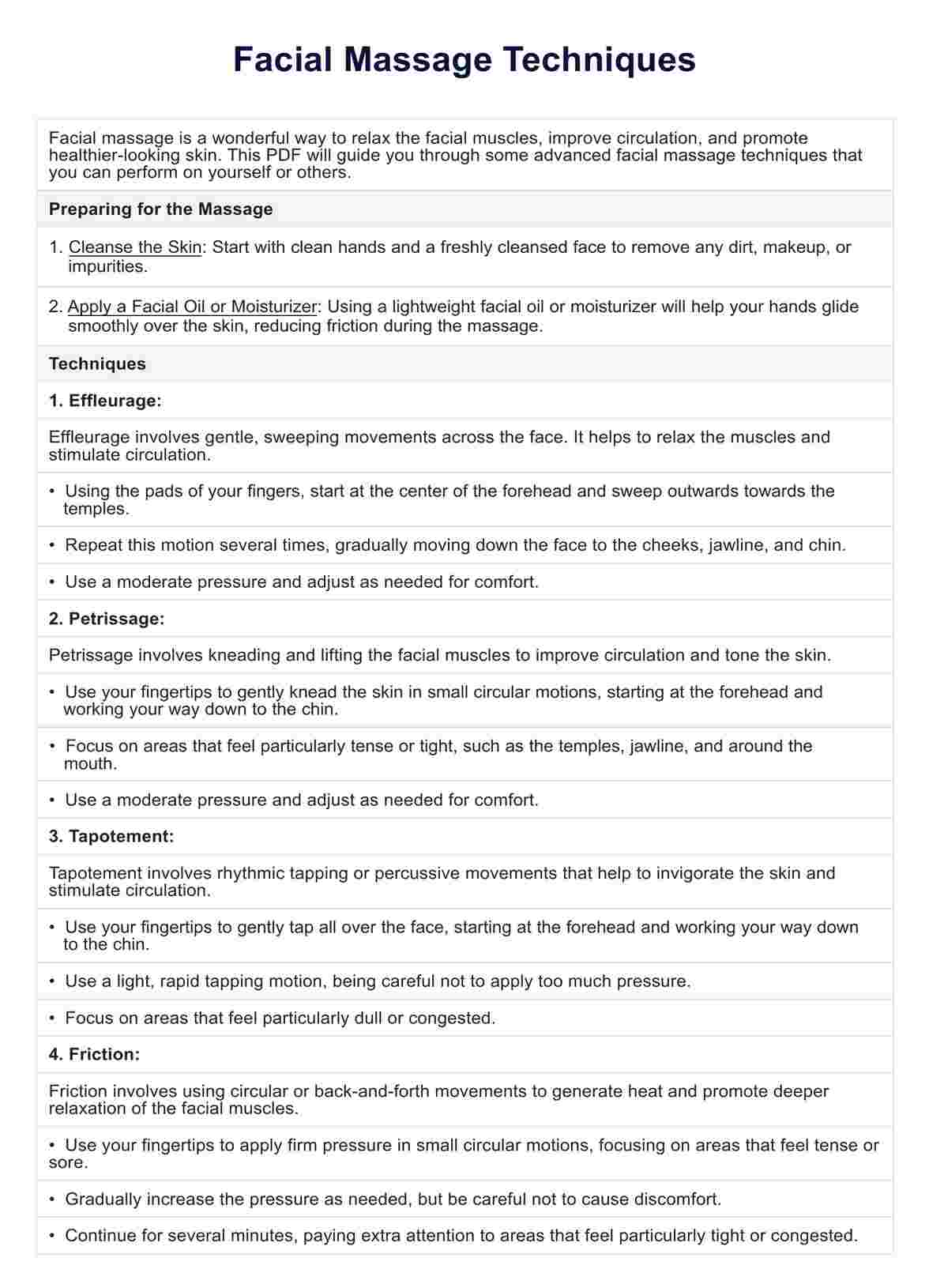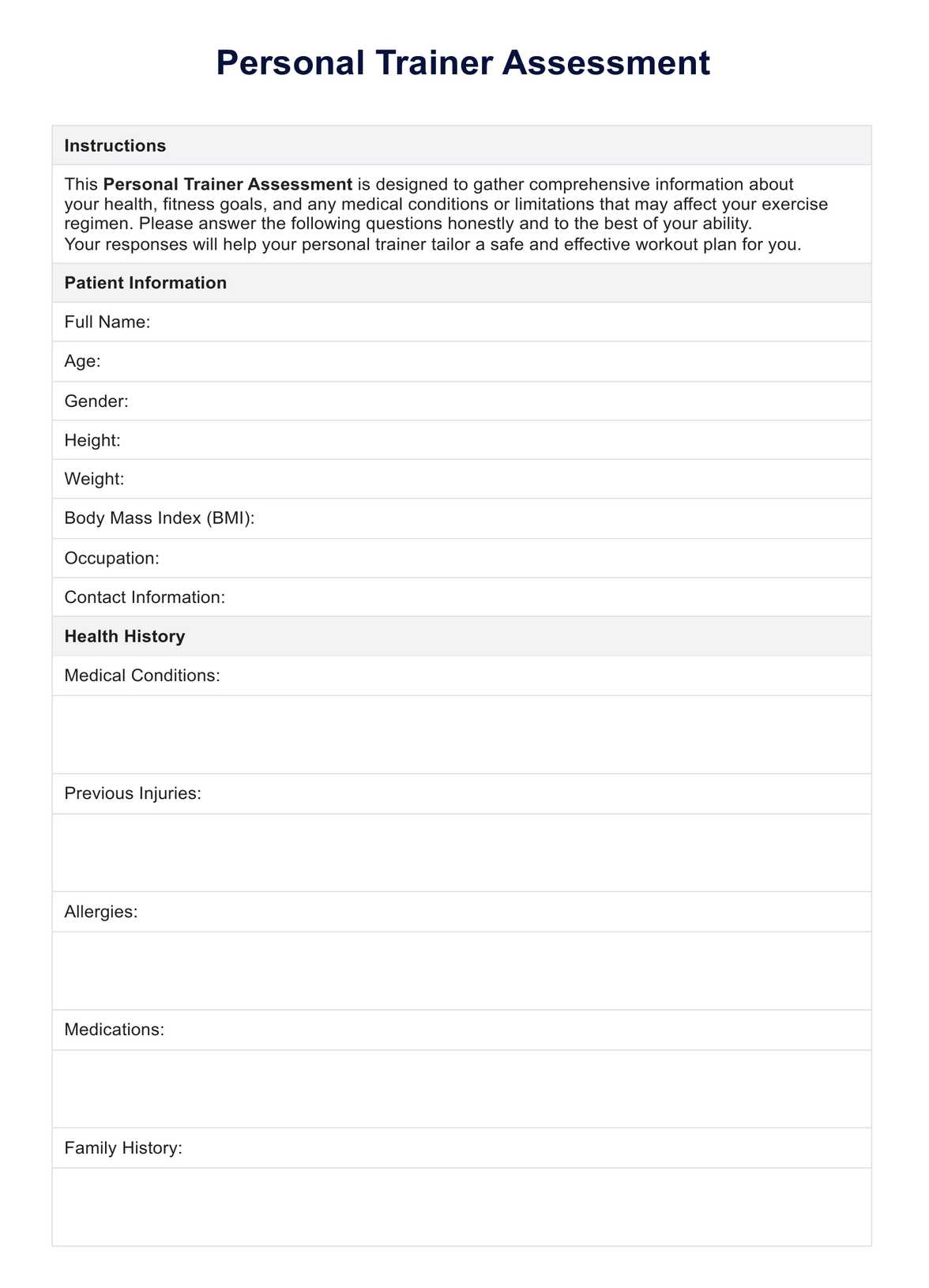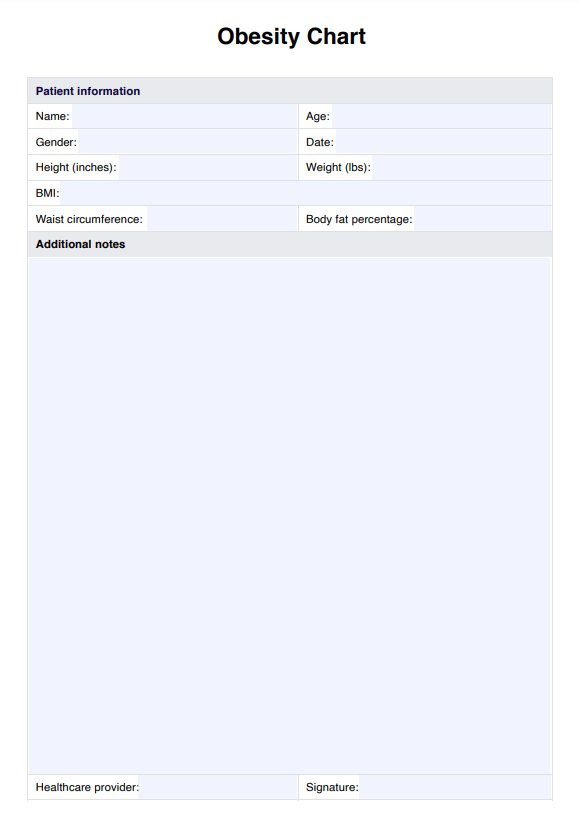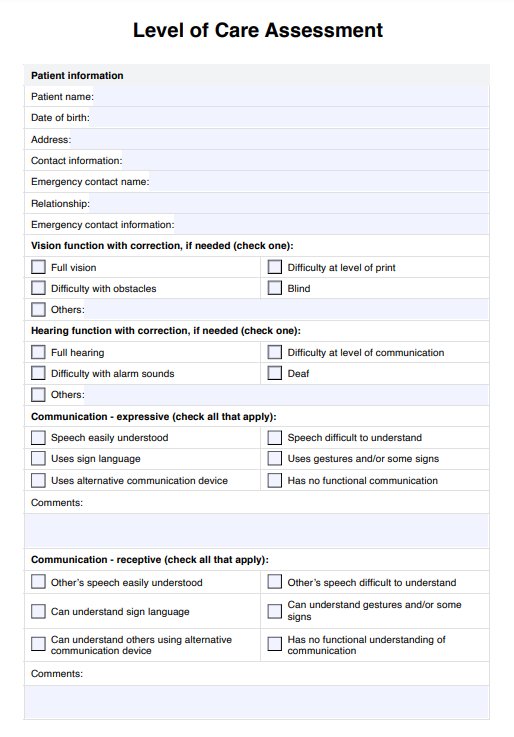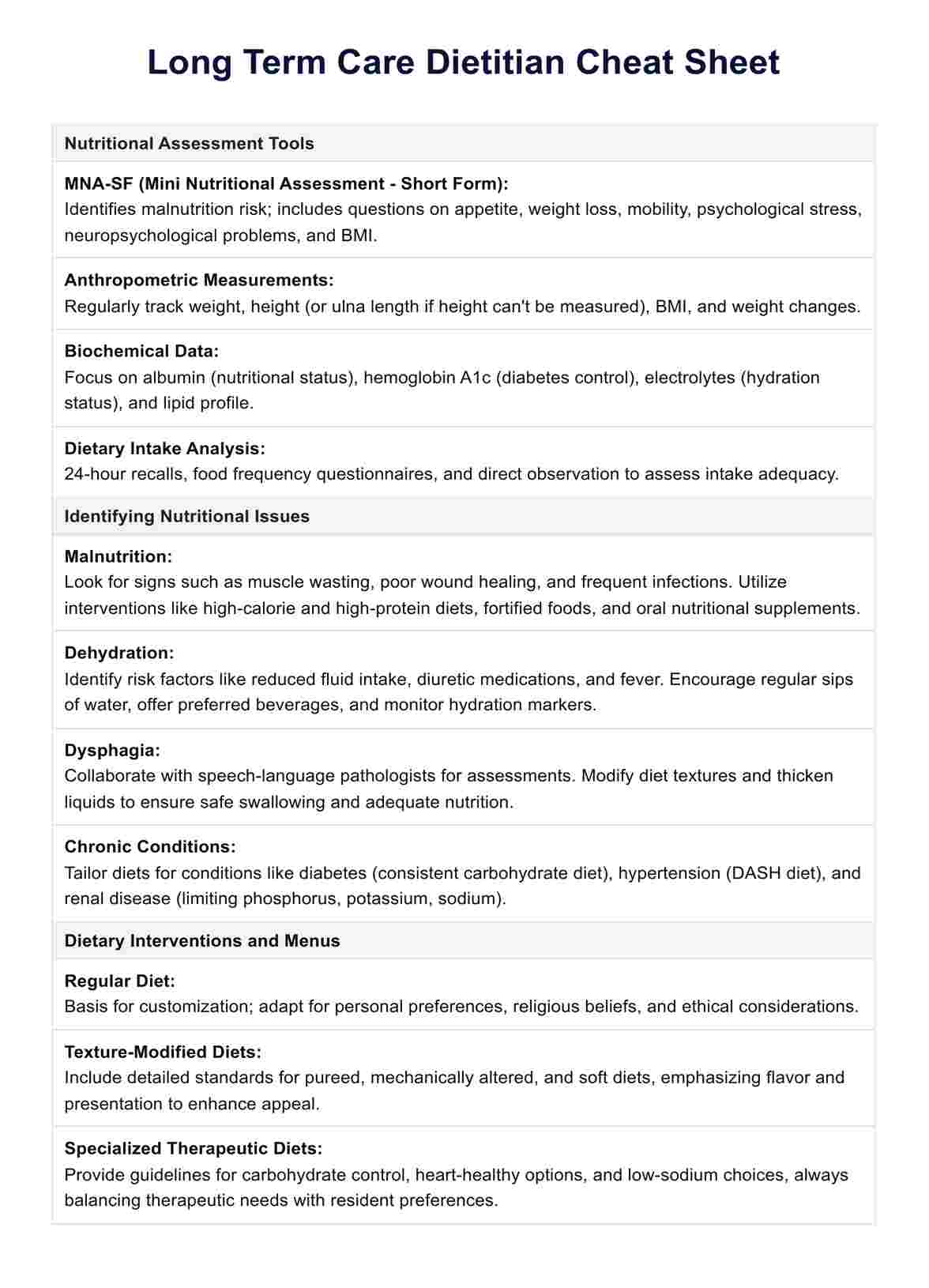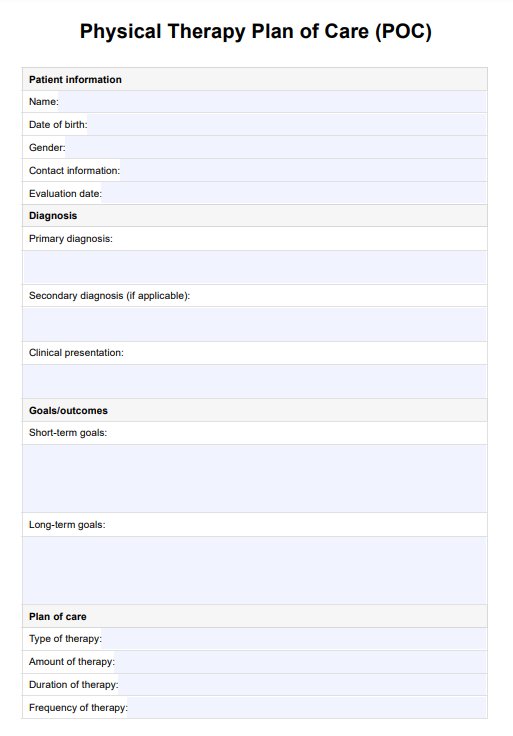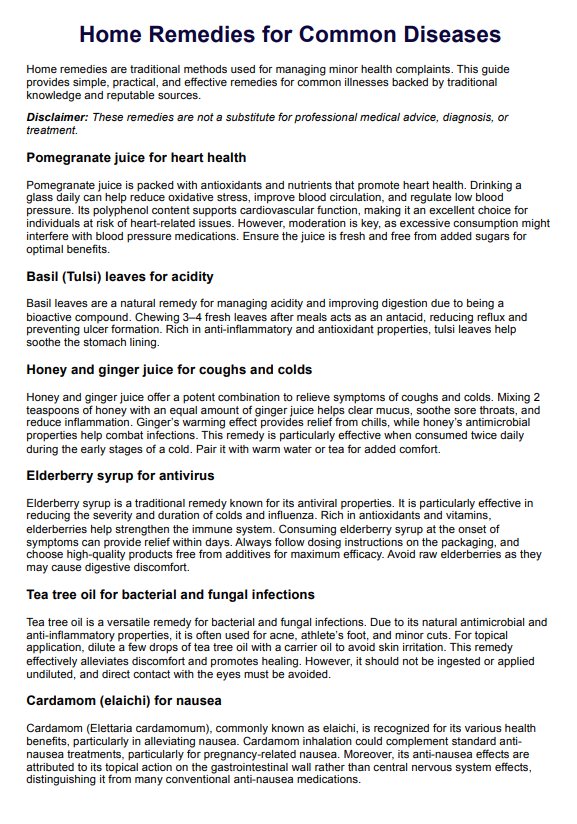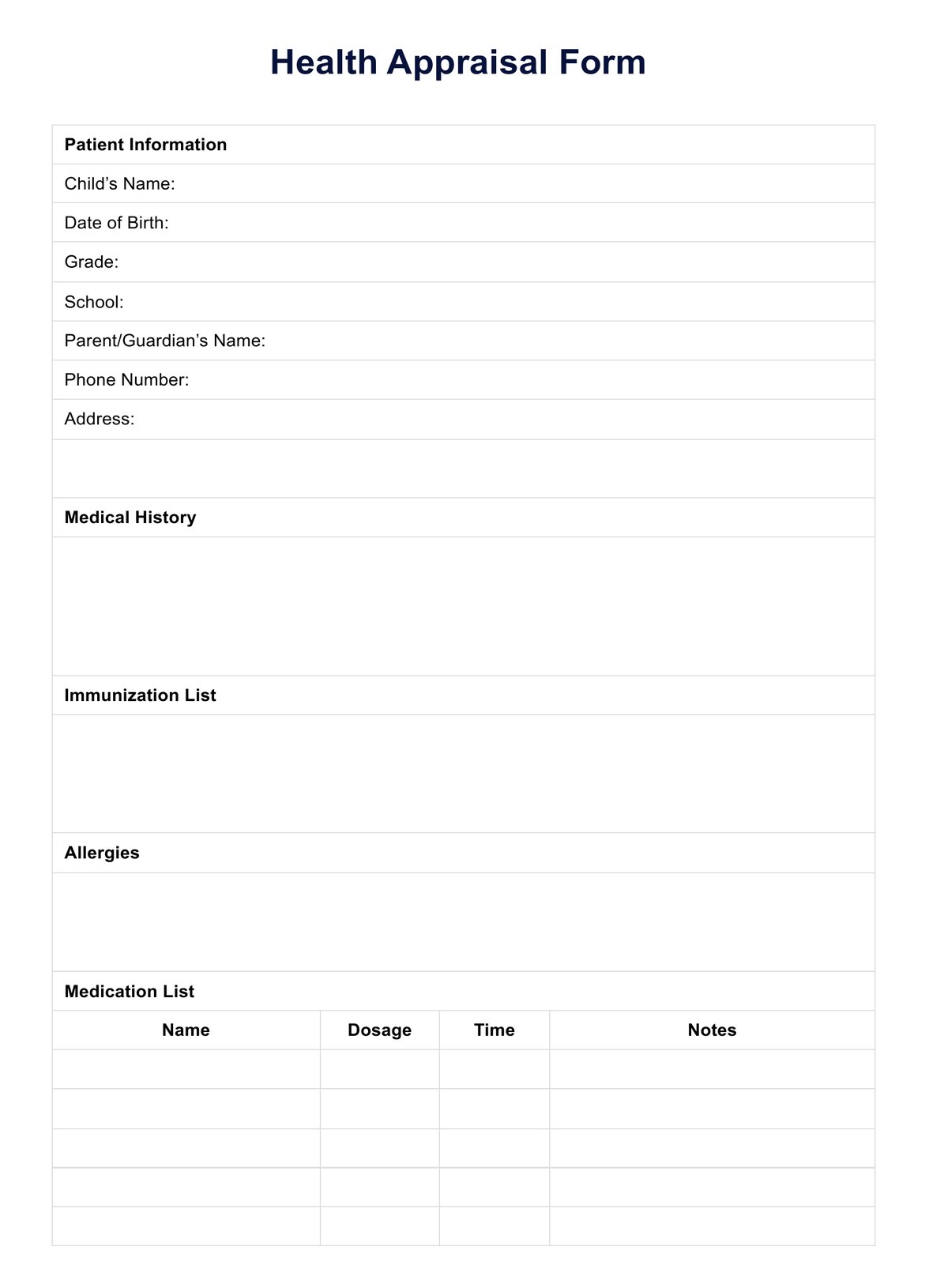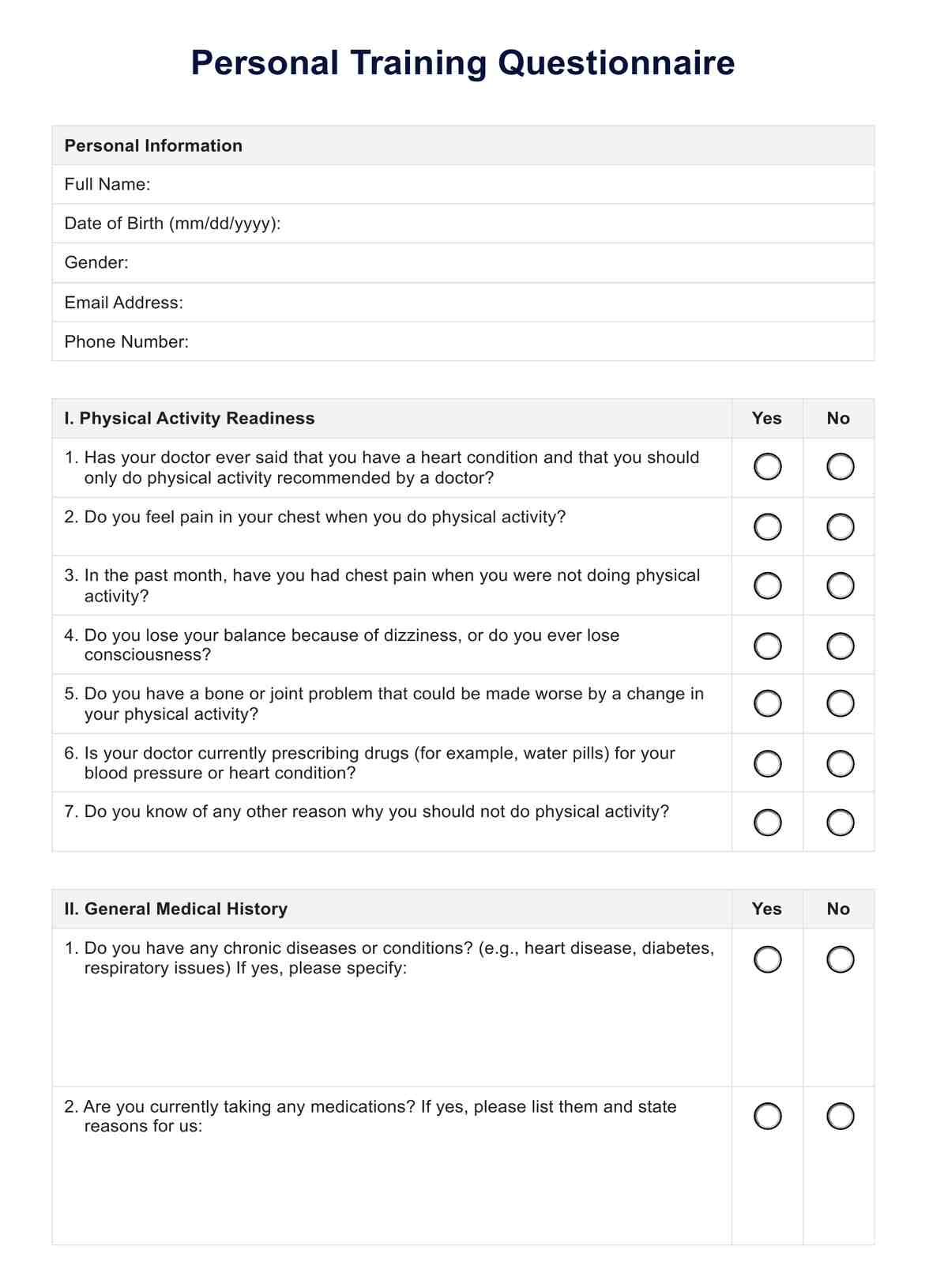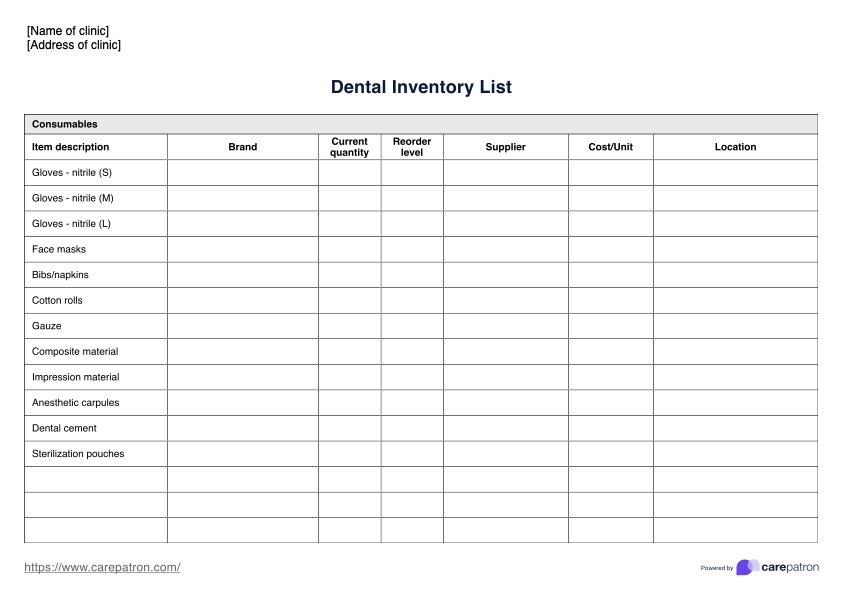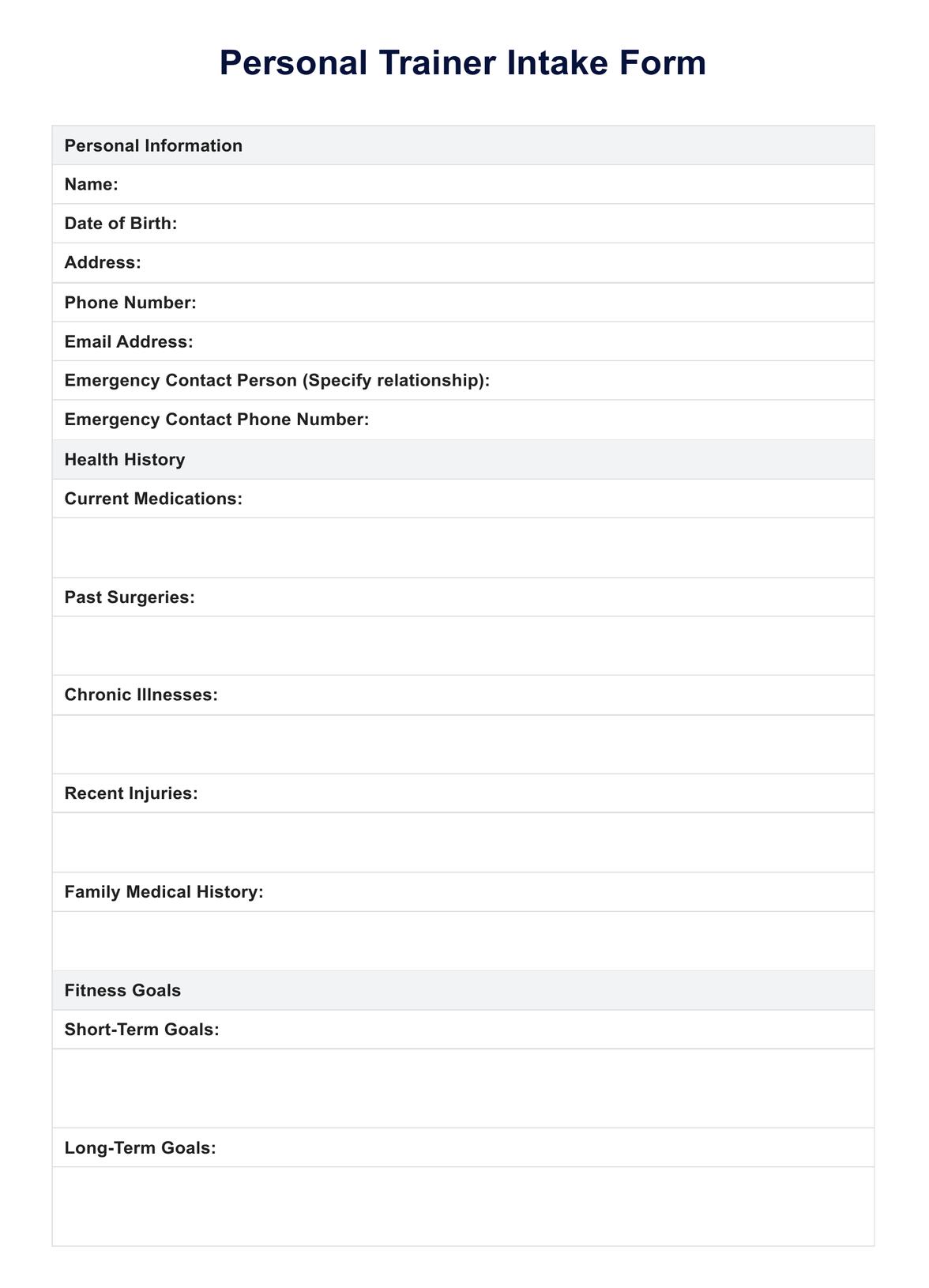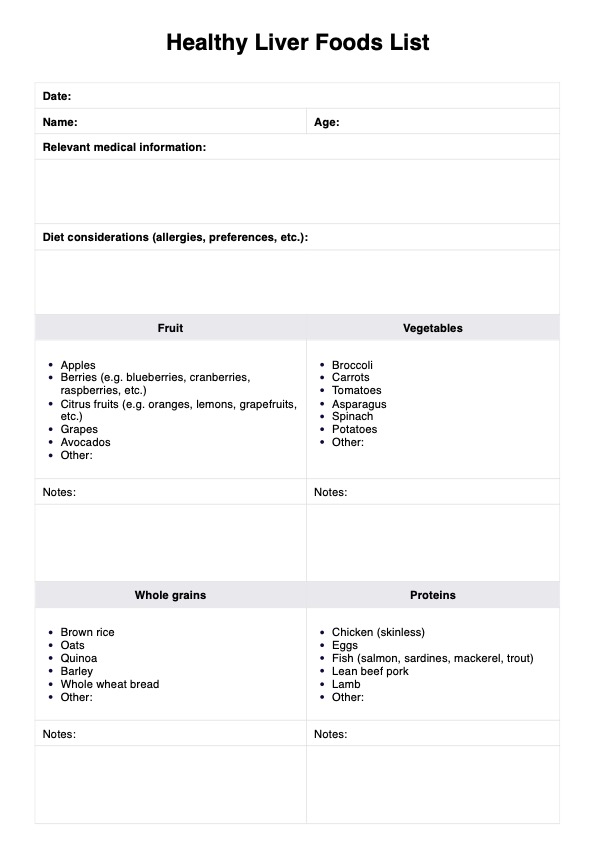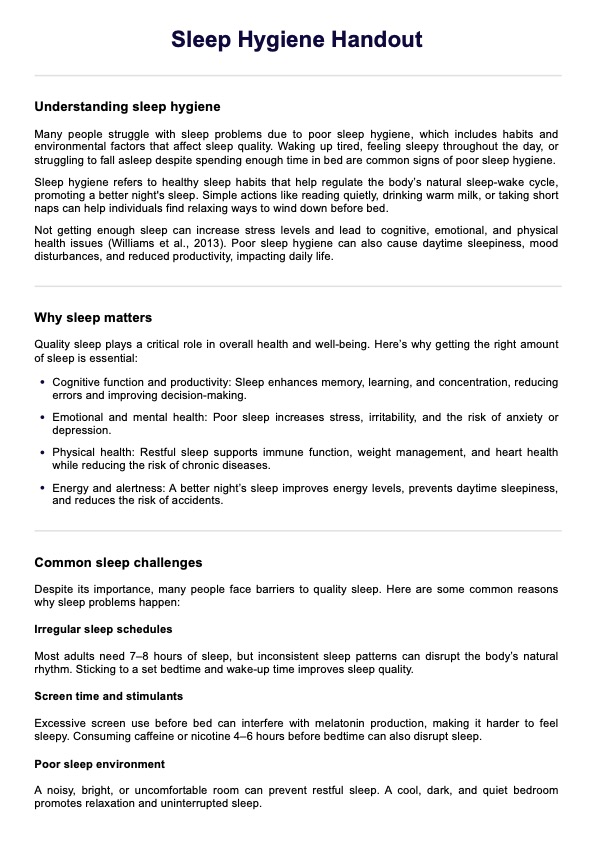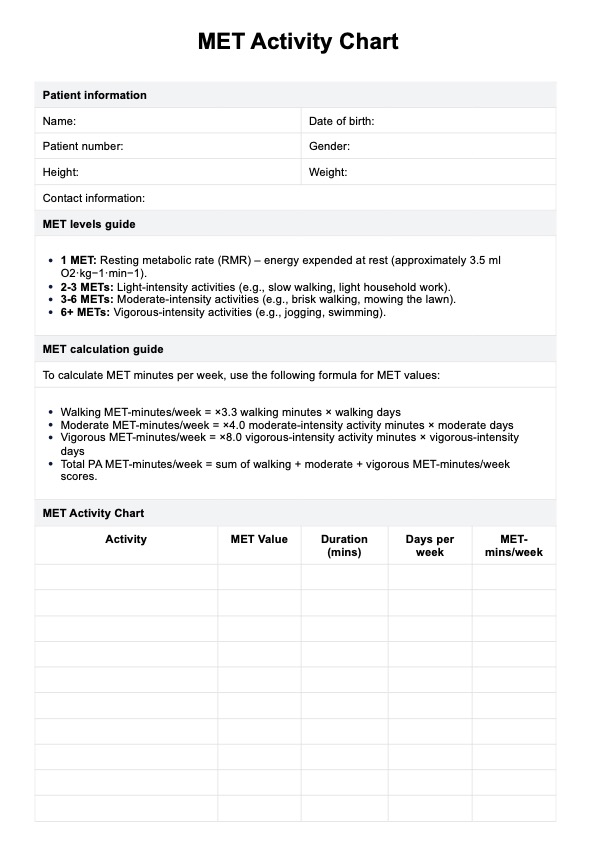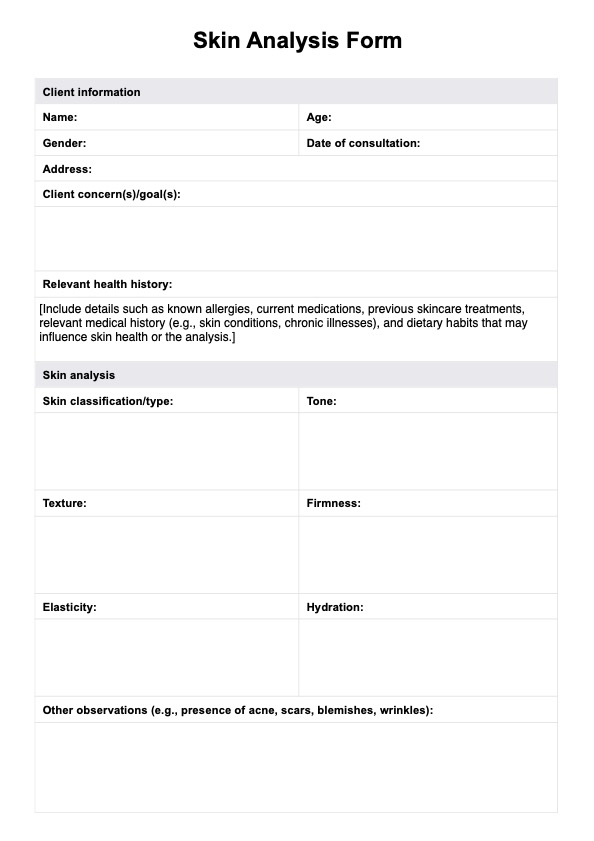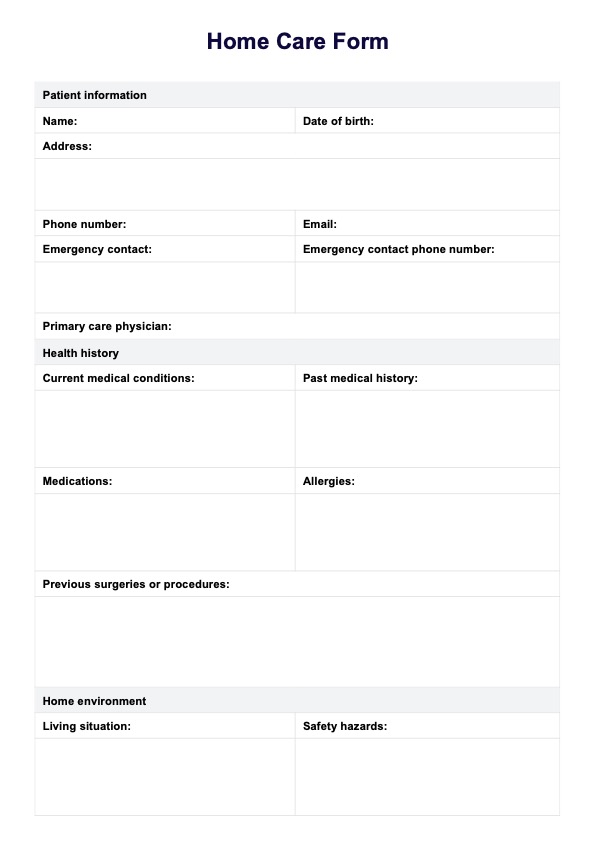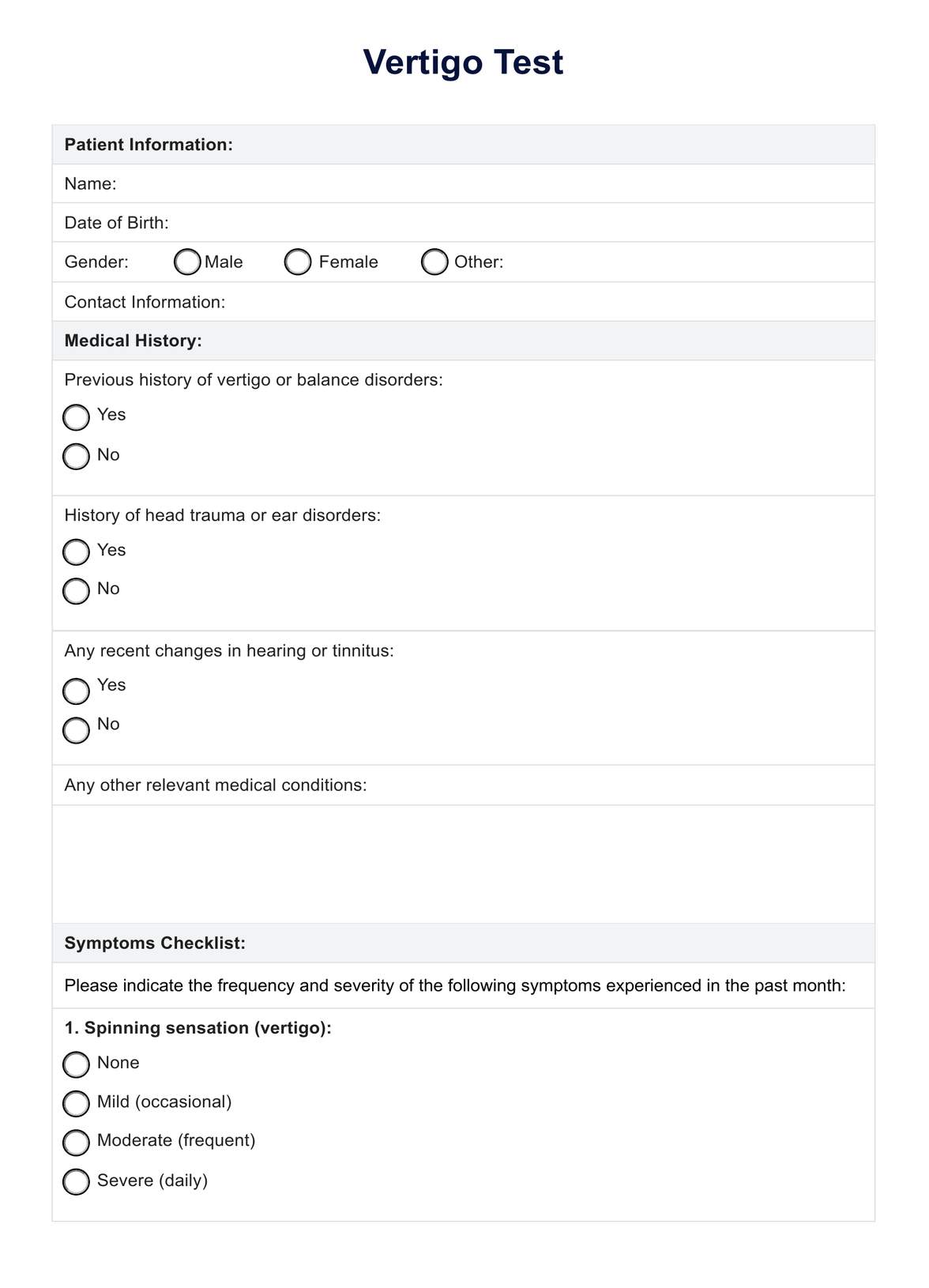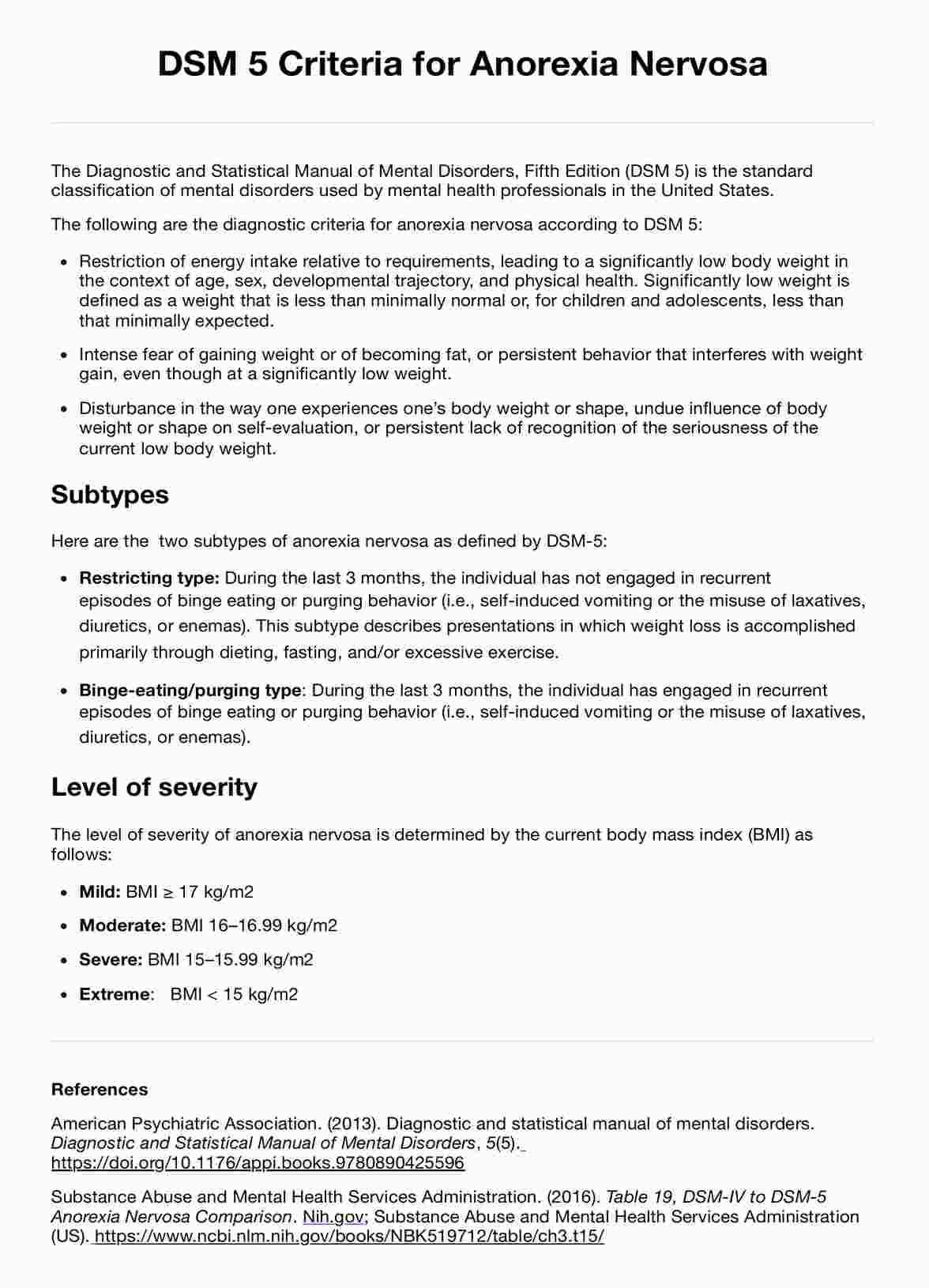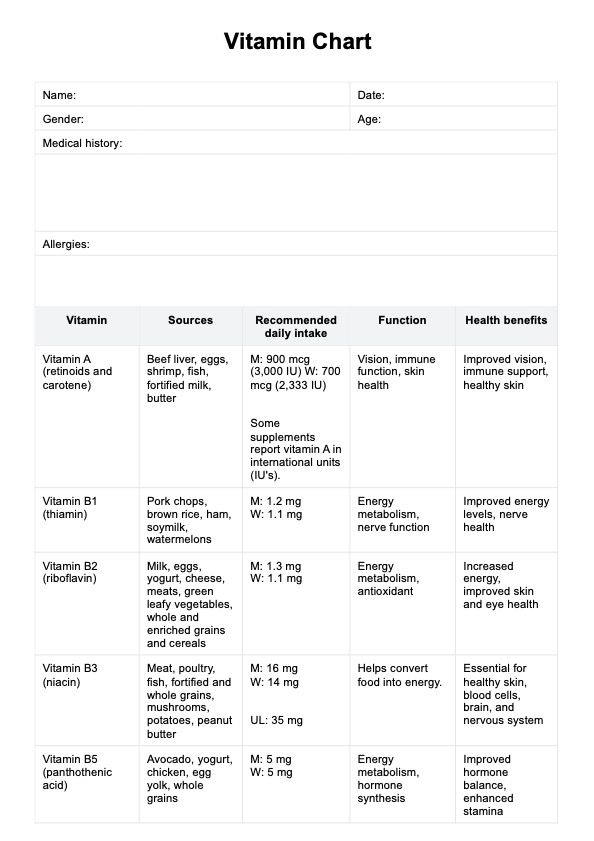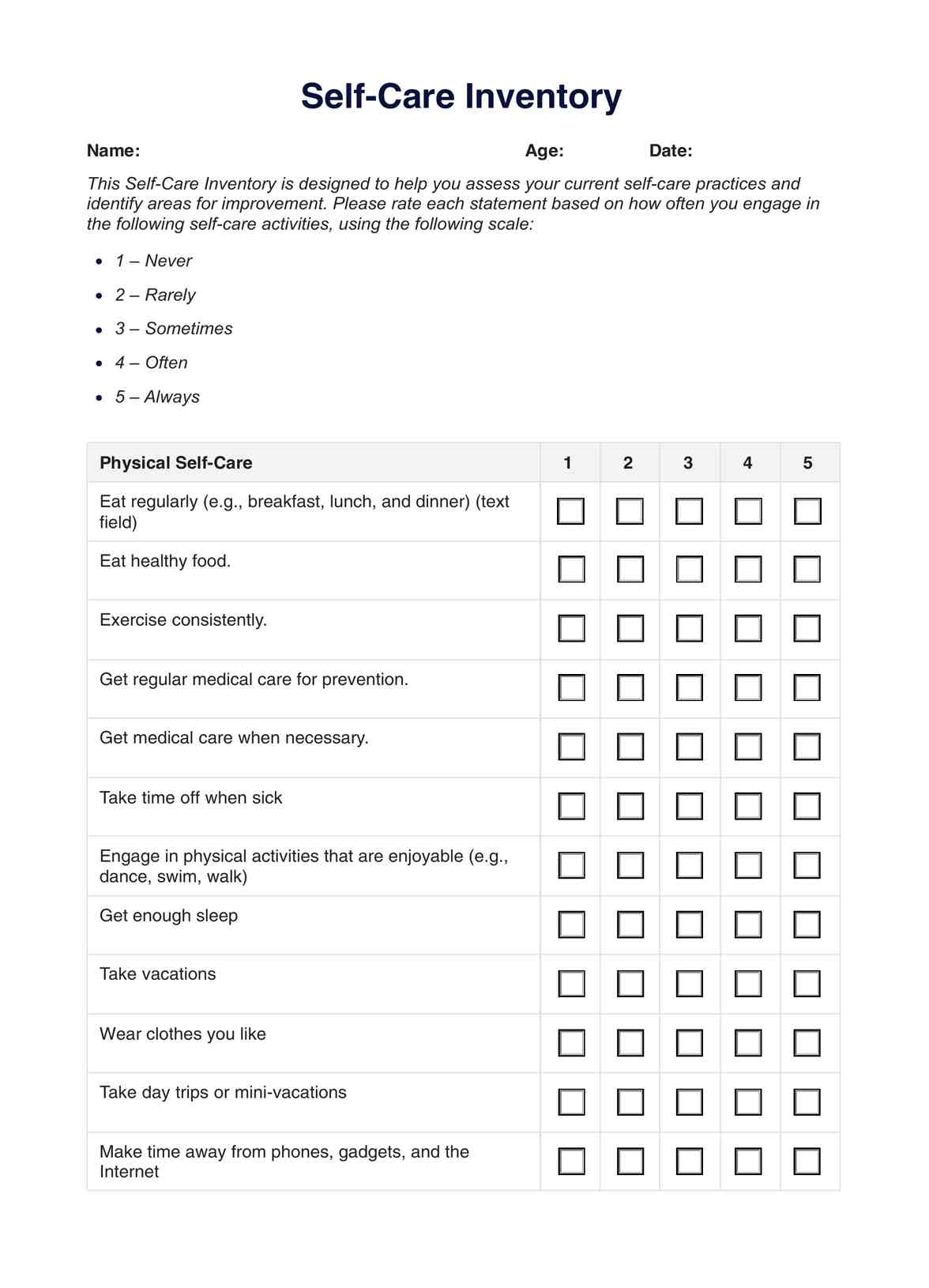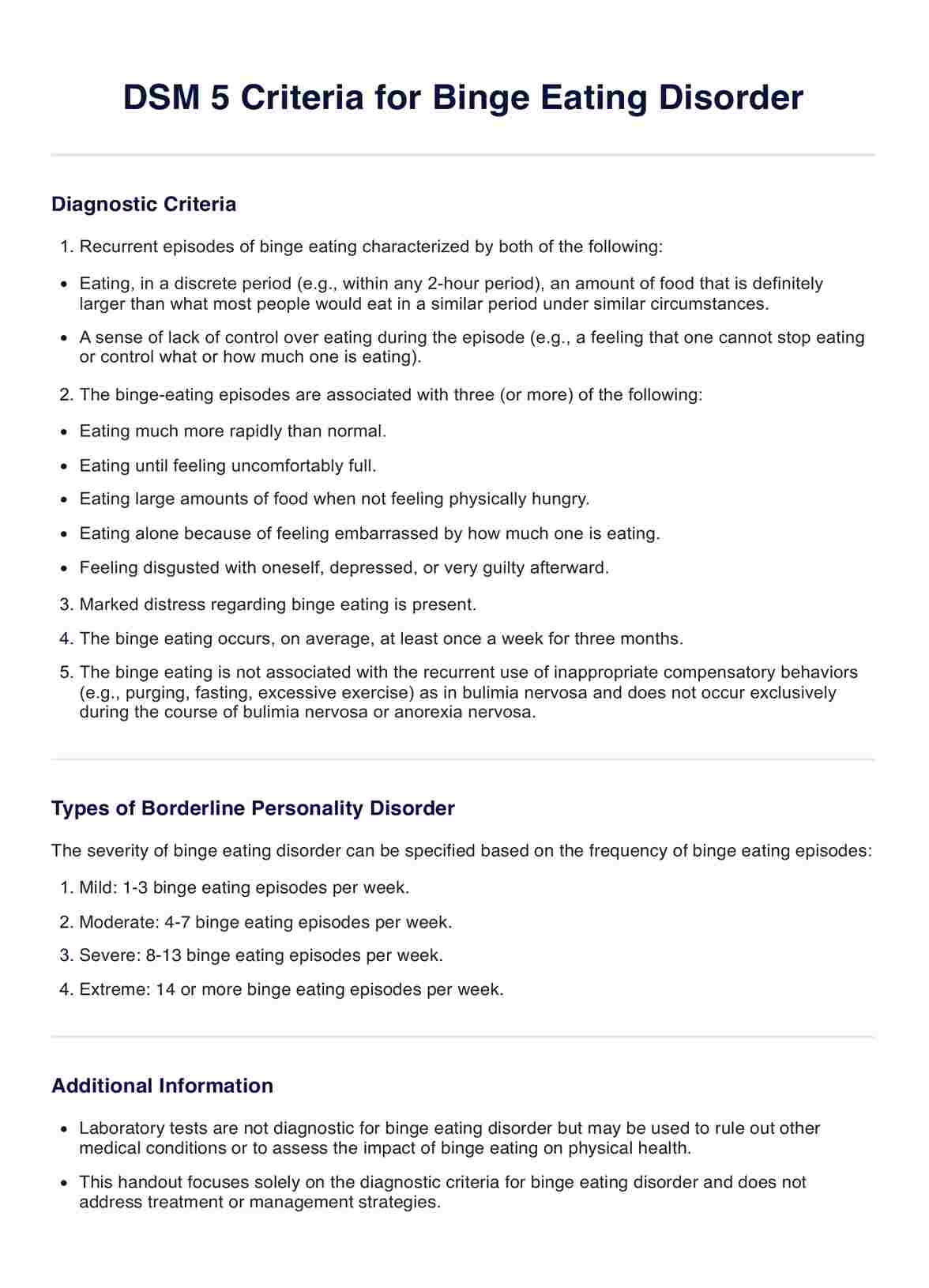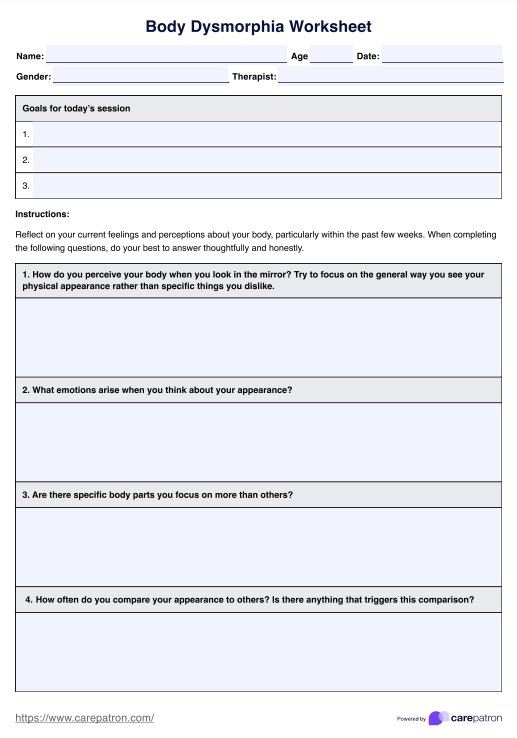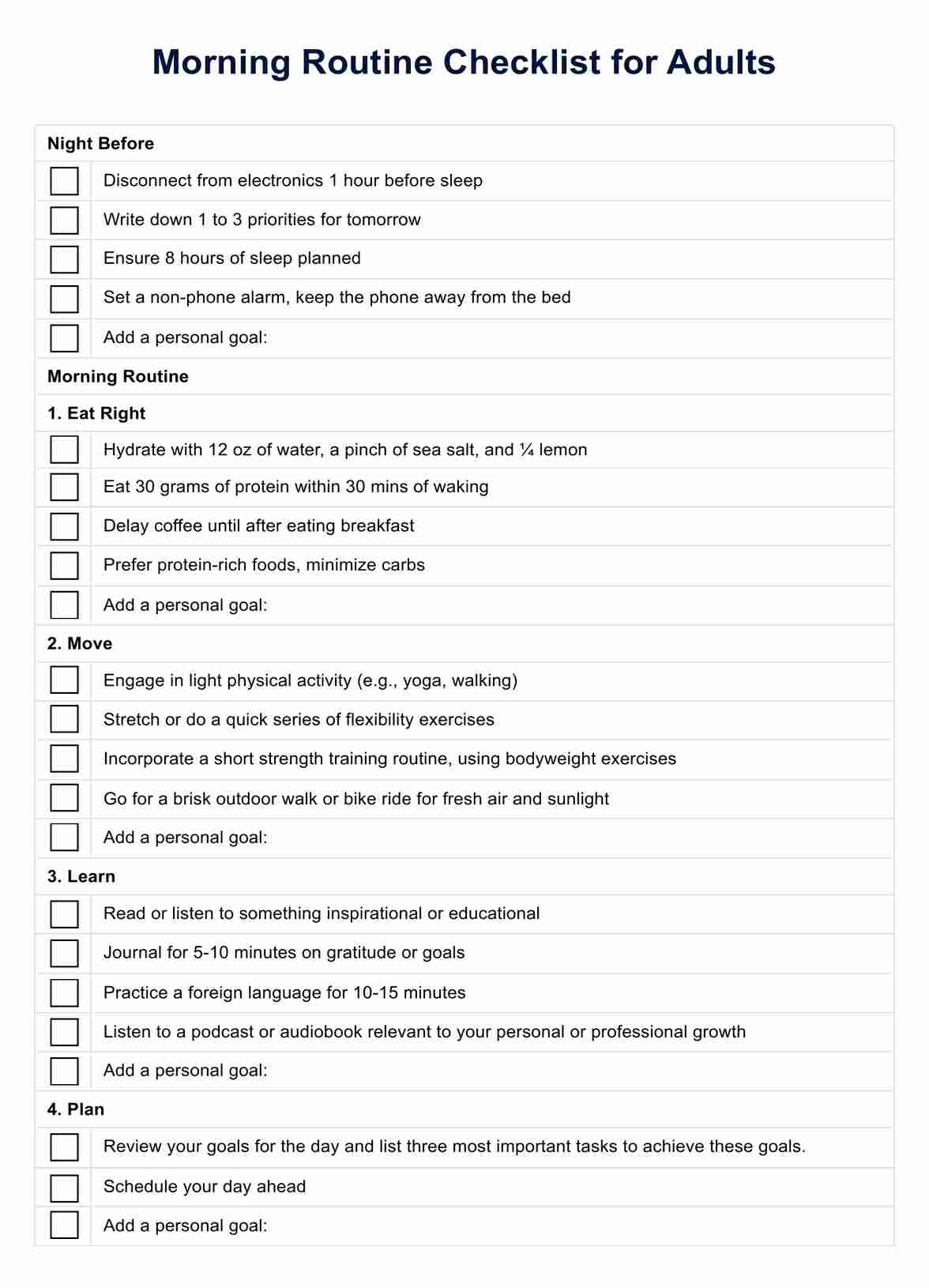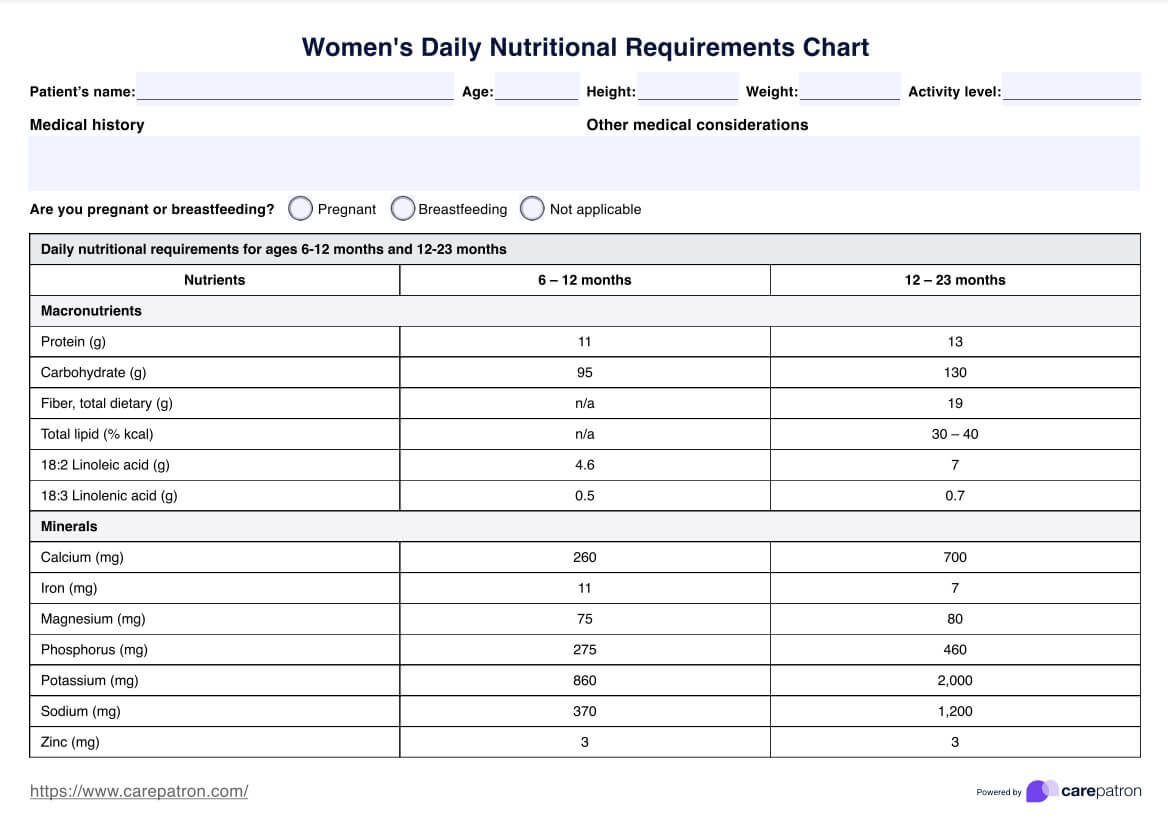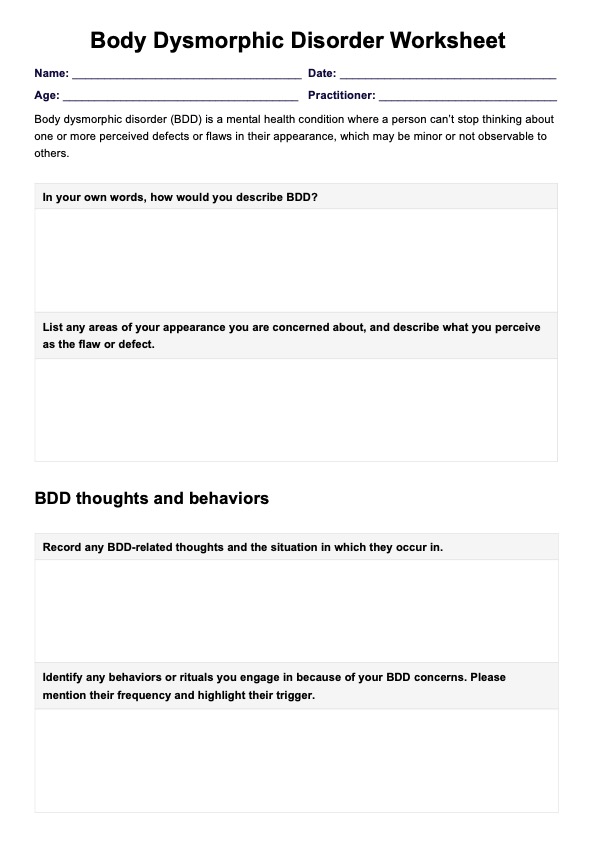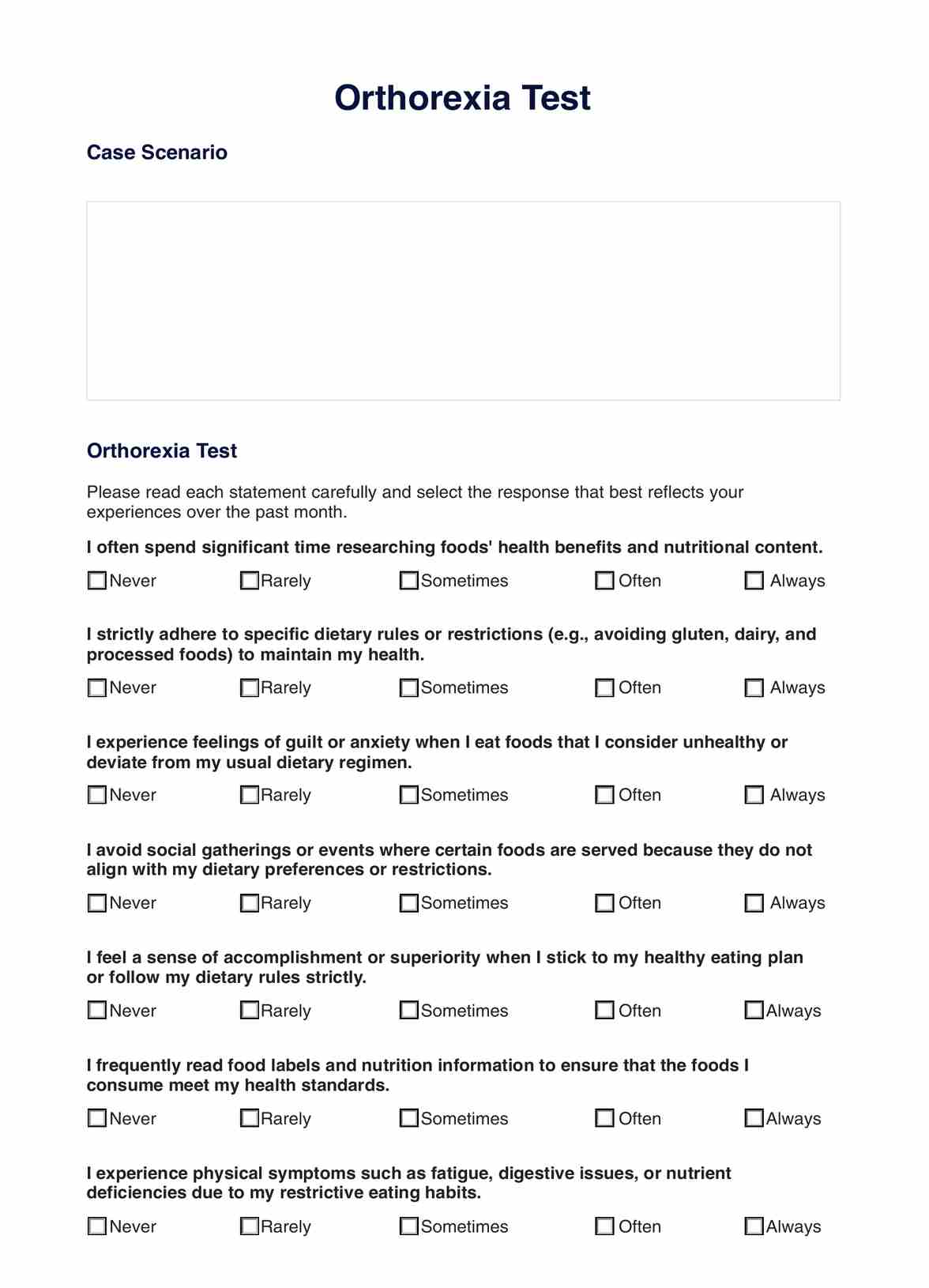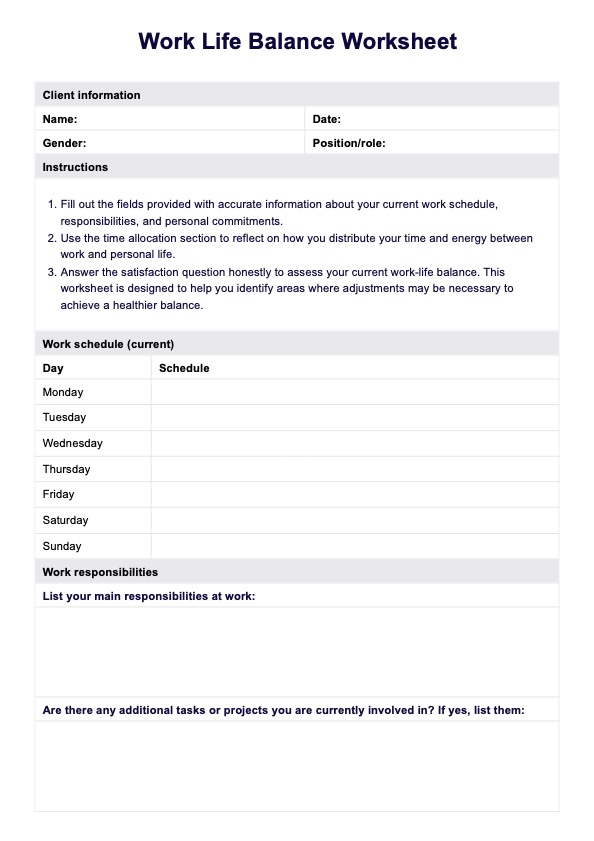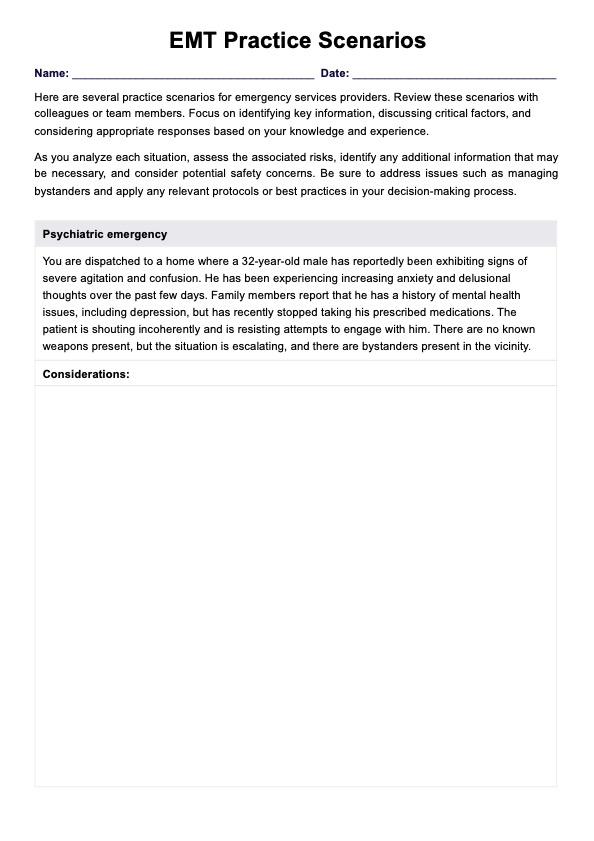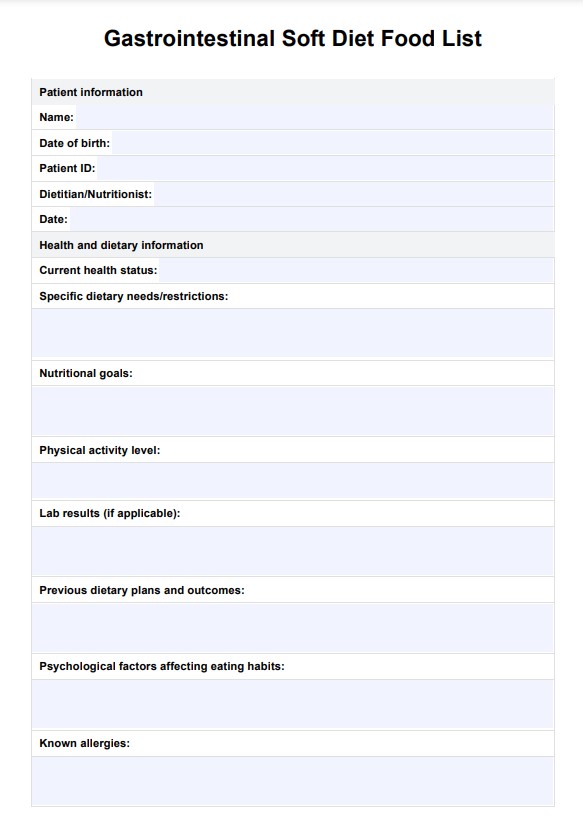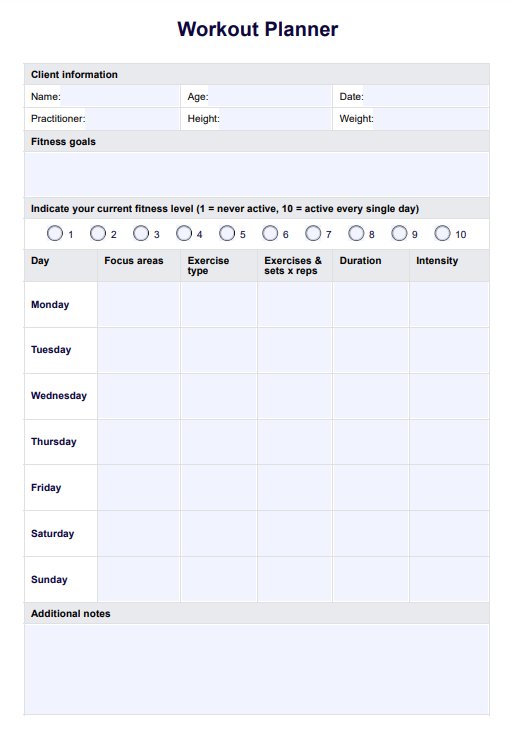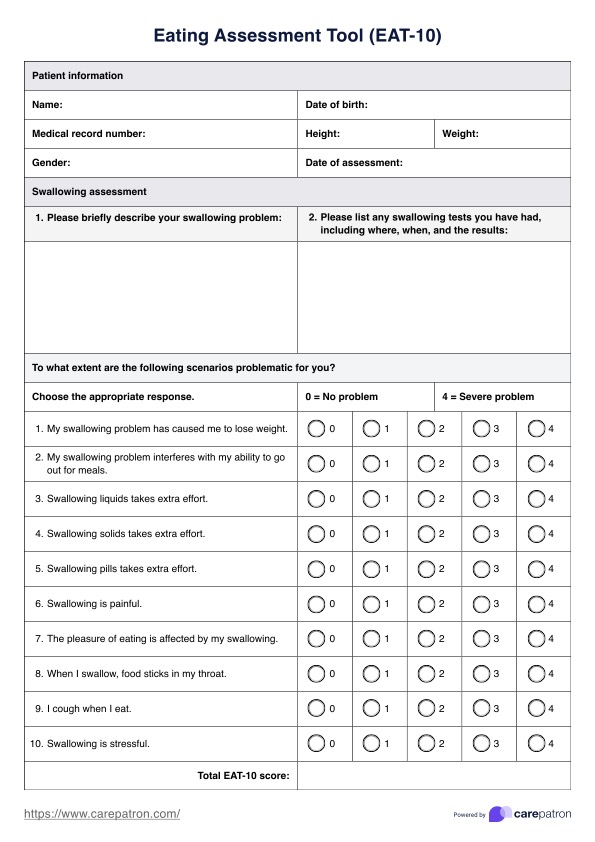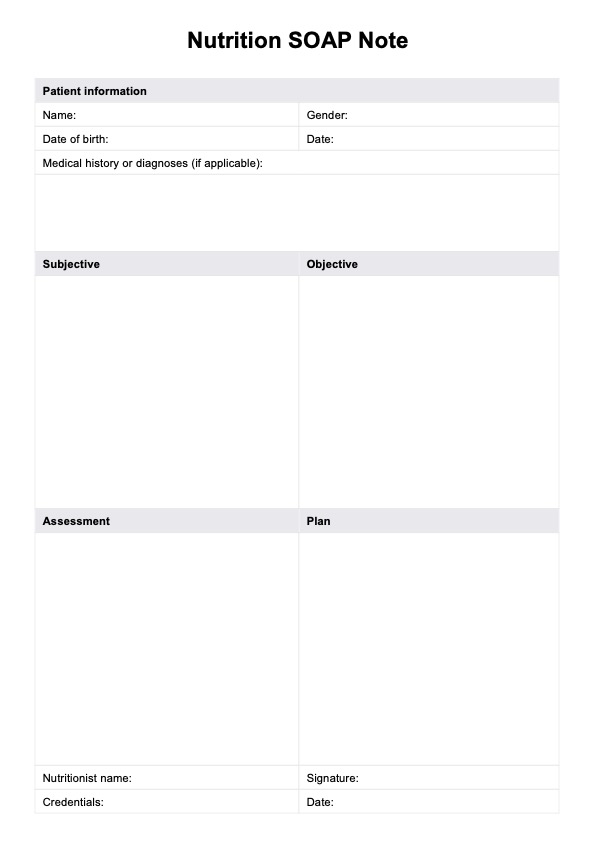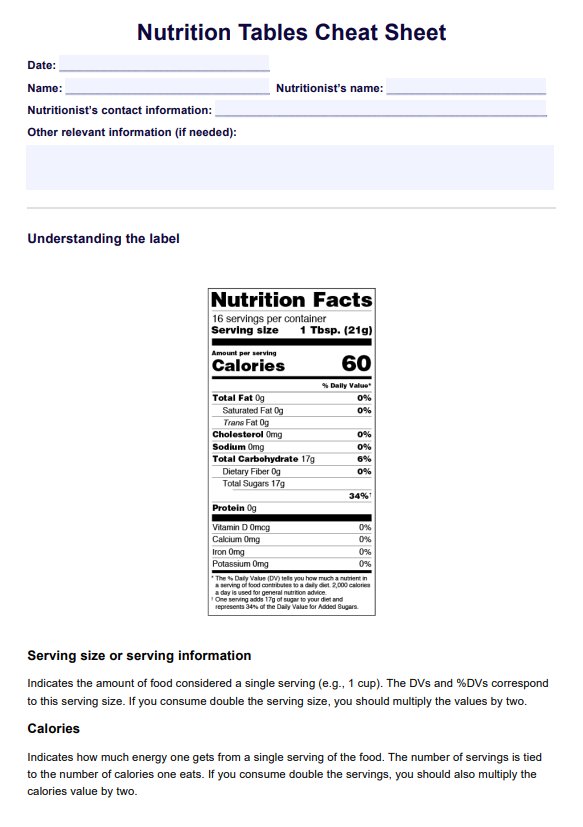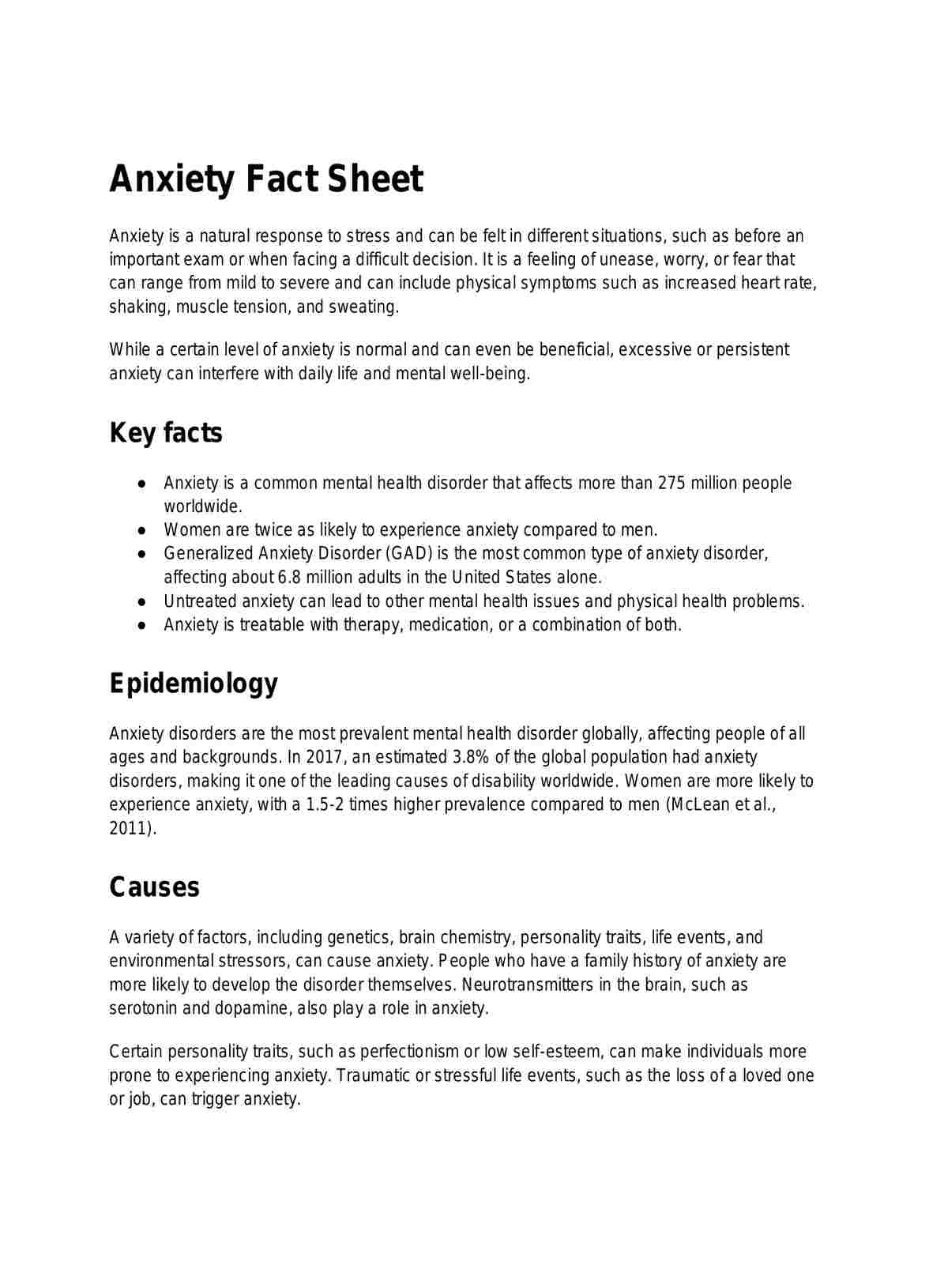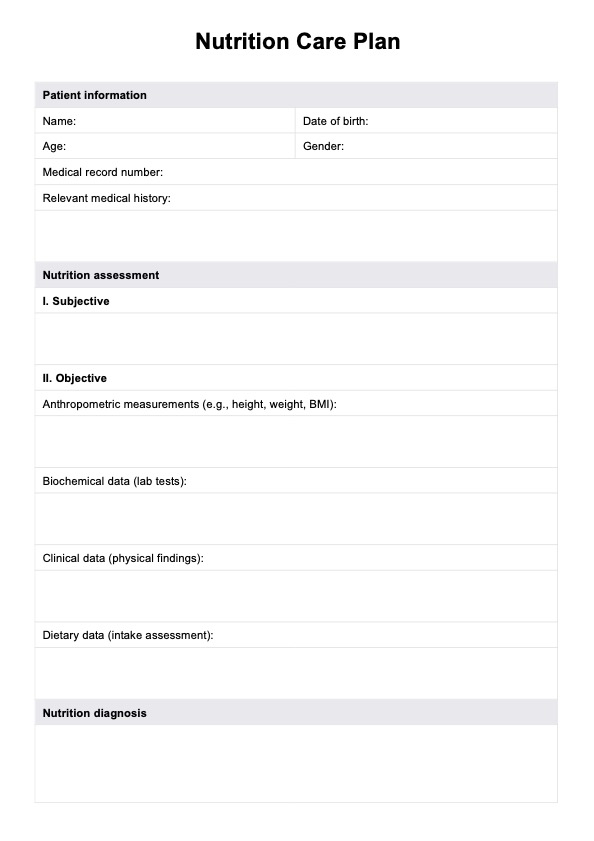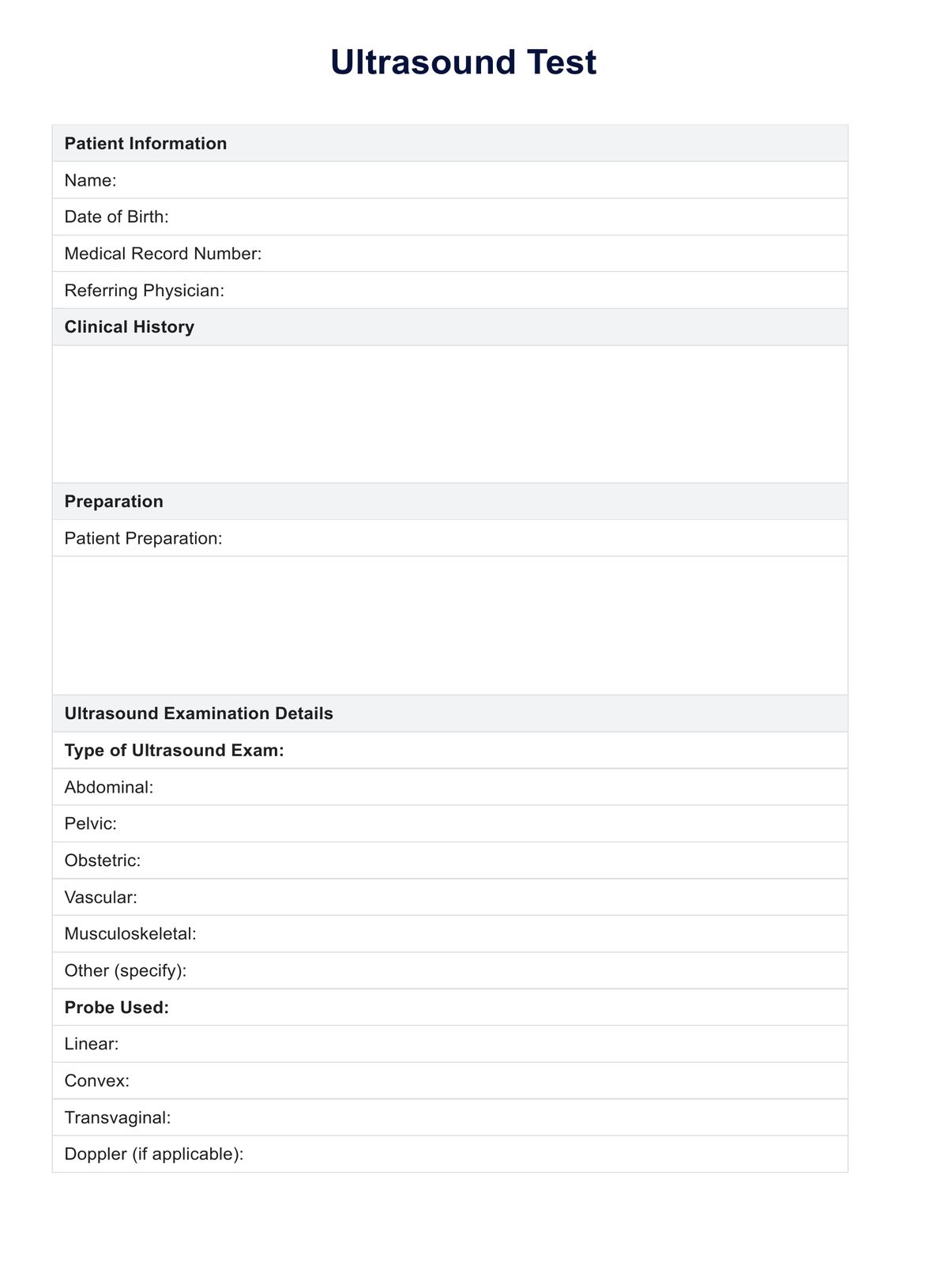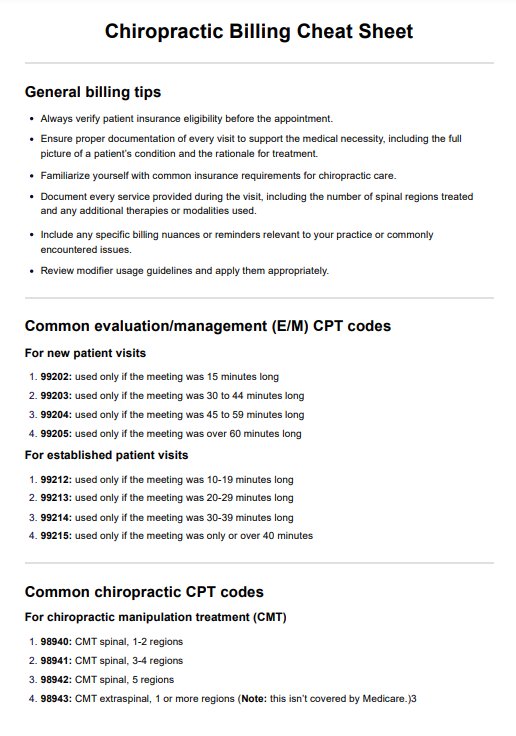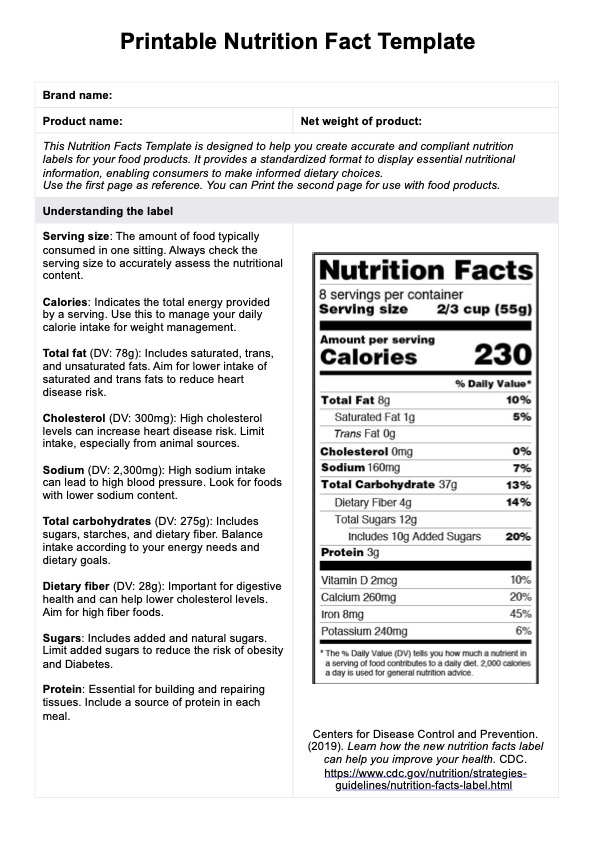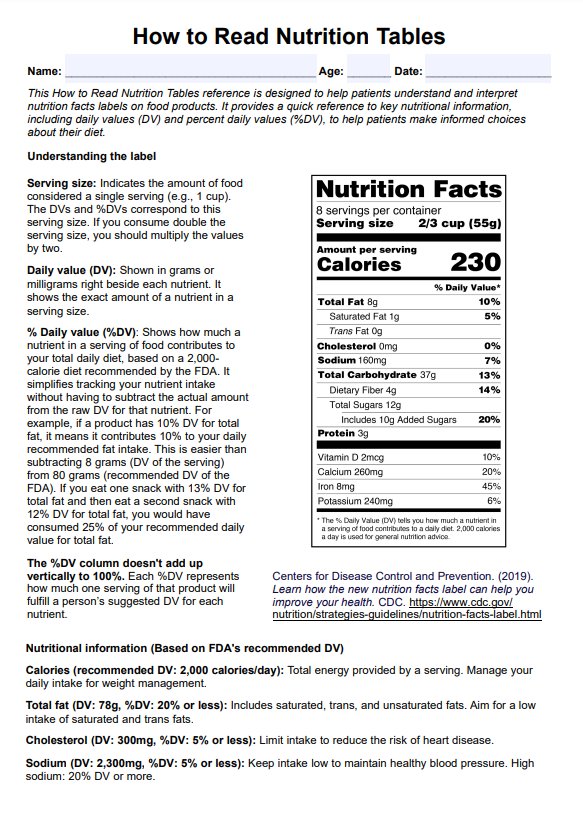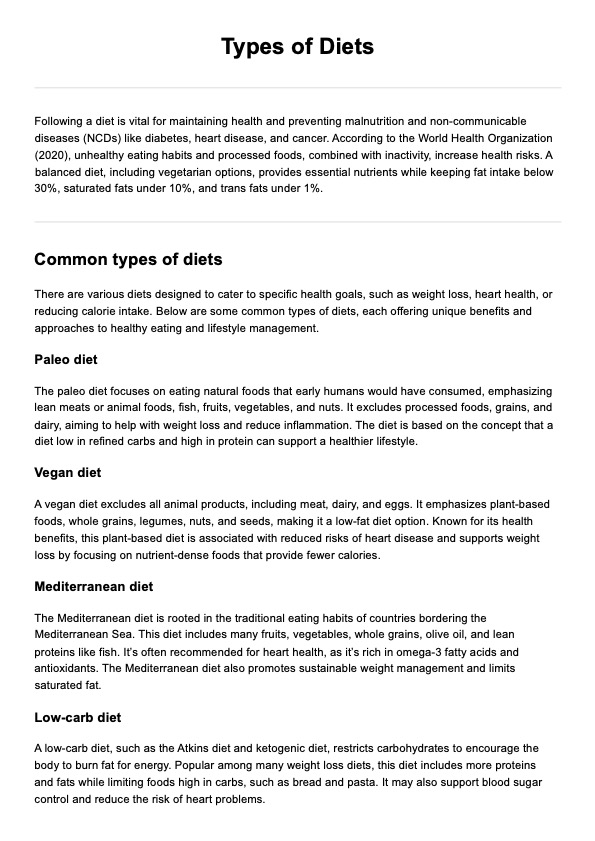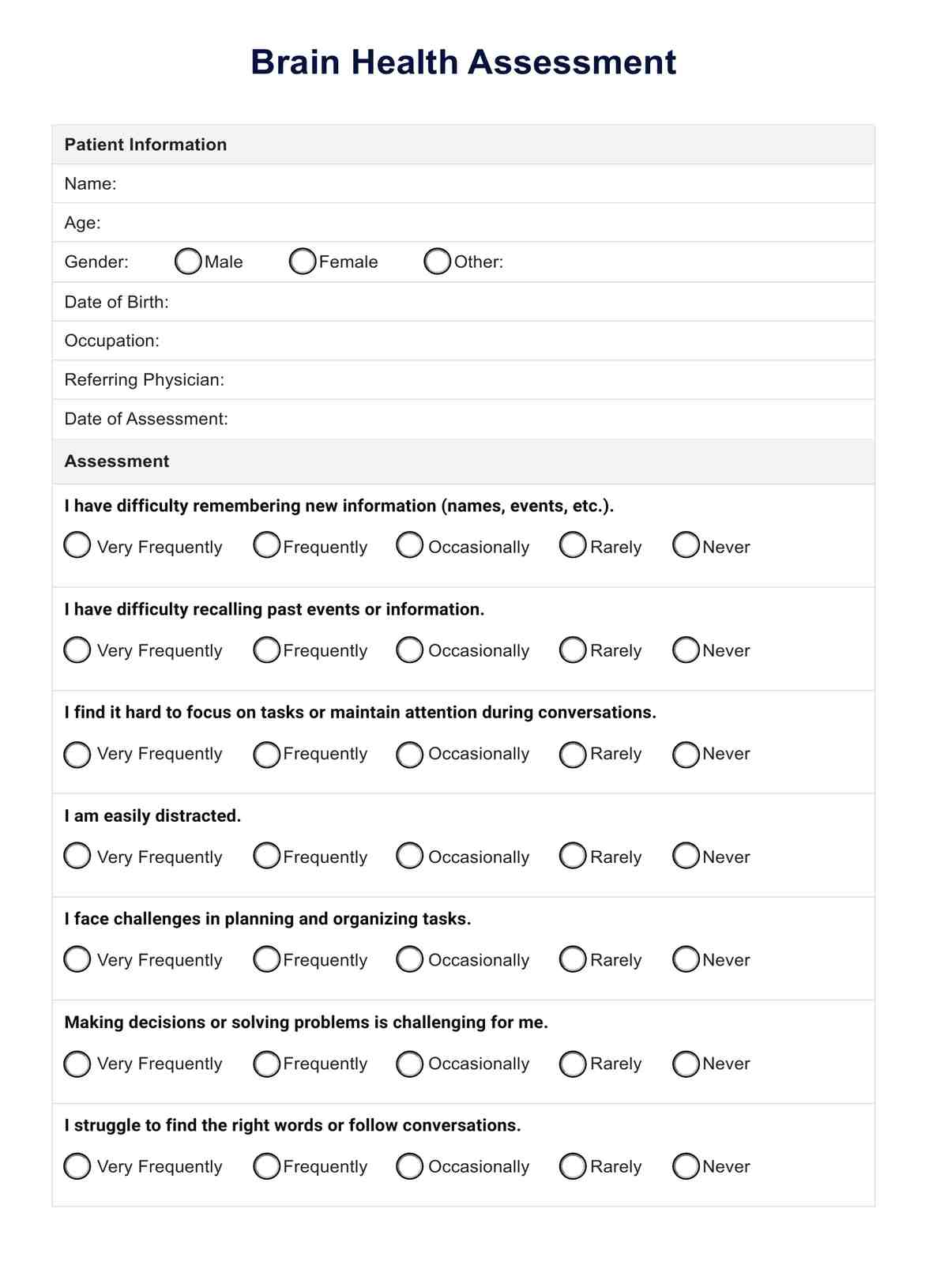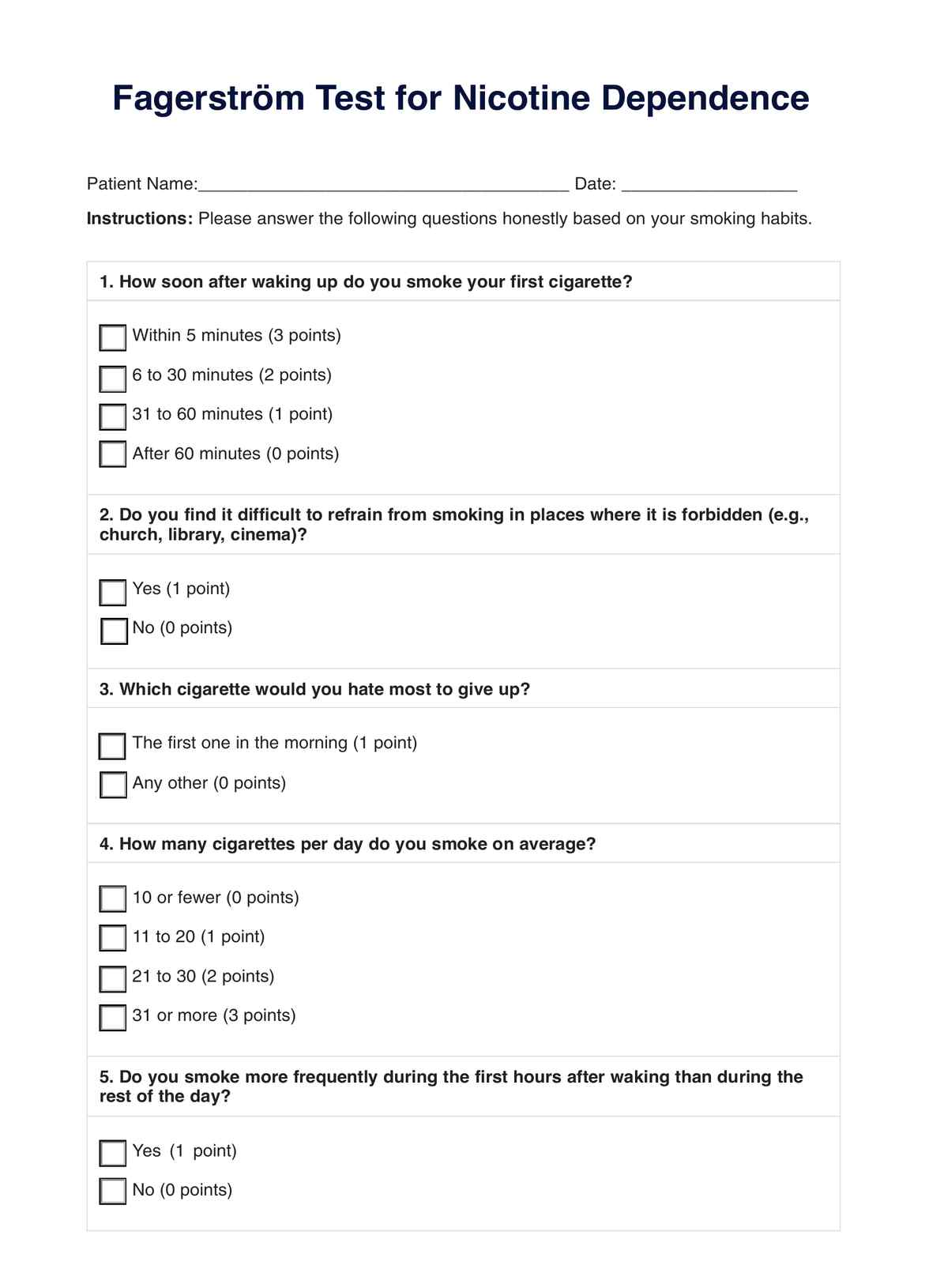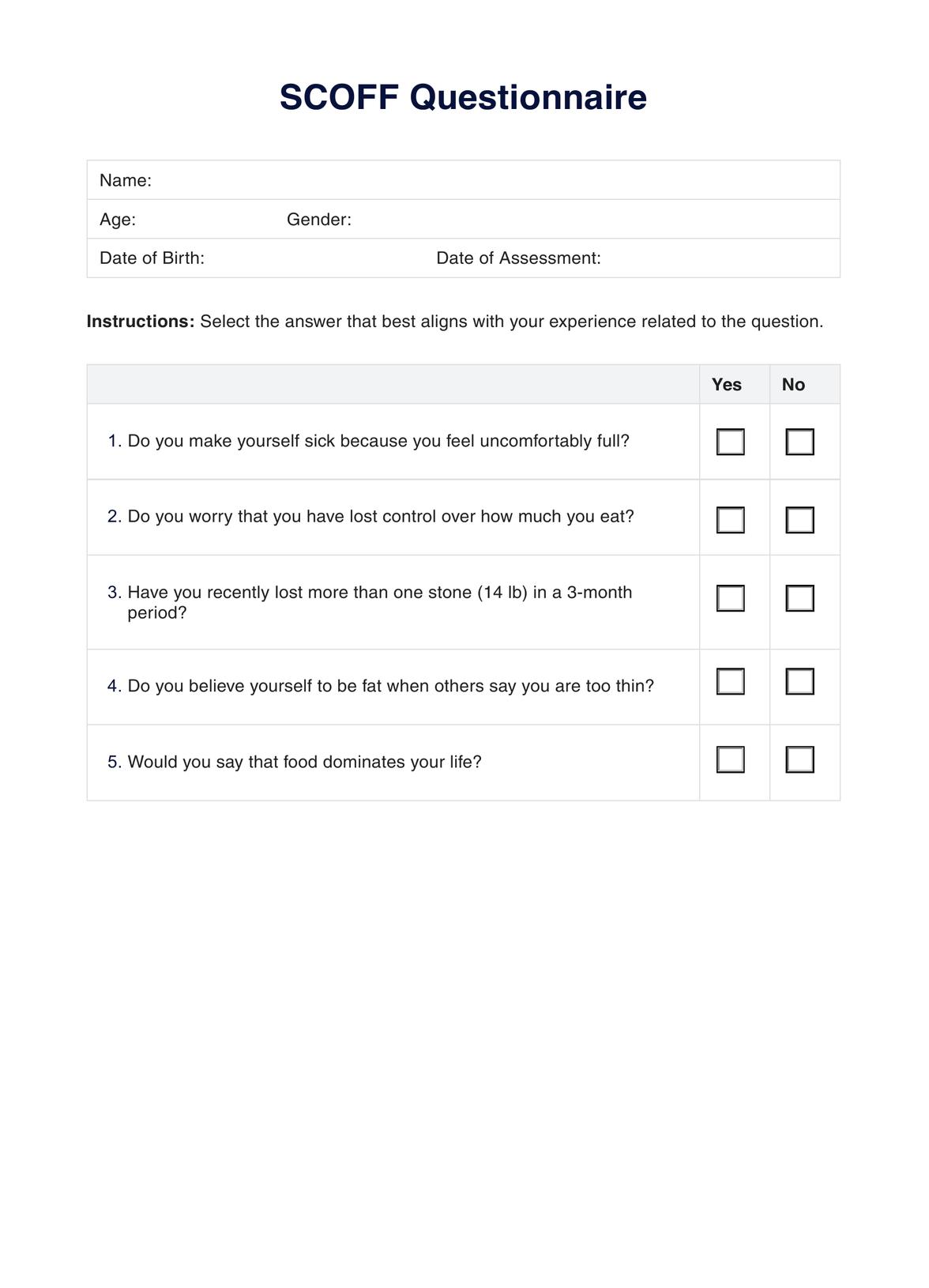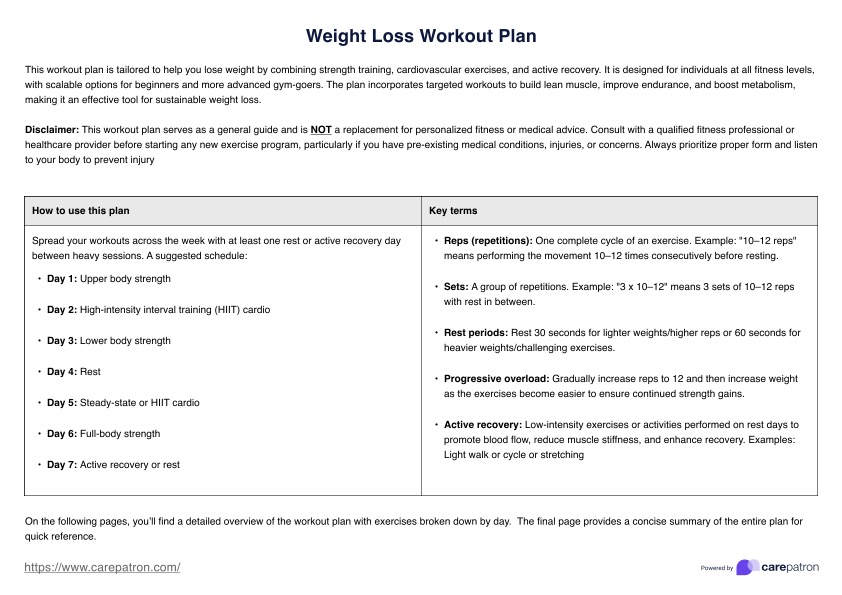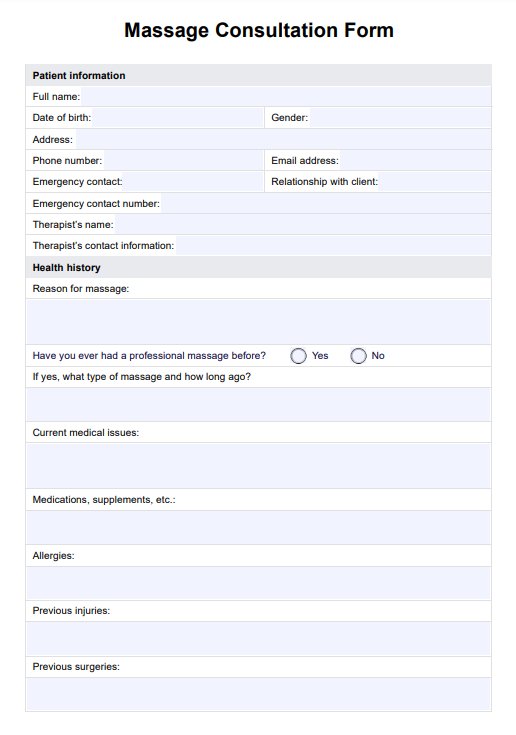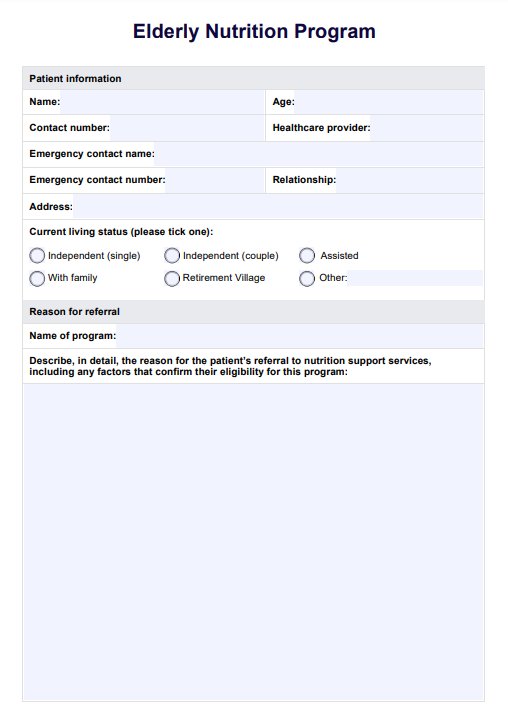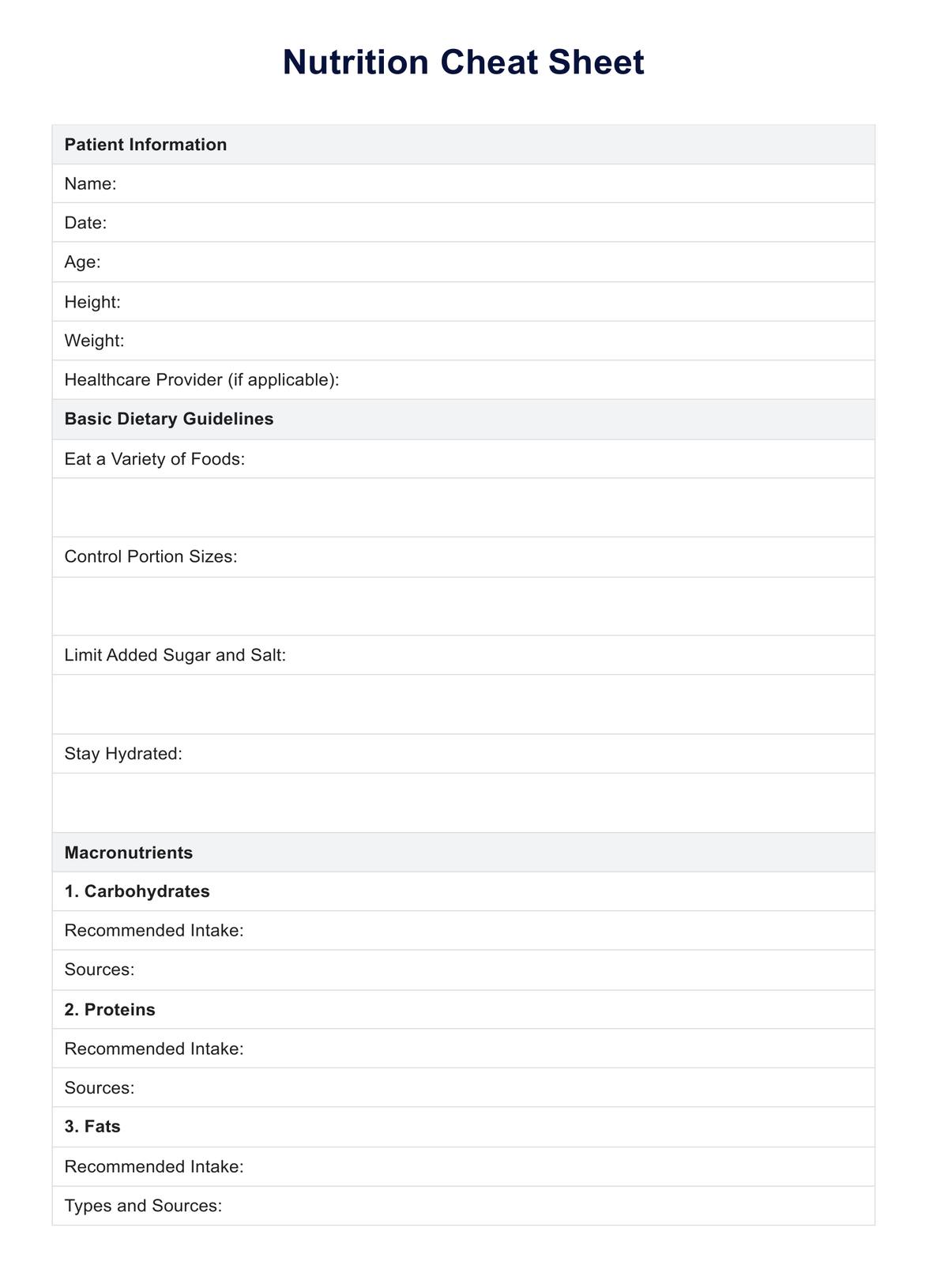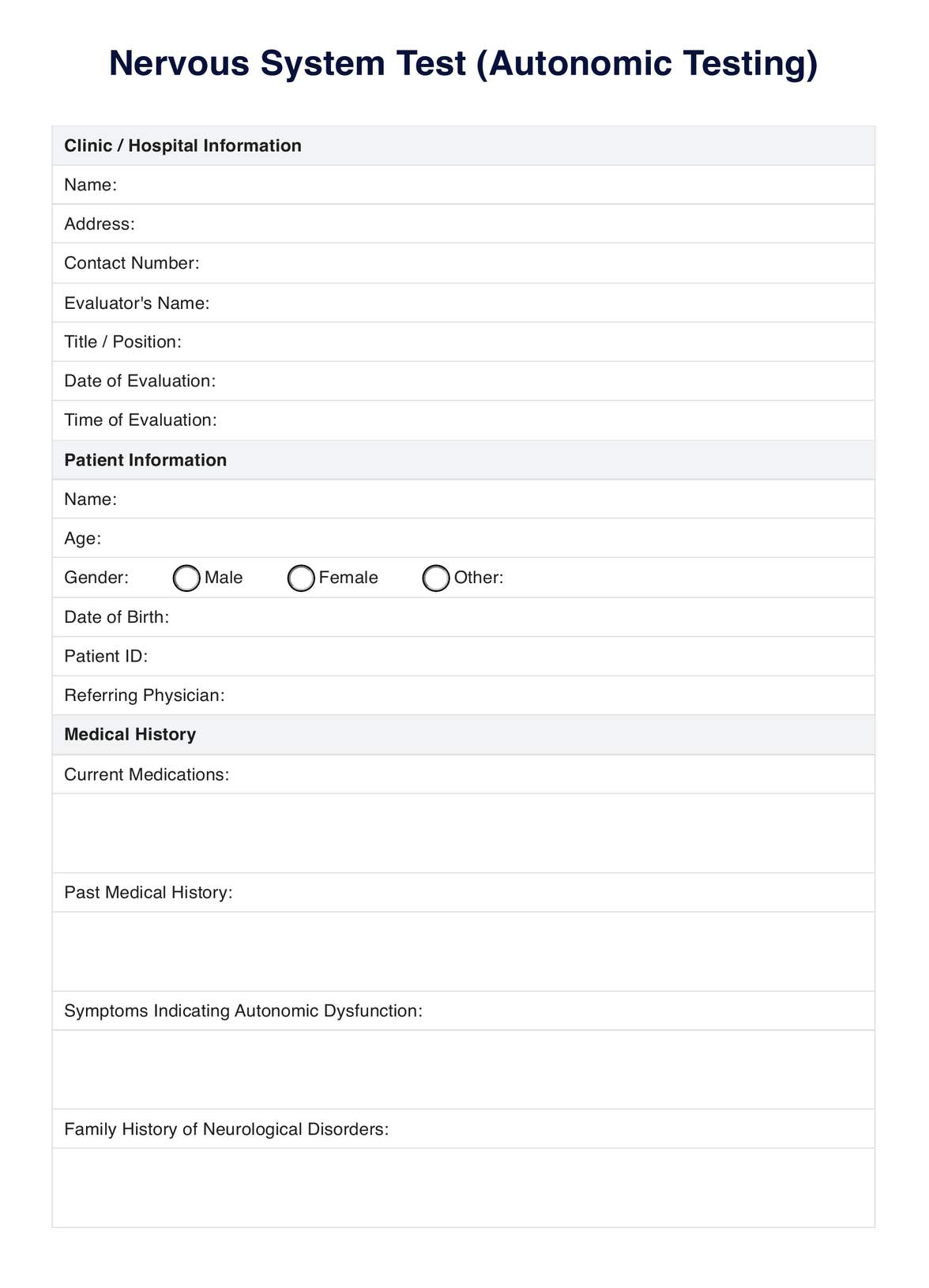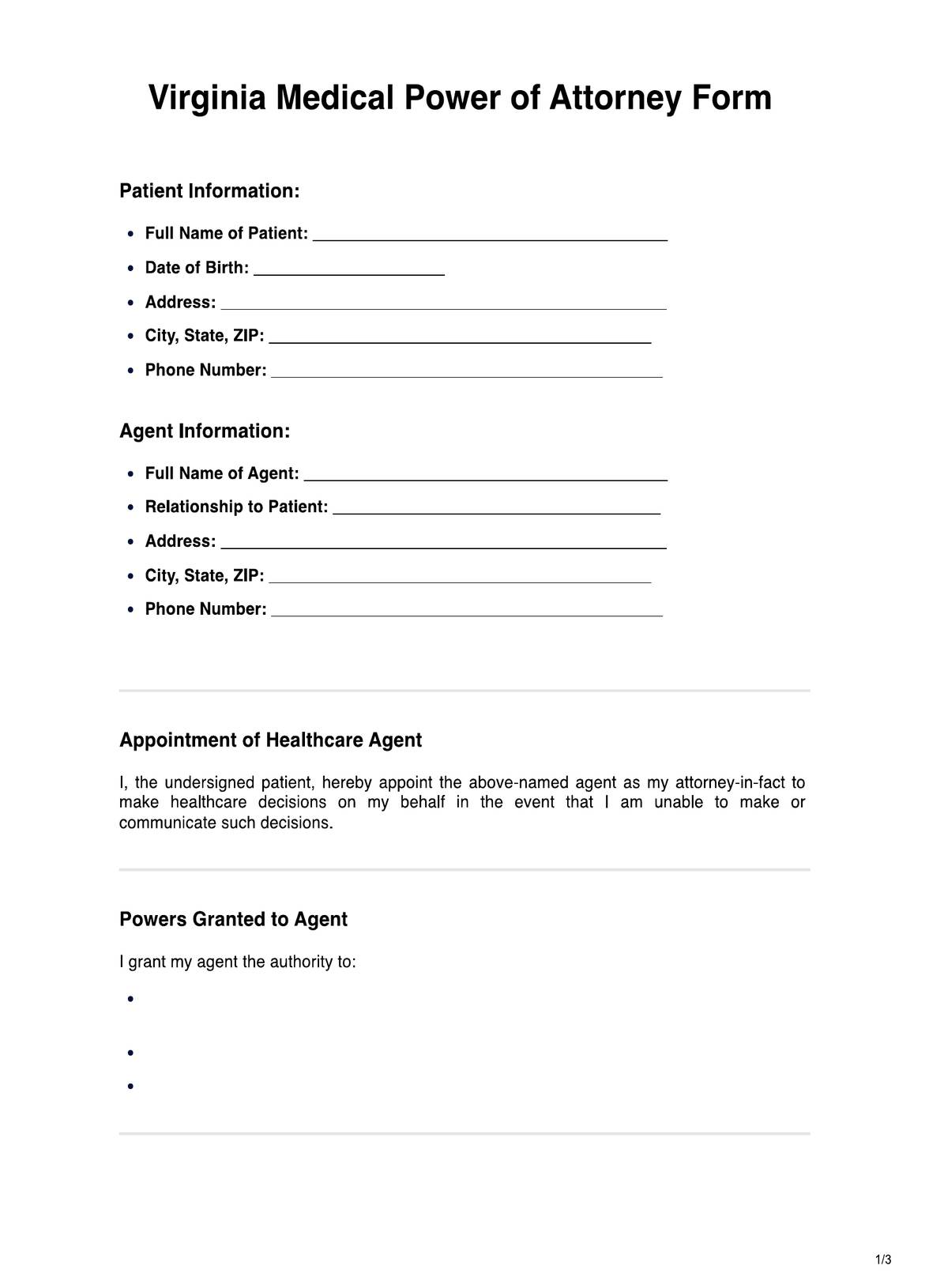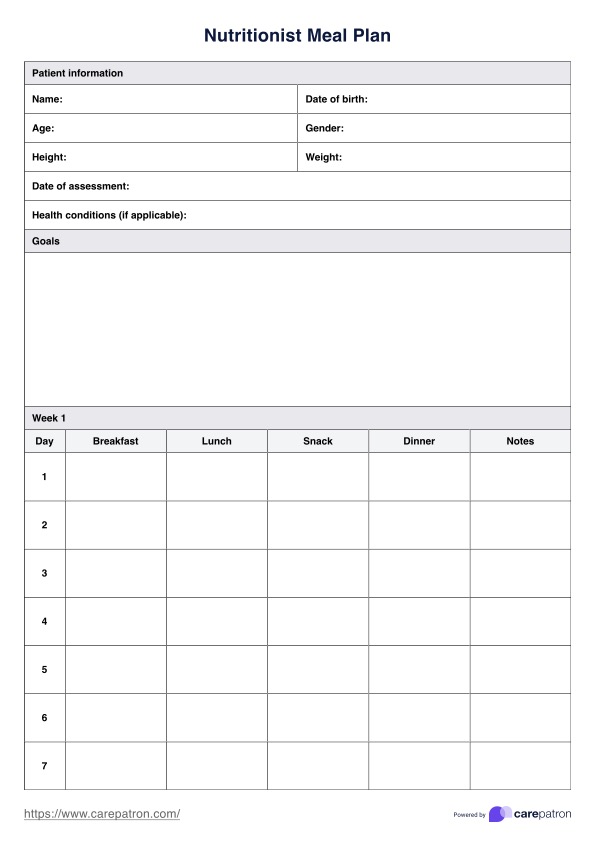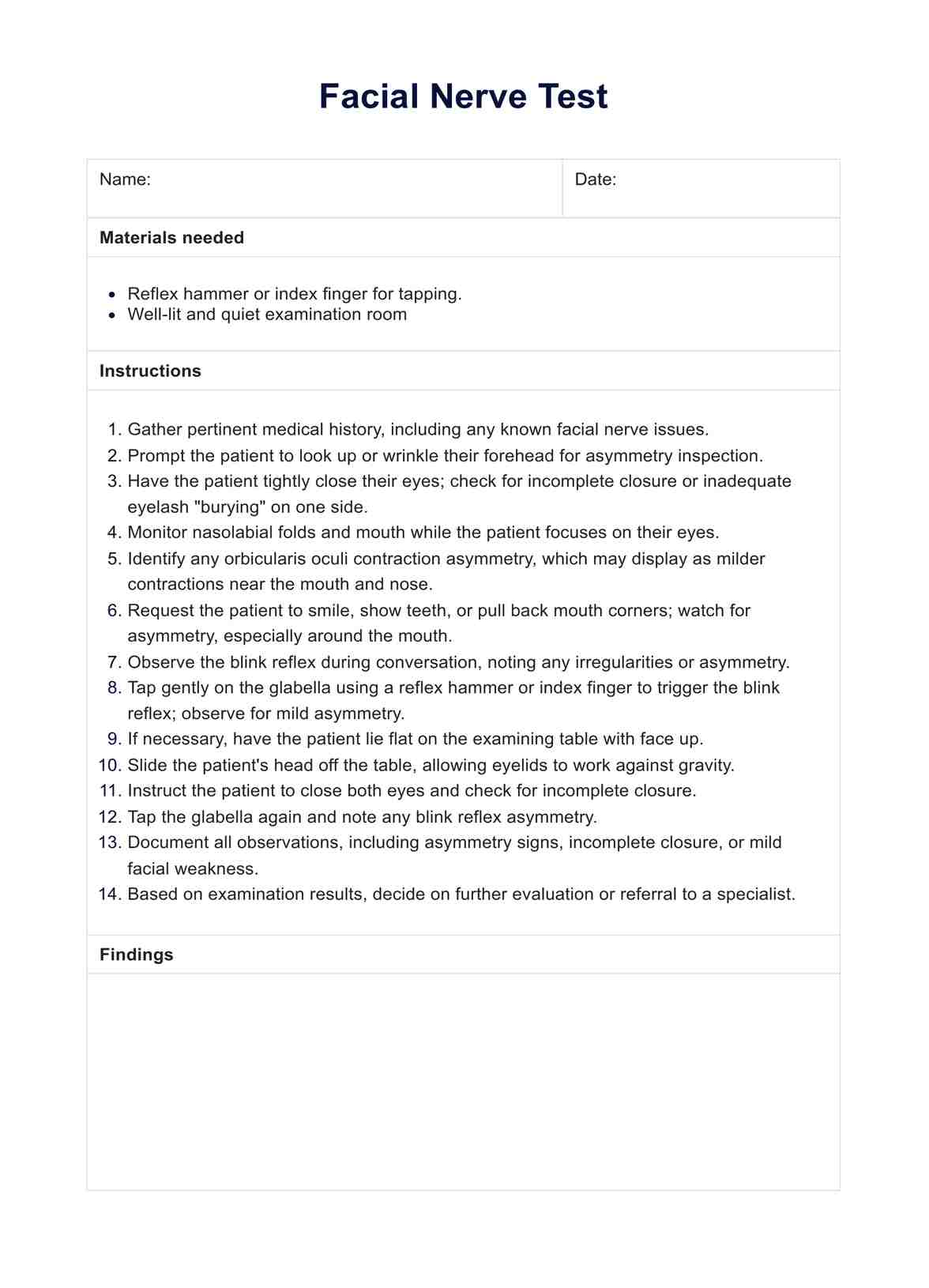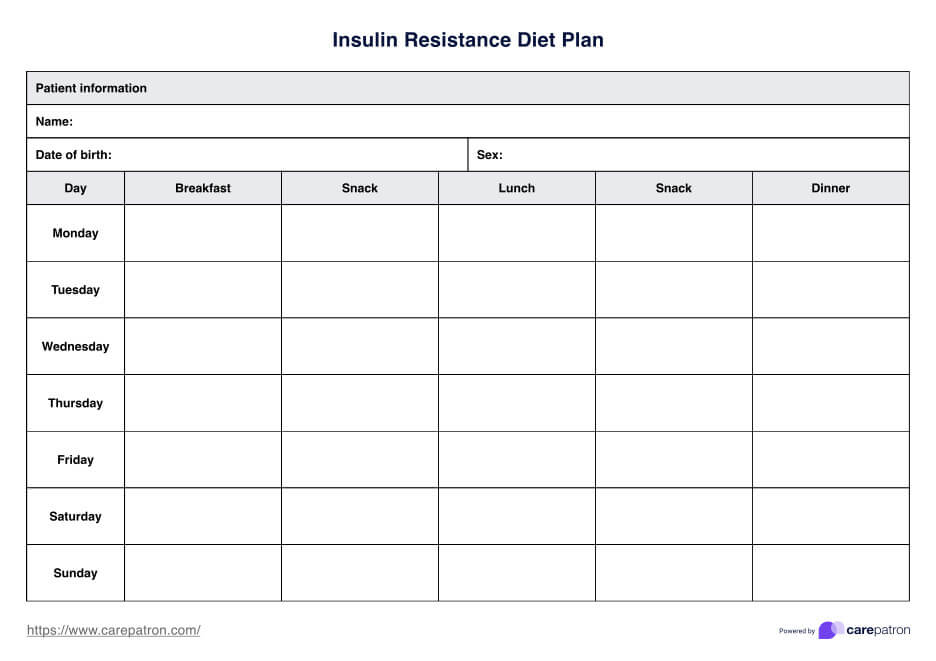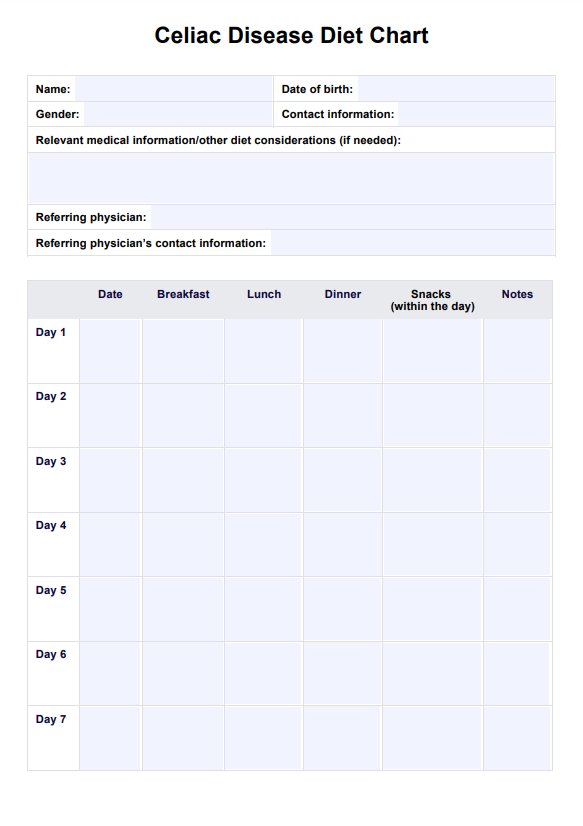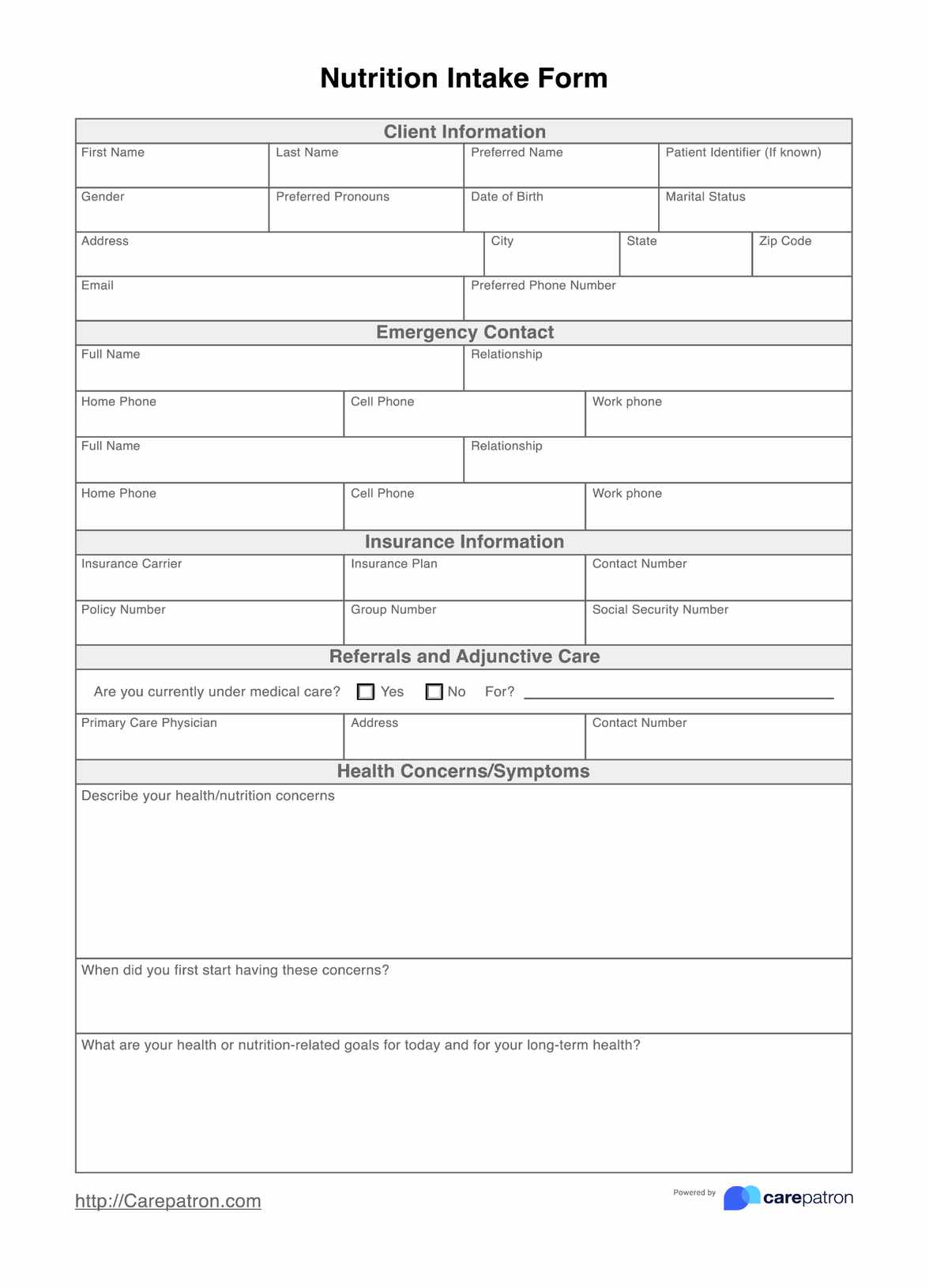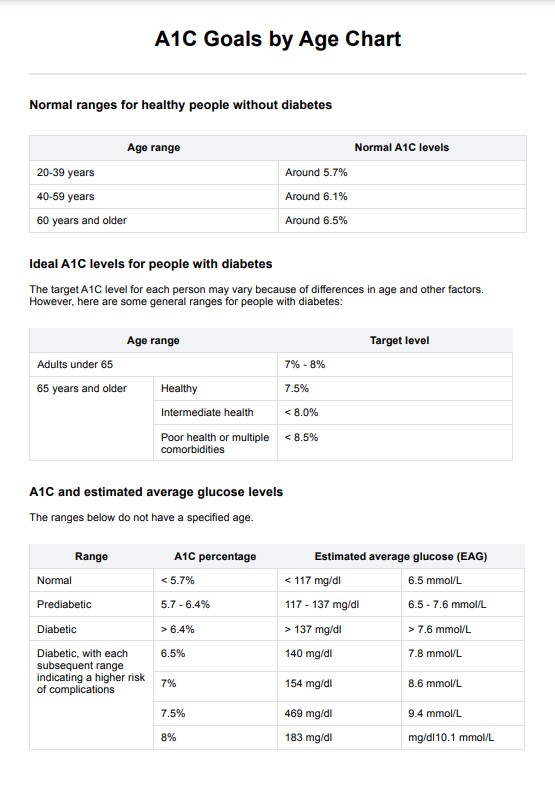Food Intolerance Symptoms Chart
Access our Food Intolerance Symptoms Chart template, a helpful diagnostic tool for easily managing dietary sensitivities.


What is a Food Intolerance Symptoms Chart template?
A Food Intolerance Symptoms Chart template is a valuable visual aid for healthcare professionals assessing a patient's symptoms of food sensitivities or intolerances. It is particularly beneficial during patient consultations to identify potential symptoms linked to food intolerance. The chart features a detailed human body illustration, enabling precise localization of symptoms.
The chart also provides an extensive list of possible food sensitivity symptoms. Common symptoms of food sensitivities and intolerances are diverse, including gastrointestinal issues like bloating and abdominal pain, dermatological reactions including eczema and hives, respiratory problems such as asthma and nasal congestion, and systemic symptoms like fatigue and joint pain.
Often patients may not know to attribute their symptoms to the offending food, especially for subtle irritants like food additives. Medical professionals need to be able to identify food intolerances and precisely map the resulting symptoms.
This template's standout feature is its dual role as a diagnostic and educational resource. It clarifies the complex relationship between symptoms and diet, making it an indispensable asset in diagnosing and managing food intolerances. It significantly improves a patient's understanding of their symptoms and their connection to dietary habits, highlighting the intricate interplay between diet and overall health.
Food Intolerance Symptoms Chart Template
Food Intolerance Symptoms Chart Example
How does it work?
Here's a step-by-step guide to accessing and effectively utilizing the chart:
Step 1: Access the Food Intolerance Symptoms Chart
Click the "Use template" button on this page to open the Food Intolerance Symptoms Chart template on the Carepatron app, where you can customize it before filling or printing it. The chart is designed for easy digital interaction or to be printed for consultations. If you want a ready-to-use but non-customizable PDF, click "Download."
Step 2: Understand the structure of the chart
Familiarise yourself with the chart and its layout, which includes a detailed human body illustration and lists of potential symptoms. Identify the key components or symptoms and the areas they affect on the diagram. This includes gastrointestinal, dermatological, respiratory, dermatological, and musculoskeletal systems.
Step 3: Utilize the chart to identify food intolerance
Refer to the chart to systematically record the symptoms the patient has experienced. Note the body systems affected. If the reported symptoms are highly consistent with the symptoms on the chart, this indicates a food intolerance.
Step 4: Review and educate using the documented symptoms
Employ the chart in collaborative team reviews or when discussing results with patients. The structured format aids in clear communication and analysis, helping patients recognize how allergic reactions or food intolerances manifest in their bodies. The visual diagram is great for educating younger patients, too.
By following these steps, healthcare professionals and educators can effectively use the Food Intolerance Symptoms Chart for diagnosis, management, and education about food intolerances.
When would you use this template?
The Food Intolerance Symptoms Chart Template is an essential tool designed for a range of practitioners within the healthcare and nutrition sectors. This resource is particularly useful for dietitians, nutritionists, general practitioners, allergists, and gastroenterologists. It is most effectively utilized in situations where a patient presents with symptoms that could be indicative of food intolerance.
For initial consultations
When first meeting with a patient with undiagnosed symptoms potentially related to food intake, this template serves as an invaluable starting point. It helps in systematically charting symptoms and their possible correlation with dietary habits. Providing a visual representation of symptoms assists practitioners in quickly identifying patterns that might suggest food intolerance.
In dietary assessment and counseling
Nutritionists and dietitians can use this chart to link symptoms with specific foods or food groups during dietary assessments. This can be instrumental in formulating personalized diet plans that eliminate or reduce exposure to potential triggers.
In gastroenterological evaluations
Gastroenterologists may find this template useful when diagnosing conditions like irritable bowel syndrome (IBS) or non-celiac gluten sensitivity, where symptoms can overlap with those of food intolerance. The chart aids in distinguishing these conditions based on symptom presentation and dietary links.
For educational purposes
Educators in the field of nutrition and dietetics can use this chart as a teaching aid to help students understand the complexities of food intolerance, symptom identification, and dietary management.
In ongoing patient management
This template is not only useful for initial diagnosis but also for ongoing patient management. Regular use during follow-up appointments helps track changes in symptoms and the effectiveness of dietary modifications.
The Food Intolerance Symptoms Chart Template is a versatile and valuable resource for healthcare professionals. Its use facilitates a more informed, efficient, and patient-centric approach to diagnosing and managing food intolerances, making it a crucial component in clinical and educational settings.
What is included in the template?
Our Food Intolerance Symptoms Chart Template helps in understanding the complex relationship between food intake and physical symptoms. To do so, this chart includes symptoms that affect various systems, such as mild gastrointestinal discomfort to more severe systemic reactions, each providing crucial insights into how certain foods affect an individual's body.
Gastrointestinal symptoms
One of the most frequent findings is the presence of gastrointestinal symptoms like bloating, gas, abdominal pain, diarrhea, and constipation. These symptoms often indicate that certain foods may not be well-tolerated, potentially due to enzyme deficiencies (such as lactase deficiency in lactose intolerance) or sensitivities to food additives.
Dermatological reactions
The emergence of skin-related issues, such as eczema, hives, or rashes, can also be significant. These reactions might suggest an intolerance to specific food compounds, like histamines in certain cheeses or preservatives in processed foods.
Respiratory symptoms
Respiratory issues, including wheezing, coughing, or nasal congestion, might be linked to food intolerances, particularly in cases where these symptoms consistently follow the consumption of certain foods.
Systemic responses
Generalized symptoms such as fatigue, joint pain, or headaches can be more challenging to correlate directly with food intolerances but may indicate a broader systemic reaction to certain dietary components.
When interpreting these results, it's crucial to consider the frequency and severity of symptoms in relation to food intake. A consistent pattern of symptoms following the consumption of specific foods is a strong indicator of intolerance. However, it's important to note that these symptoms can also be caused by other health issues, making a comprehensive evaluation essential.
What are the benefits of the Food Intolerance Symptoms Chart?
Here's how you can benefit from using this template in your practice:
Enhanced diagnostic accuracy
The template helps in systematically identifying and correlating symptoms with food intake, leading to more accurate diagnosis of food intolerances.
Patient engagement
The template fosters greater patient involvement and awareness regarding their health and dietary habits by involving patients in tracking and identifying their symptoms.
Educational value
The template serves as an educational tool, helping both patients and healthcare professionals understand the complexities of food intolerances and the importance of diet in managing these conditions, especially younger patients. Its clear, interactive format for correlating symptoms with dietary factors elevates patient comprehension and fosters a deeper understanding of their physical well-being.
Personalized healthcare
The chart allows for the creation of tailored dietary plans based on individual symptoms and reactions, promoting personalized healthcare.
Efficiency
This template can save time in busy clinical settings by providing a quick and easy way to document and review symptoms related to food intolerance.
In summary, the Food Intolerance Symptoms Chart Template is a valuable tool that can significantly enhance patient care and education regarding food intolerances. However, it is important to be aware of its limitations and to use it as part of a comprehensive diagnostic and treatment approach.
The chart is designed as a supplementary tool that needs to be used in conjunction with other diagnostic methods. Effective use of the template requires food intolerance expertise, which means it is most effective when used by or under the guidance of healthcare professionals. In cases of complex medical conditions or severe food allergies, this template may not be sufficient or appropriate for use.
Commonly asked questions
The Food Intolerance Symptoms Chart Template is a tool used in healthcare settings to help identify and document symptoms that may be linked to food intolerance. It includes a detailed illustration of the human body and a list of potential symptoms, aiding in pinpointing and correlating specific physical reactions to certain dietary habits.
This template benefits healthcare professionals like dietitians, nutritionists, general practitioners, and gastroenterologists. It's also a valuable educational resource for students and educators in nutrition and dietetics, as well as for patients looking to understand their symptoms better, especially patients that have conditions that can lead to a life-threatening severe allergic reaction, such as celiac disease.
The template helps by providing a visual and systematic way to track and link symptoms to food intake. This assists in identifying patterns that might indicate intolerance, thereby aiding in diagnosis. However, it should be used alongside other diagnostic methods for comprehensive assessment.
Food intolerance symptoms may look similar to food allergy symptoms. A patient with a food allergy will trigger an immune system response when they eat a certain food, whereas a food intolerance refers to difficulty digesting a particular food. Using the Food Intolerance Symptoms Chart can help differentiate them during the diagnostic process.


